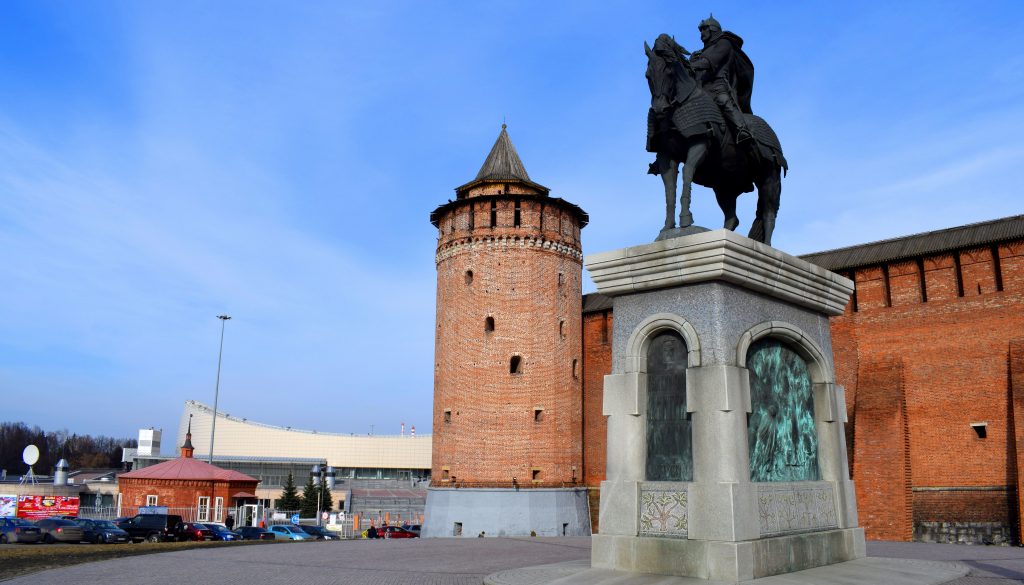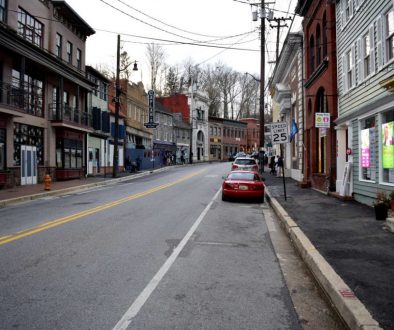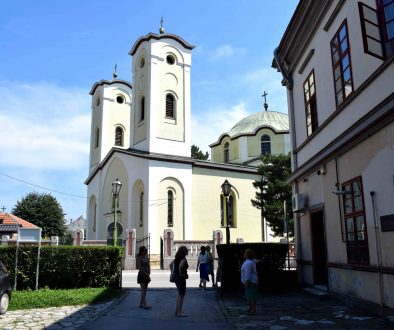Kolomna is one of Russia’s oldest cities. Located 114 kilometers south of Moscow where the Moskva and Oka rivers meet, it is a typical example of a city in Russia’s provincial countryside, seeped with rich history and cultural wonders. Founded in 1177, it has a population of only 144,589 according to the latest census from 2010. But what the city lacks in size, it makes up for in history.
How to get there:
The best way to get to Kolomna is to take an “elektrichka”, the Russian word for suburban train. They leave every half hour from the Kazan Railway Station in Moscow. The ticket costs 250 rubles, or about $4.50 one-way, and the ride takes 2 hours and 20 minutes. Most elektrichkas are old and few have been updated since Soviet times. But they are fast and reliable and never late. Riding one is a blast from the past. Some things in Russia never change, and the electrichkas are one of them. You feel like you have traveled back in time to the Soviet Union with the Russian countryside whizzing past you.
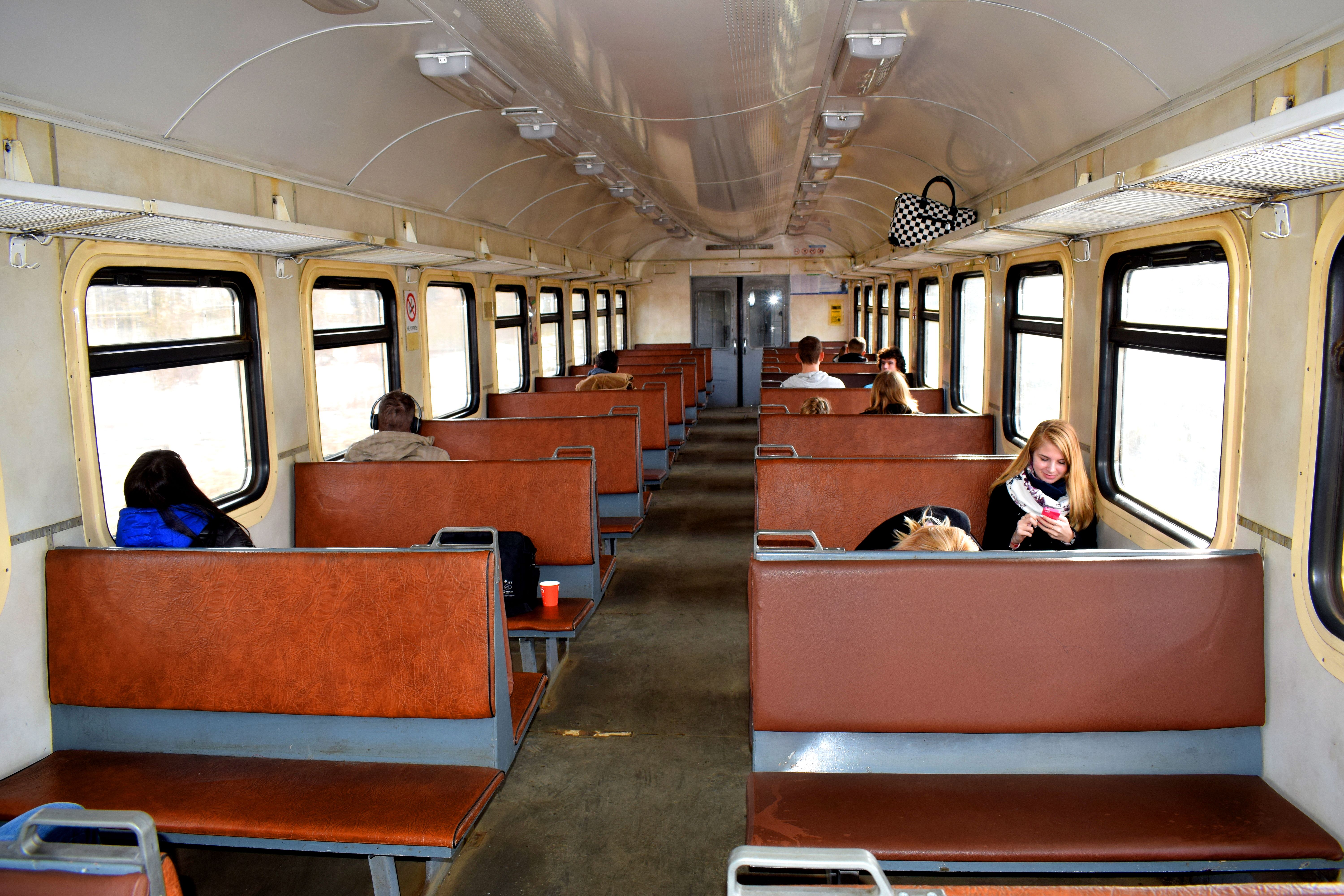 There is nothing much to see at Kolomna’s train station when you arrive. But the historic core of the city is just a short tram ride away.
There is nothing much to see at Kolomna’s train station when you arrive. But the historic core of the city is just a short tram ride away.
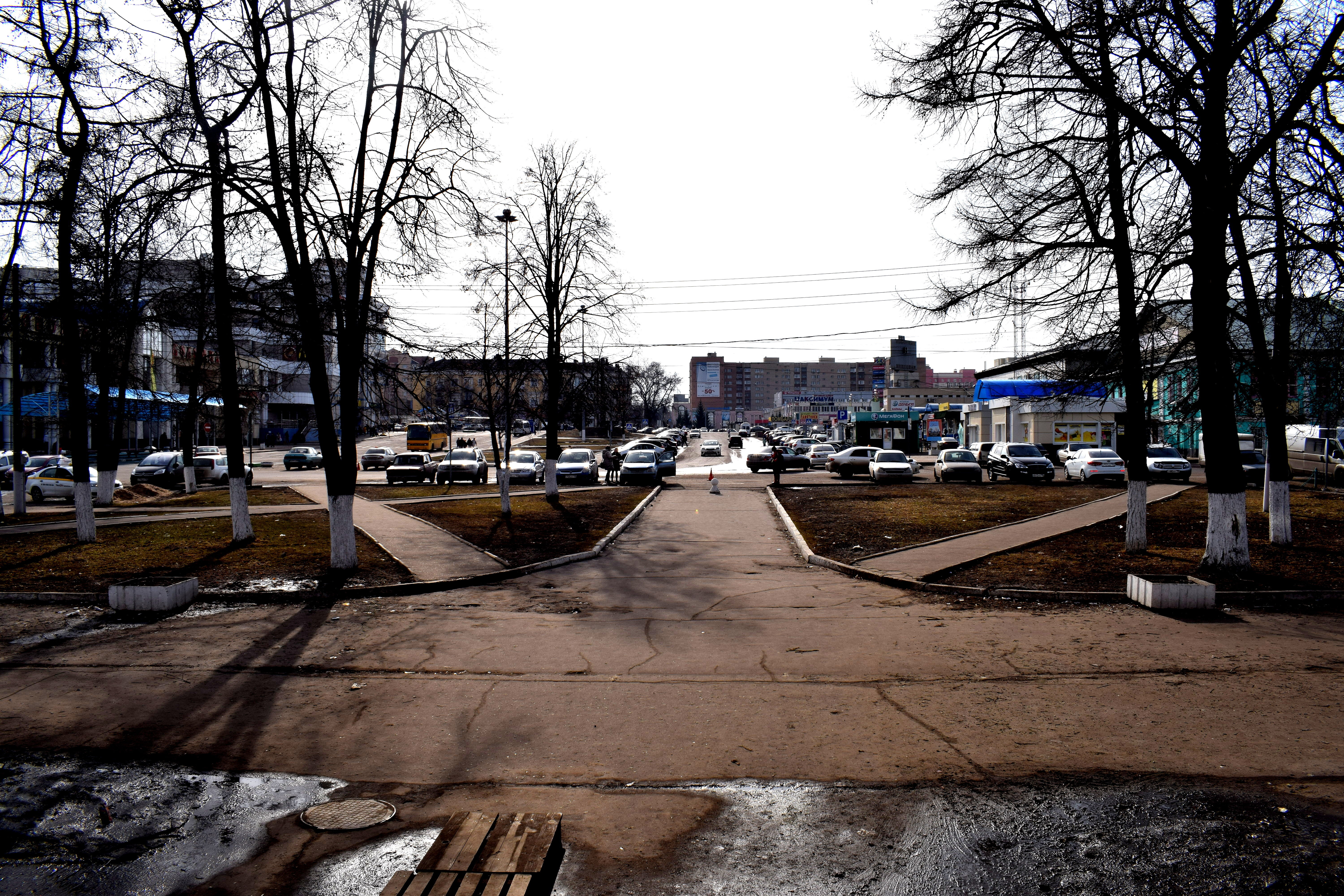 Like their suburban rail counterparts, trams are the second thing in Russia that doesn’t ever seem to change. The trams in Kolomna were particularly old, but they rattled along sturdily toward the center. Each tram comes with a conductor who you buy your ticket from. A tram ticket costs 30 rubles, or around 50 cents.
Like their suburban rail counterparts, trams are the second thing in Russia that doesn’t ever seem to change. The trams in Kolomna were particularly old, but they rattled along sturdily toward the center. Each tram comes with a conductor who you buy your ticket from. A tram ticket costs 30 rubles, or around 50 cents.
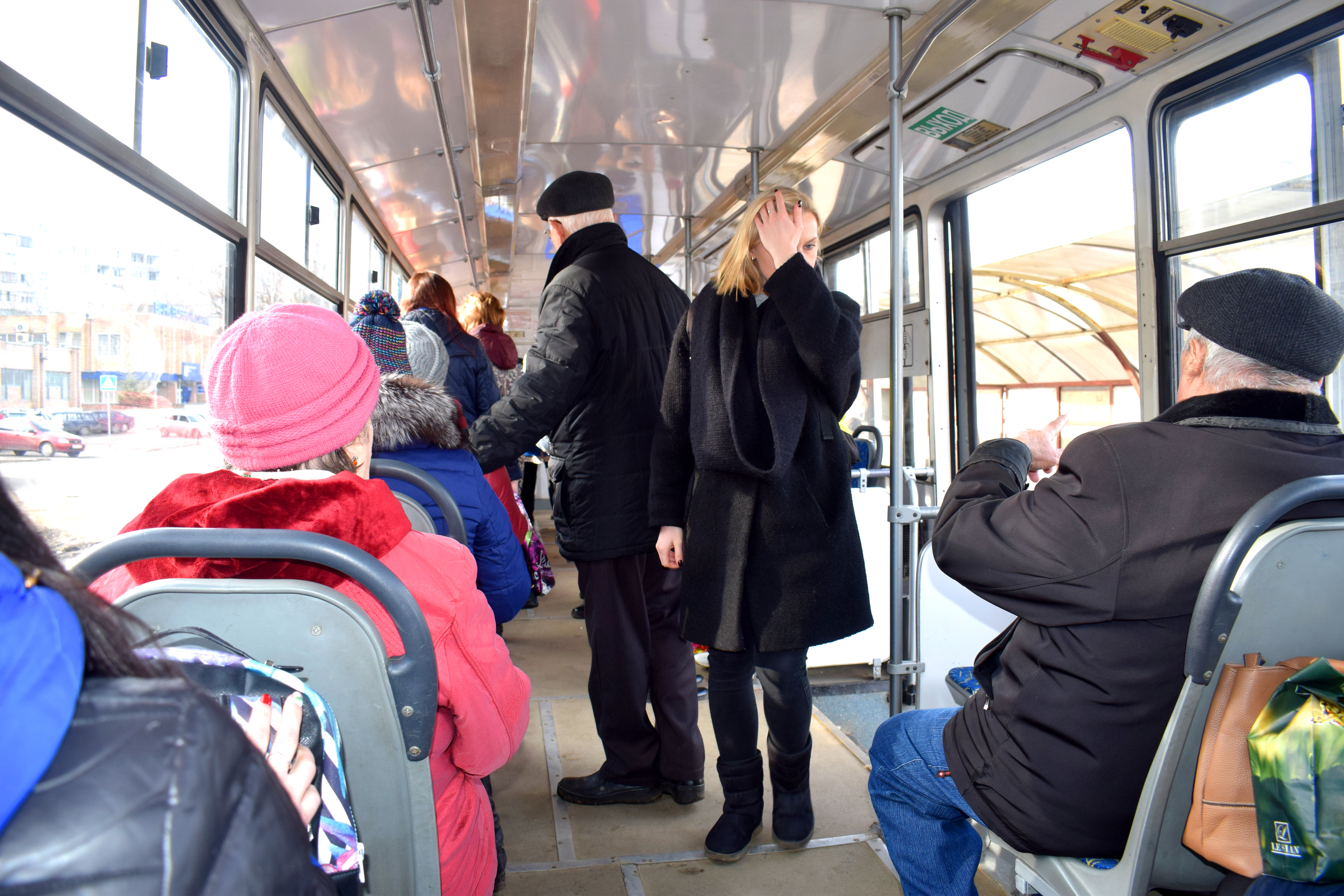 When you see an enormous church towering high over the rest of Kolomna’s buildings, that is when you’ll know where to get off. Behold Archangel Michael’s Church, the tallest church in Kolomna, located outside the entrance to Kolomna’s Kremlin.
When you see an enormous church towering high over the rest of Kolomna’s buildings, that is when you’ll know where to get off. Behold Archangel Michael’s Church, the tallest church in Kolomna, located outside the entrance to Kolomna’s Kremlin.
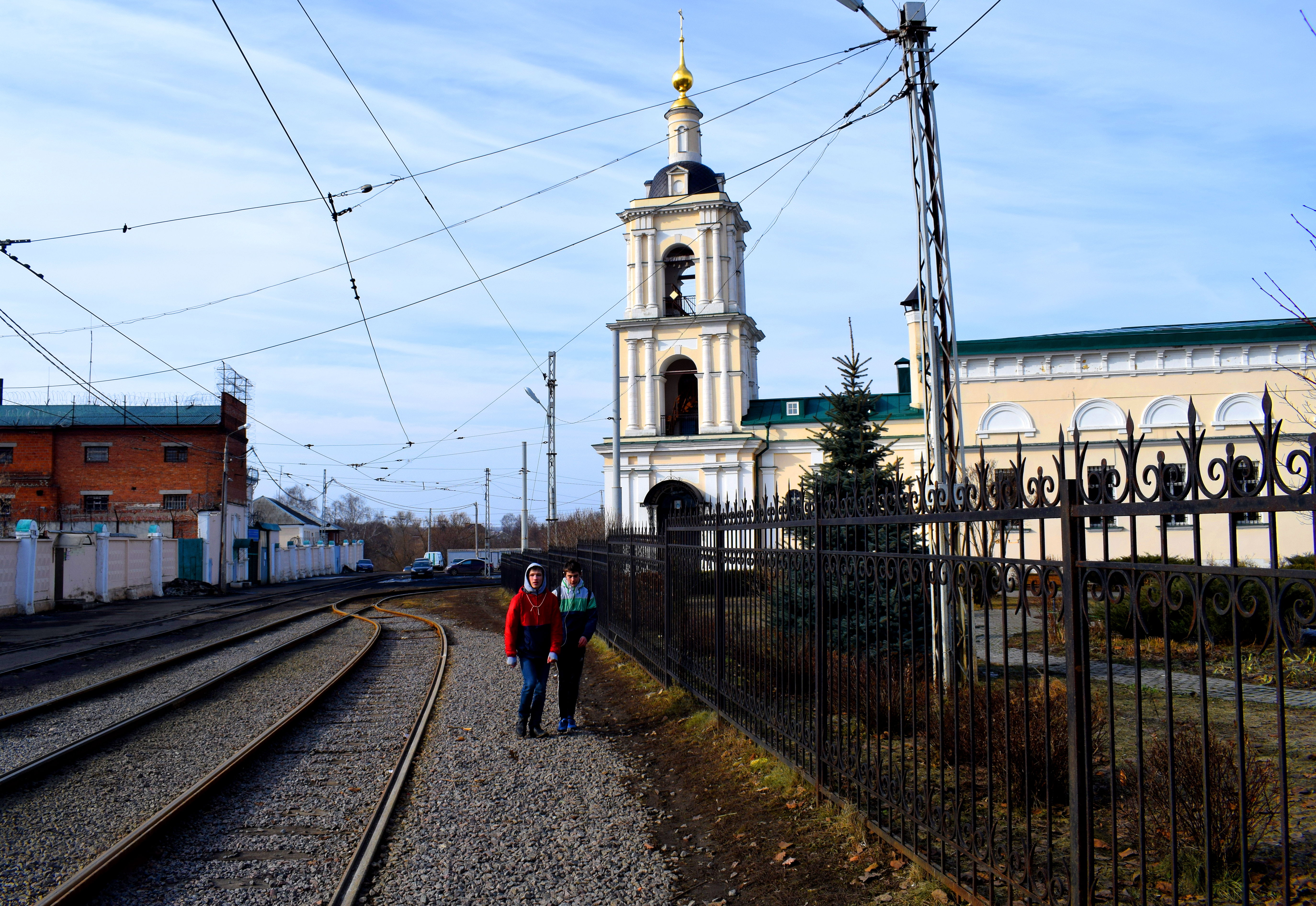 Archangel Michael’s Church was built from 1820-1833 during the reign of Russian Czar Nicolas I (1825-1855). It has the hallmarks of traditional Russian imperial architecture. When the Bolsheviks came to power after WWI they closed the church down, emptied the interior of all its religious artifacts, and turned it into the city’s regional museum. It was renovated and reopened as a church in 2007.
Archangel Michael’s Church was built from 1820-1833 during the reign of Russian Czar Nicolas I (1825-1855). It has the hallmarks of traditional Russian imperial architecture. When the Bolsheviks came to power after WWI they closed the church down, emptied the interior of all its religious artifacts, and turned it into the city’s regional museum. It was renovated and reopened as a church in 2007.
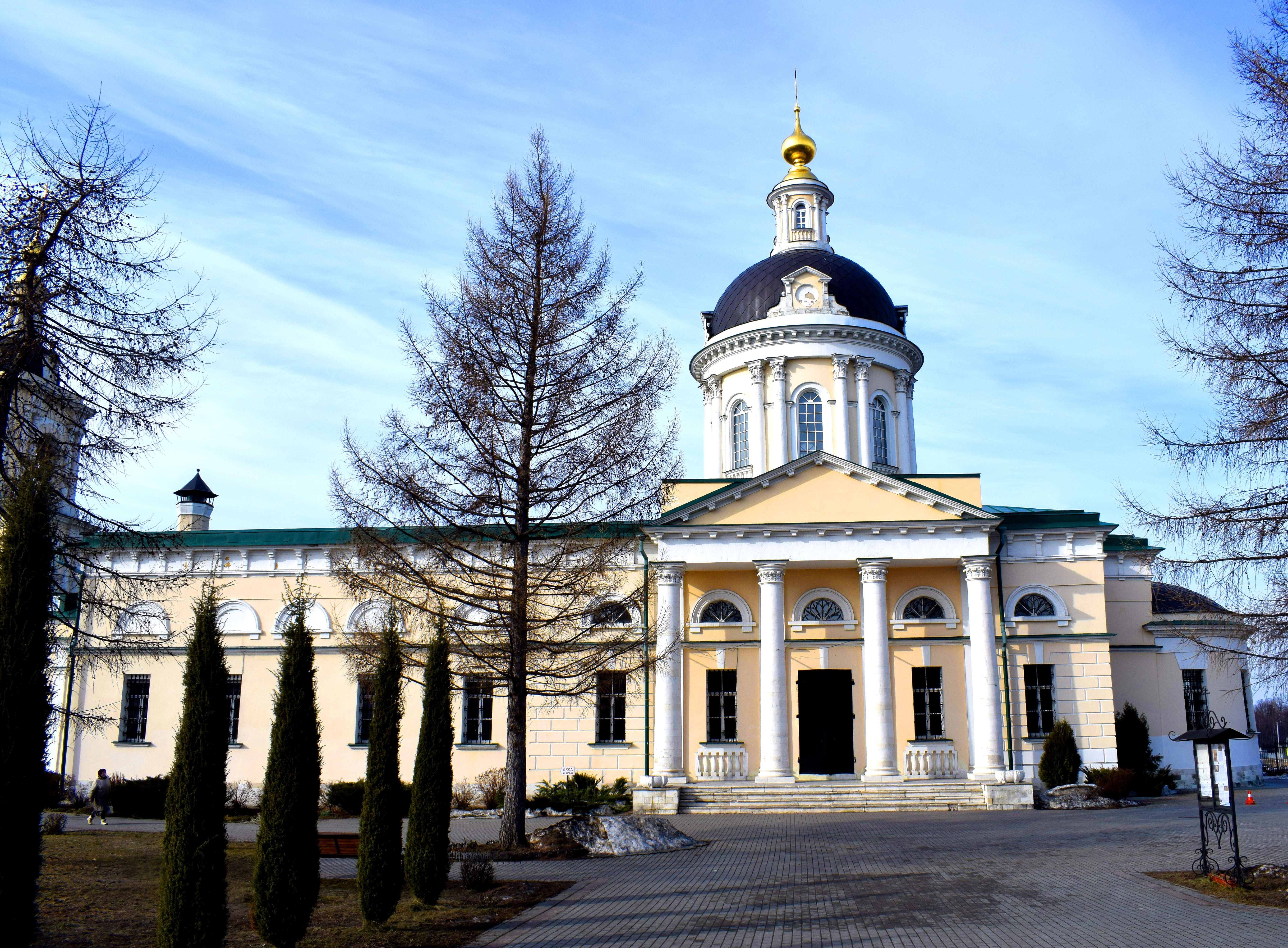
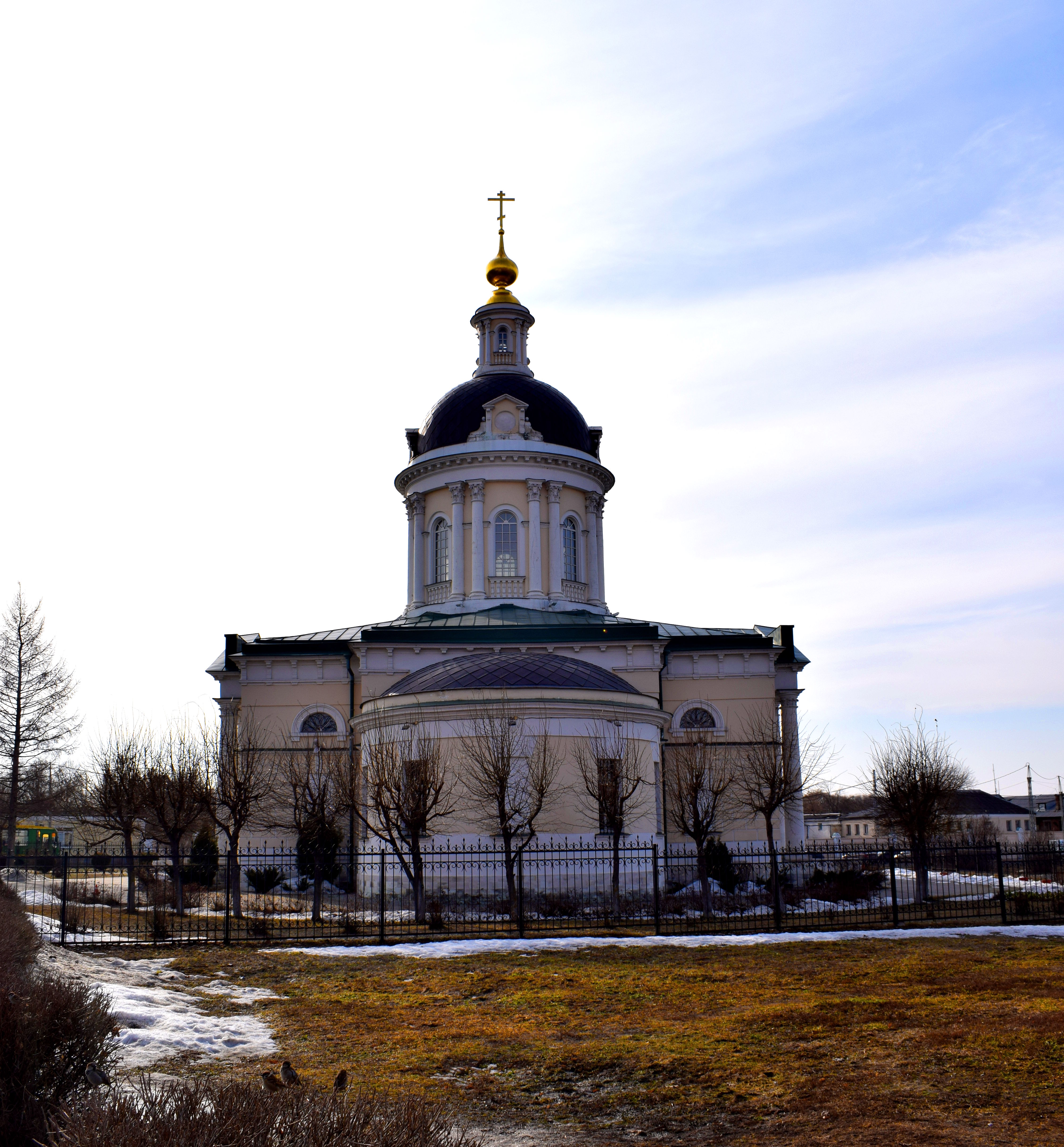 The real beauty of Kolomna is the city’s medieval Kremlin. Kremlin is the Russian word for fortress and there are several cities across Russia that contain these architectural wonders. They were generally built alongside major rivers with their walls sheltering the city’s religious leaders and political elite from outside attackers. Kolomna’s Kremlin was built in 1525-1531 under the reign of Russian Czar Vasily III, who was Grand Prince of Moscow from 1505-1533. Kolomna’s Kremlin once had 17 towers and four gates to enter the city, but only seven have survived today.
The real beauty of Kolomna is the city’s medieval Kremlin. Kremlin is the Russian word for fortress and there are several cities across Russia that contain these architectural wonders. They were generally built alongside major rivers with their walls sheltering the city’s religious leaders and political elite from outside attackers. Kolomna’s Kremlin was built in 1525-1531 under the reign of Russian Czar Vasily III, who was Grand Prince of Moscow from 1505-1533. Kolomna’s Kremlin once had 17 towers and four gates to enter the city, but only seven have survived today.
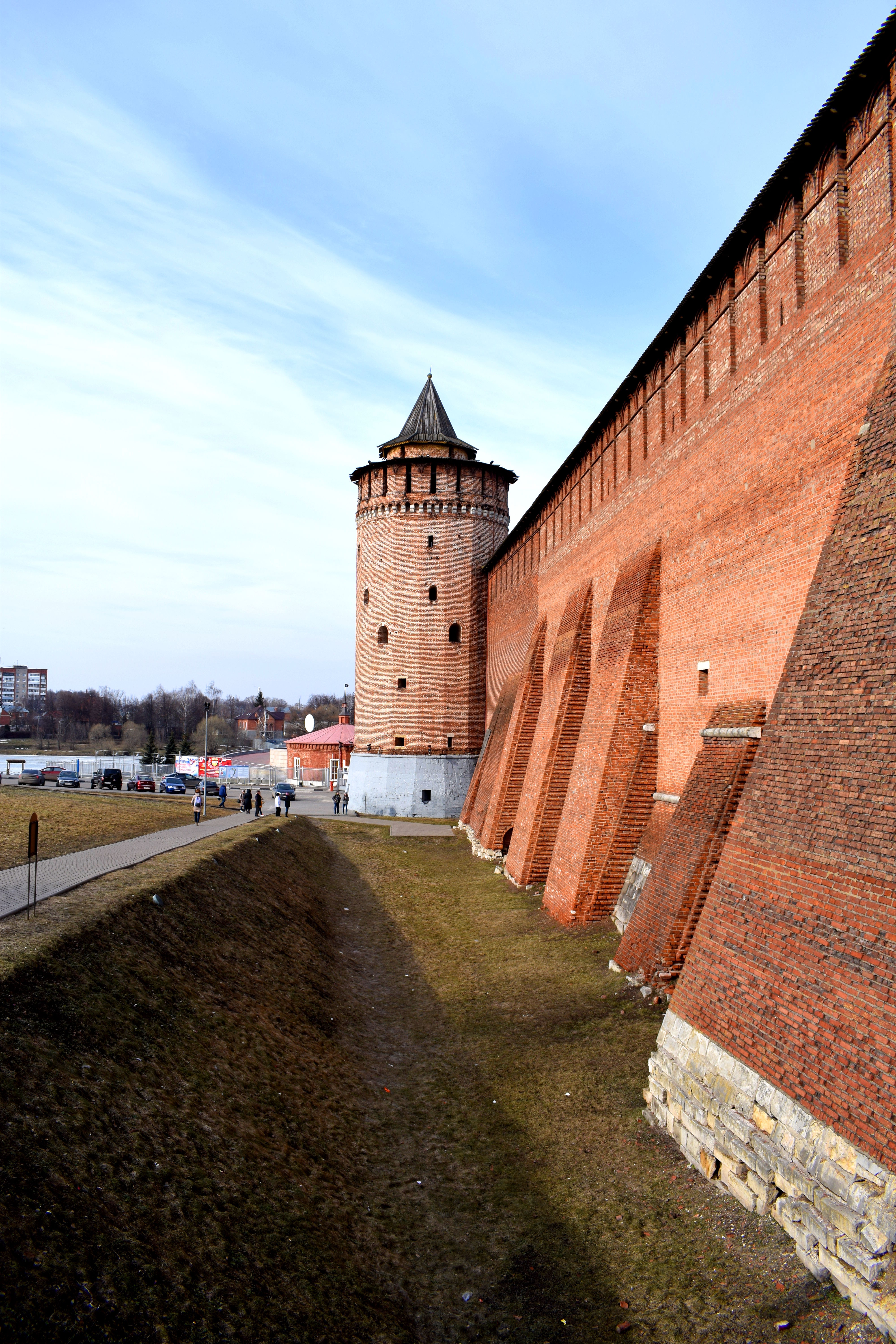 The walls are around 18-21 meters high and form a half circle around the entrance to the historic core of the city. Kolomna was first mentioned in 1177 when the area was under the control of Kievian Rus’, the ancient first state of the East Slavs. It would suffer serious setbacks in the centuries to come, especially after the Mongols attacked Kievan Rus’ in 1240. It was not until 1380 that the town would rise up and rebel under the leadership of Moscow’s Grand Prince Dmitry Donskoi. Today Donskoi is a hero around the town and across all of Russia.
The walls are around 18-21 meters high and form a half circle around the entrance to the historic core of the city. Kolomna was first mentioned in 1177 when the area was under the control of Kievian Rus’, the ancient first state of the East Slavs. It would suffer serious setbacks in the centuries to come, especially after the Mongols attacked Kievan Rus’ in 1240. It was not until 1380 that the town would rise up and rebel under the leadership of Moscow’s Grand Prince Dmitry Donskoi. Today Donskoi is a hero around the town and across all of Russia.
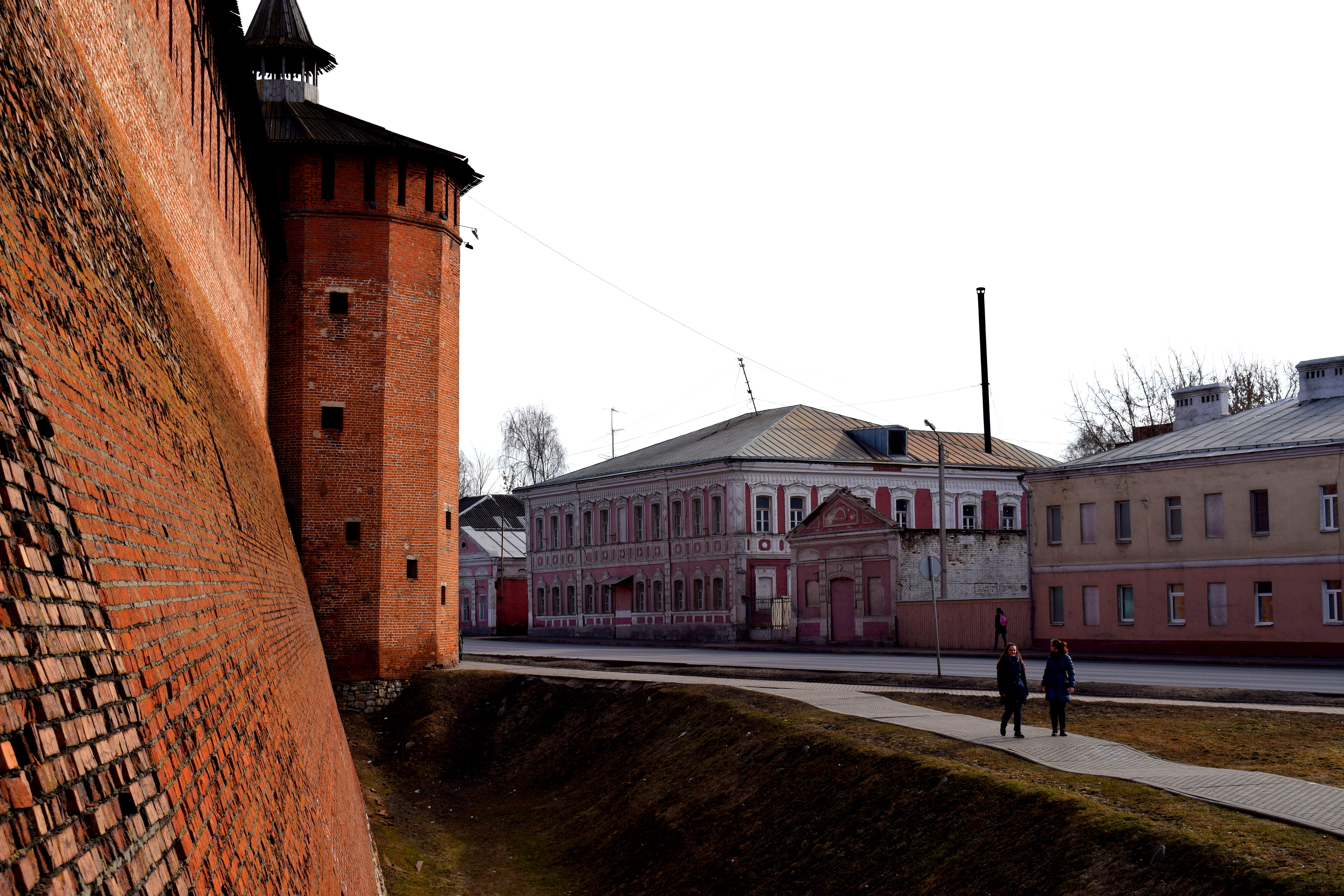 The Statue to Dmitry Donskoi in front of Kolomna’s Kremlin.
The Statue to Dmitry Donskoi in front of Kolomna’s Kremlin.
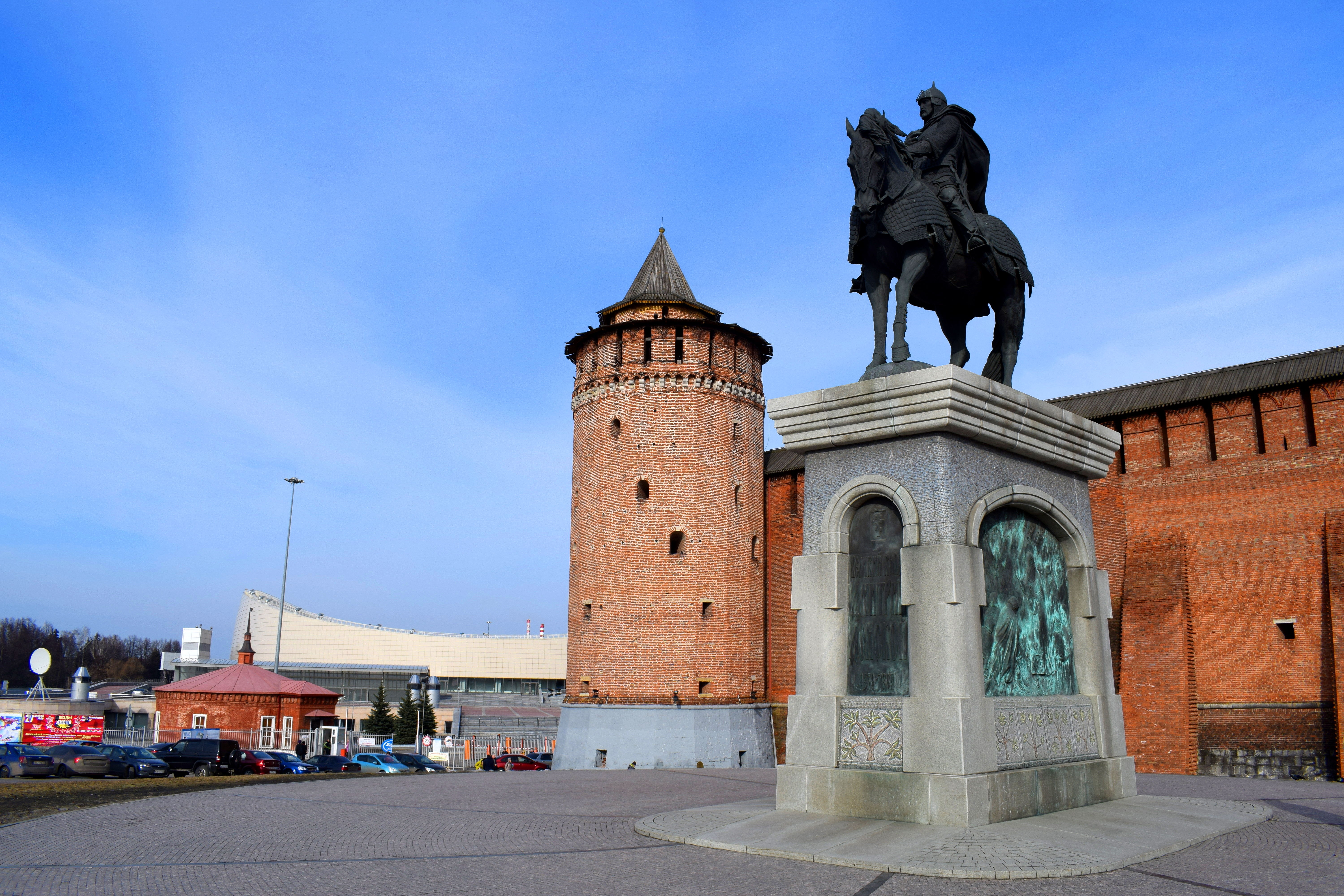 Unfortunately much of the Kremlin was destroyed in subsequent centuries, but some old entrance gates have survived.
Unfortunately much of the Kremlin was destroyed in subsequent centuries, but some old entrance gates have survived.
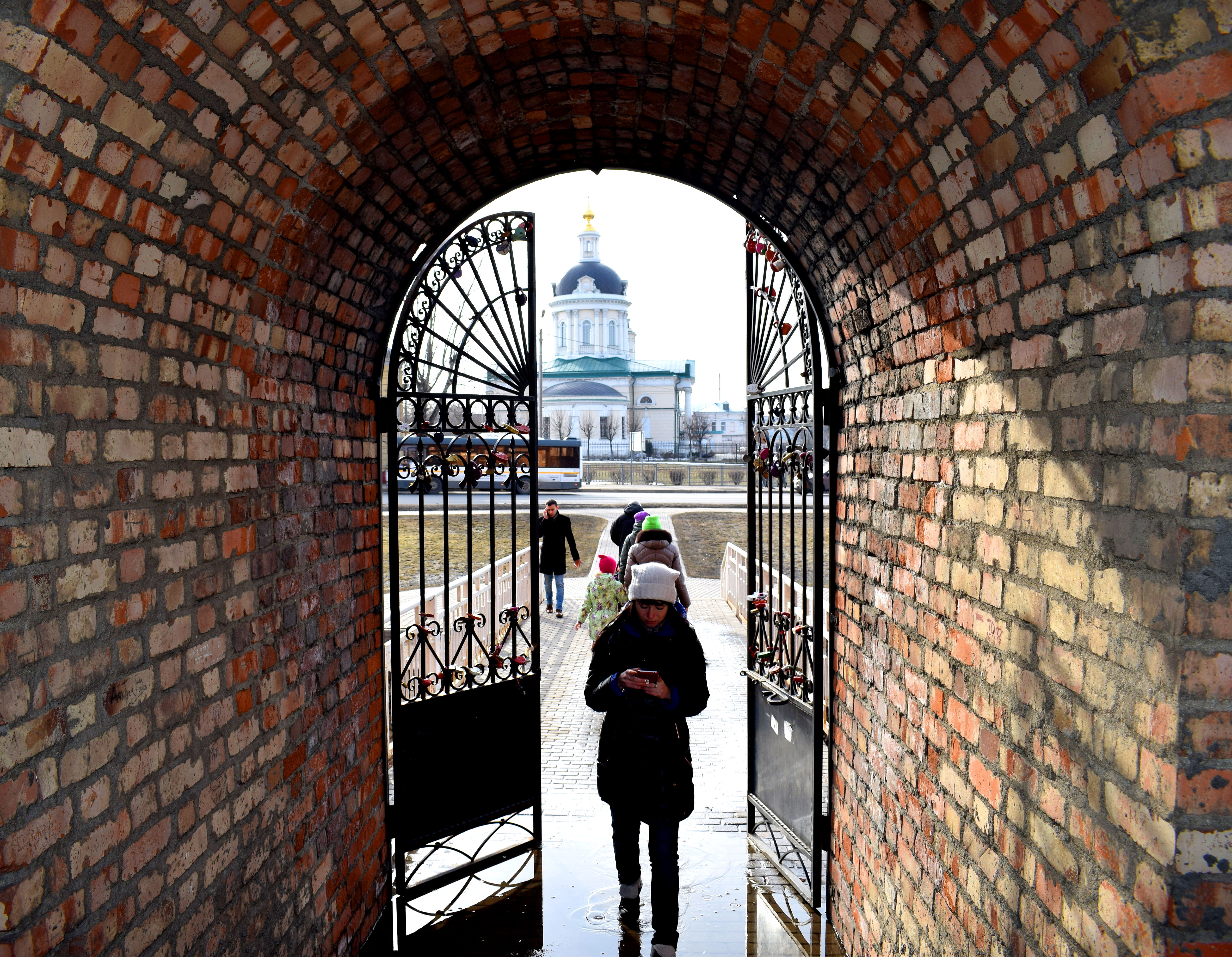 Inside the Kremlin is a beautiful collection of medieval churches and old 19th century buildings. Pictured below is Cathedral Square, the Kremlin’s main square.
Inside the Kremlin is a beautiful collection of medieval churches and old 19th century buildings. Pictured below is Cathedral Square, the Kremlin’s main square.
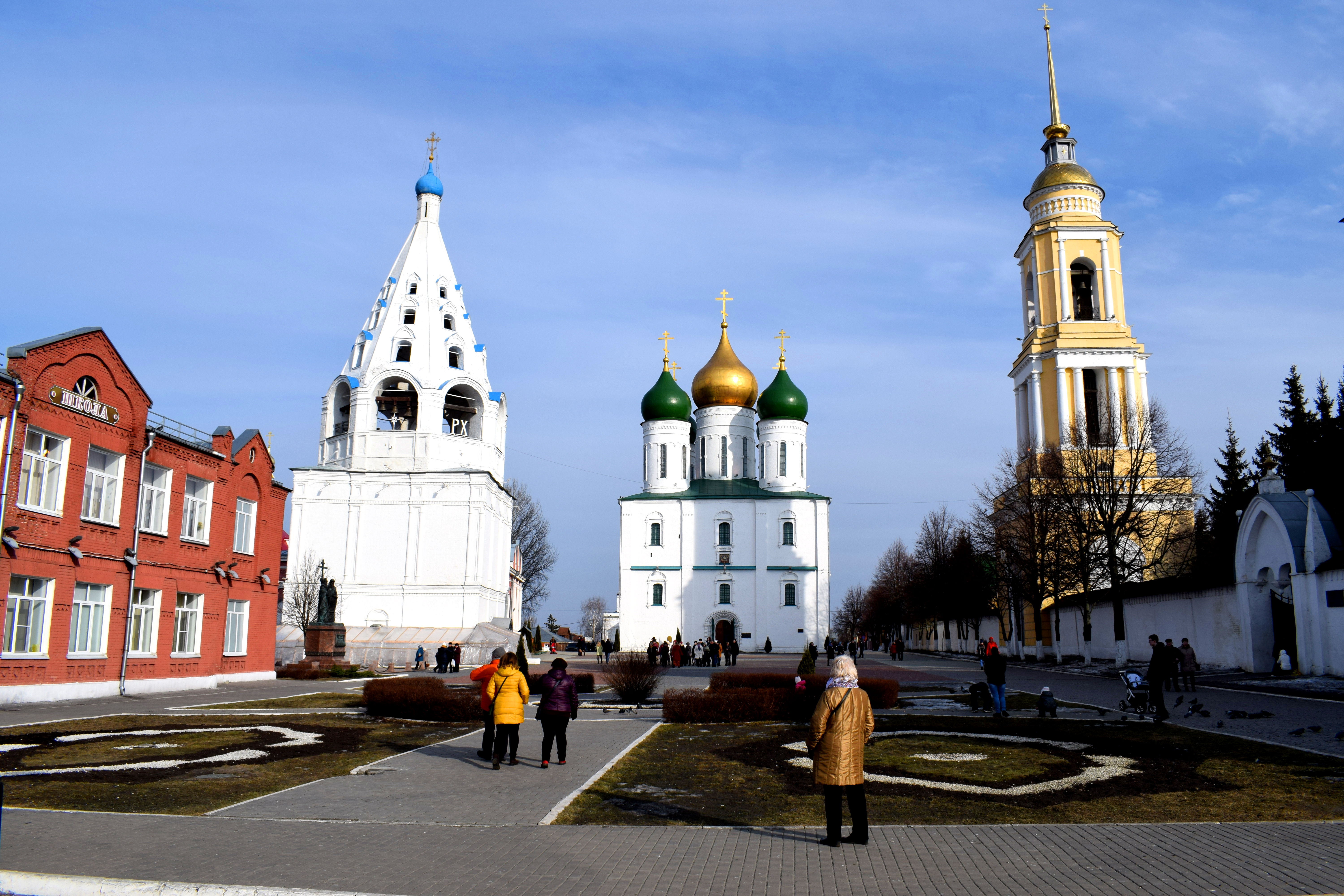 The Uspensky Cathedral in the center of the square was originally built in 1379 before being reconstructed a few centuries later in 1672. In 1804 the frescoes within the cathedral were repainted. In 1929 the interior of the church was plundered by the Soviets and the cathedral was closed until 1989. Today it stands as a central symbol of the city.
The Uspensky Cathedral in the center of the square was originally built in 1379 before being reconstructed a few centuries later in 1672. In 1804 the frescoes within the cathedral were repainted. In 1929 the interior of the church was plundered by the Soviets and the cathedral was closed until 1989. Today it stands as a central symbol of the city.
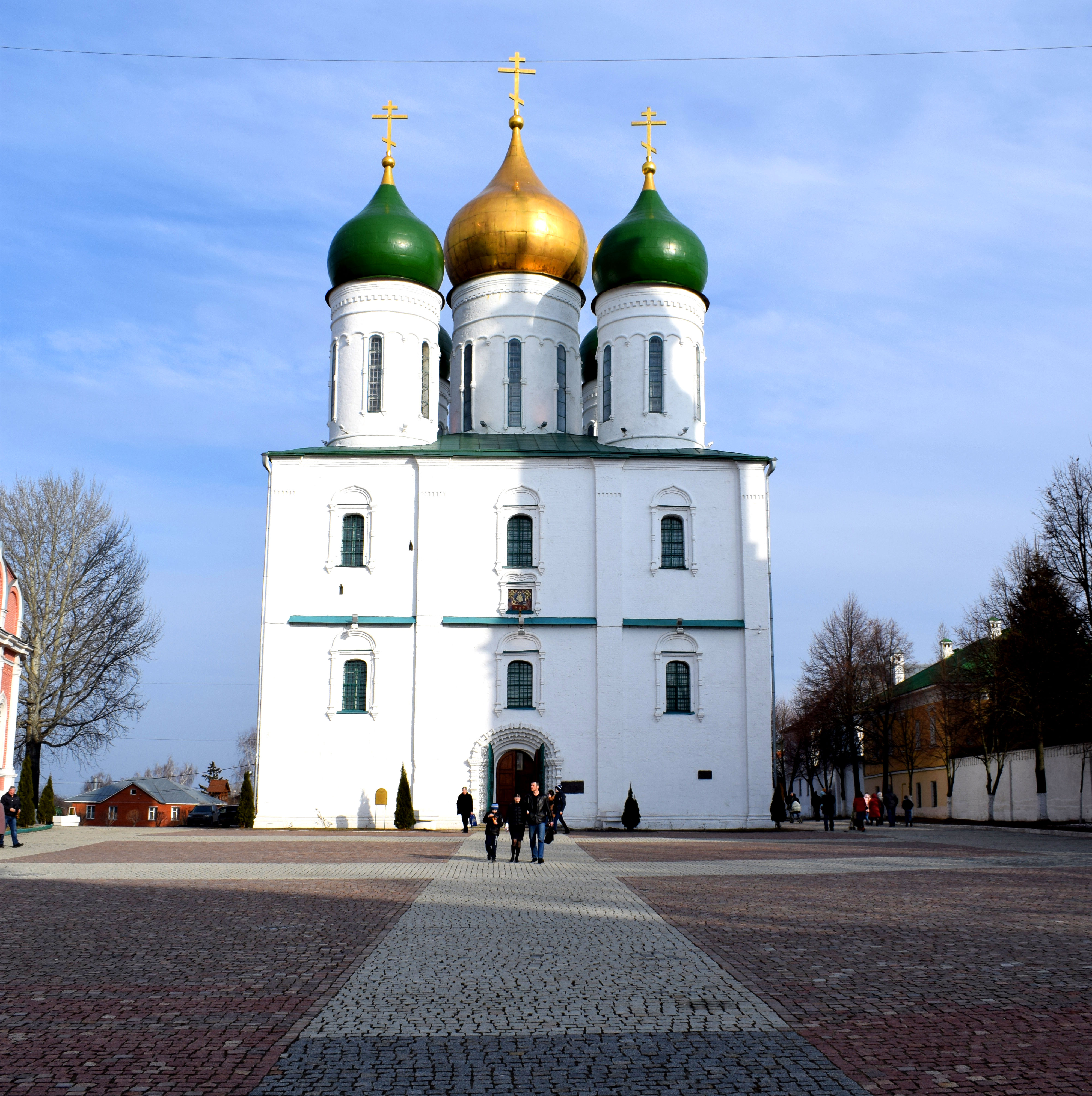 This square served as the town’s central meeting point for centuries. Traders and merchants would come here to display their goods on Sundays after church service.
This square served as the town’s central meeting point for centuries. Traders and merchants would come here to display their goods on Sundays after church service.
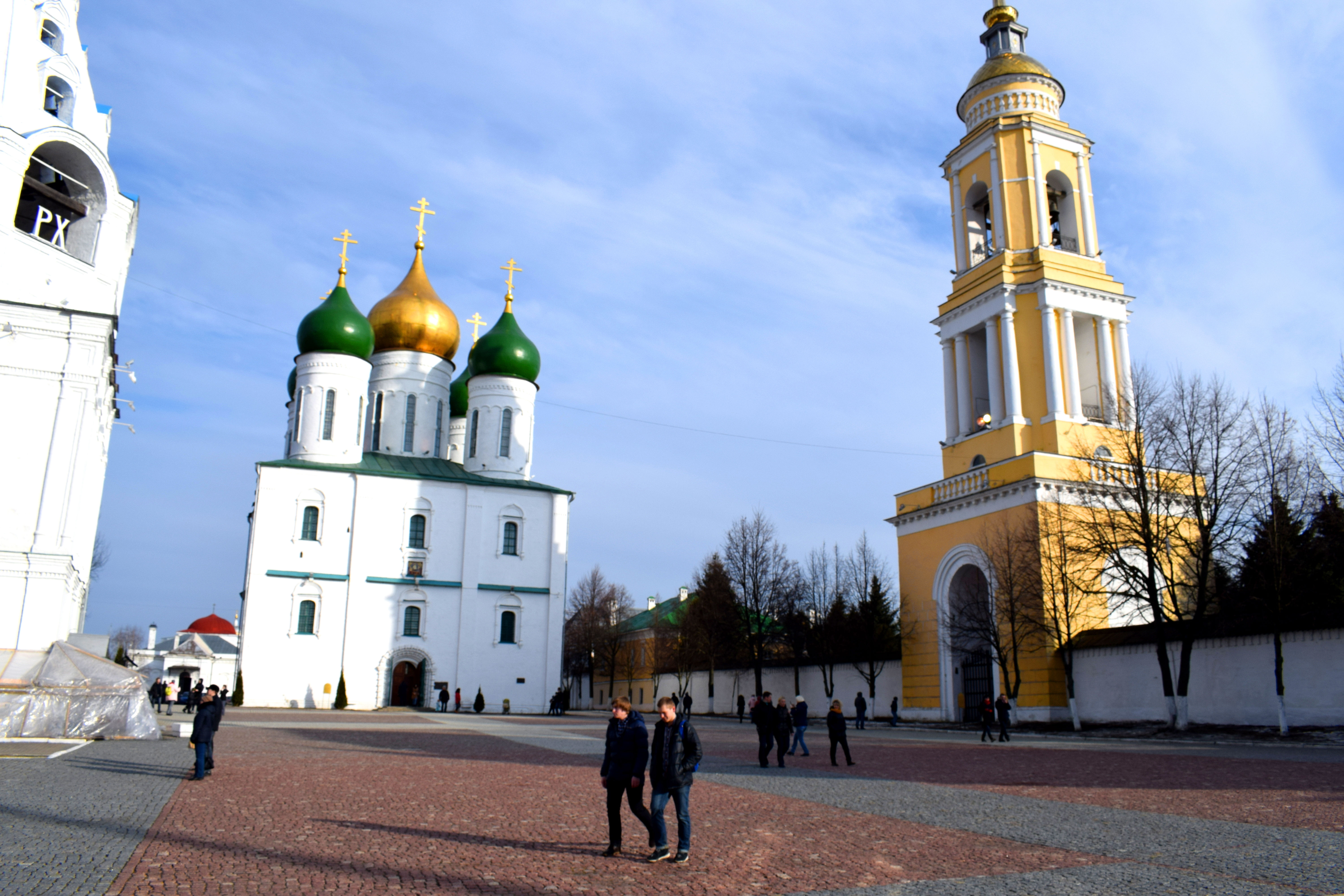 To the right of the Cathedral is the Novo-Golutvin Monastery, built in 1799. A church-sponsored renovation program has significantly enhanced the town’s visual appeal by repainting and renovating the exteriors of these buildings.
To the right of the Cathedral is the Novo-Golutvin Monastery, built in 1799. A church-sponsored renovation program has significantly enhanced the town’s visual appeal by repainting and renovating the exteriors of these buildings.
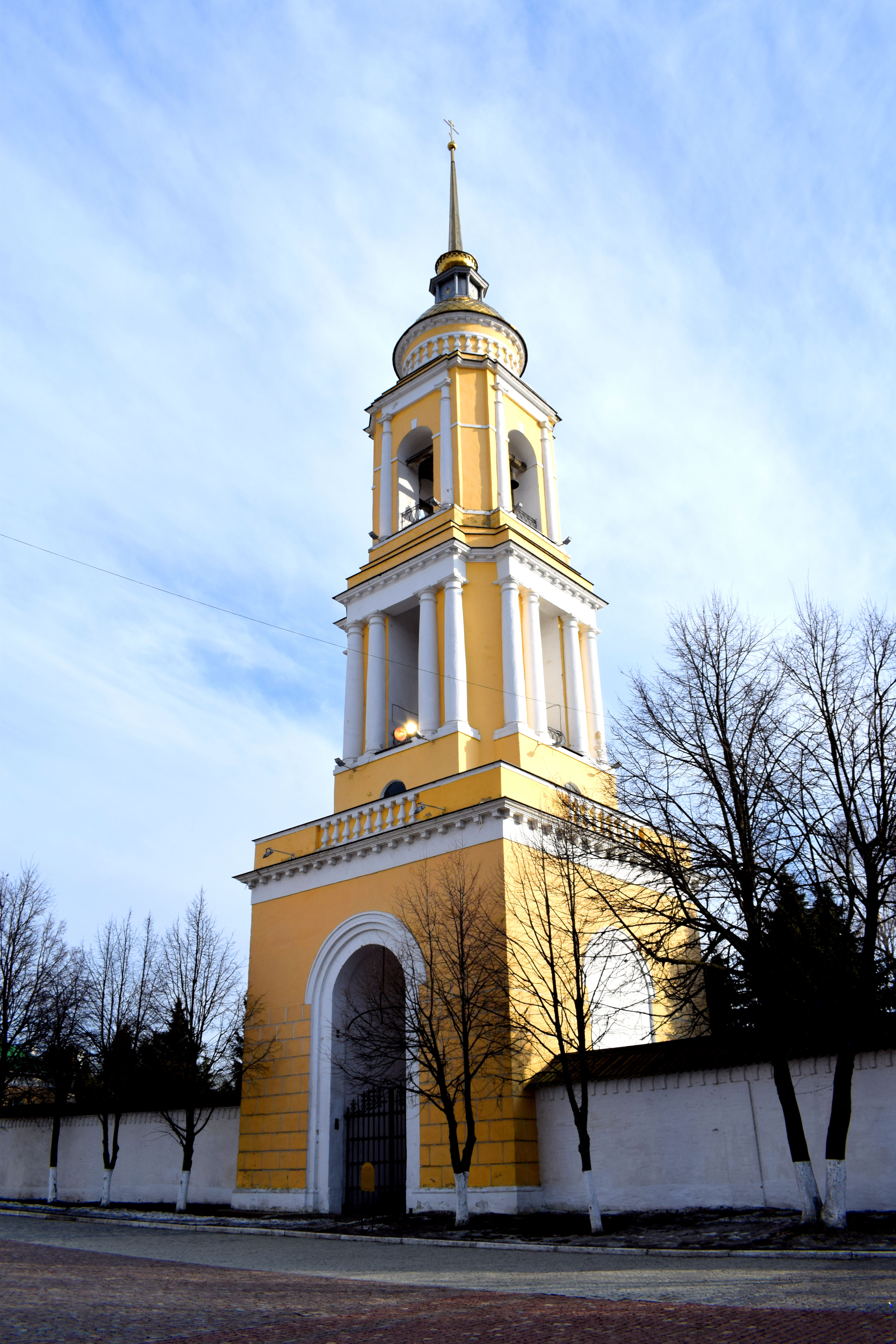 Another view of Cathedral Square.
Another view of Cathedral Square.
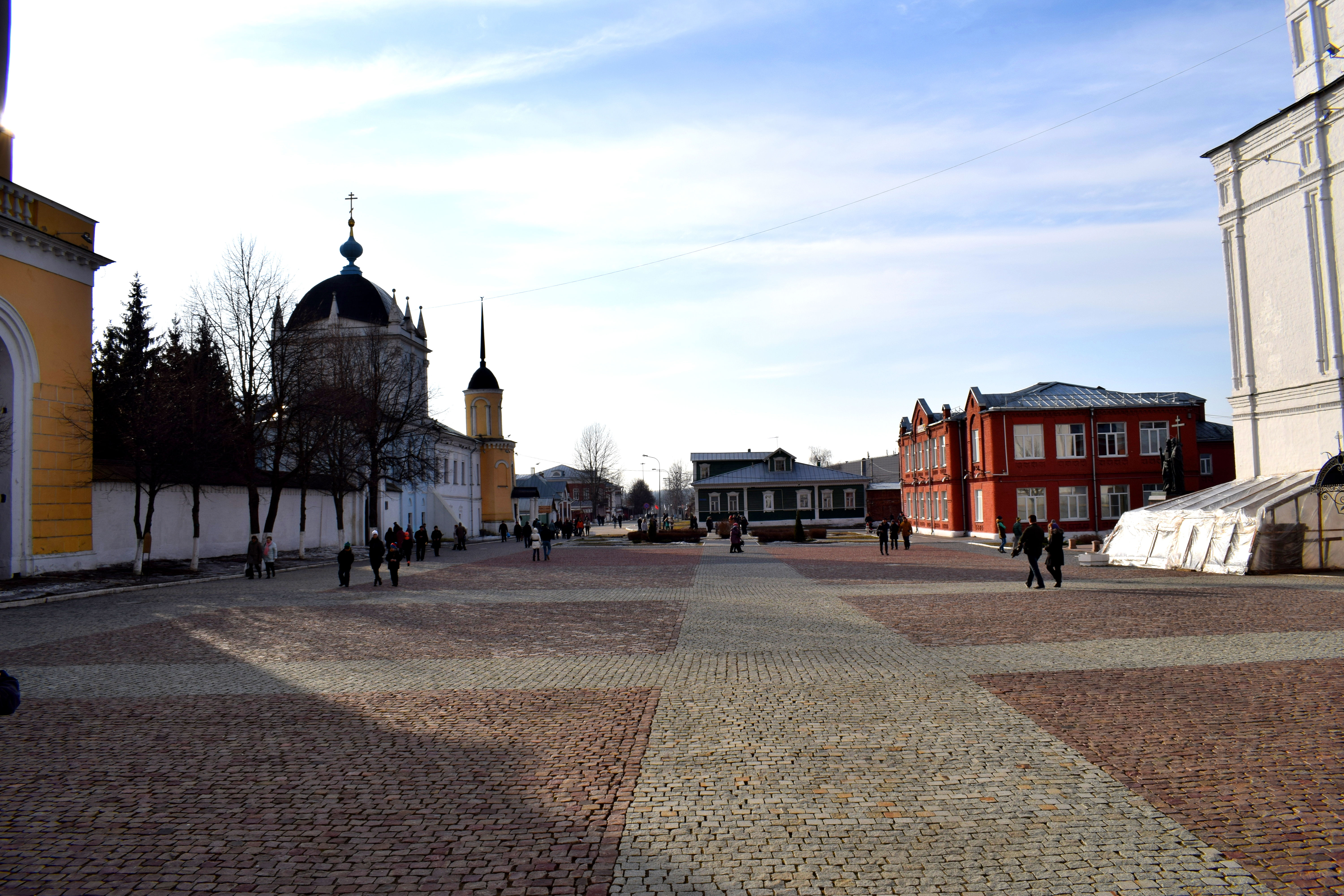 One of the towers to the Novo-Golutvin Monastery.
One of the towers to the Novo-Golutvin Monastery.
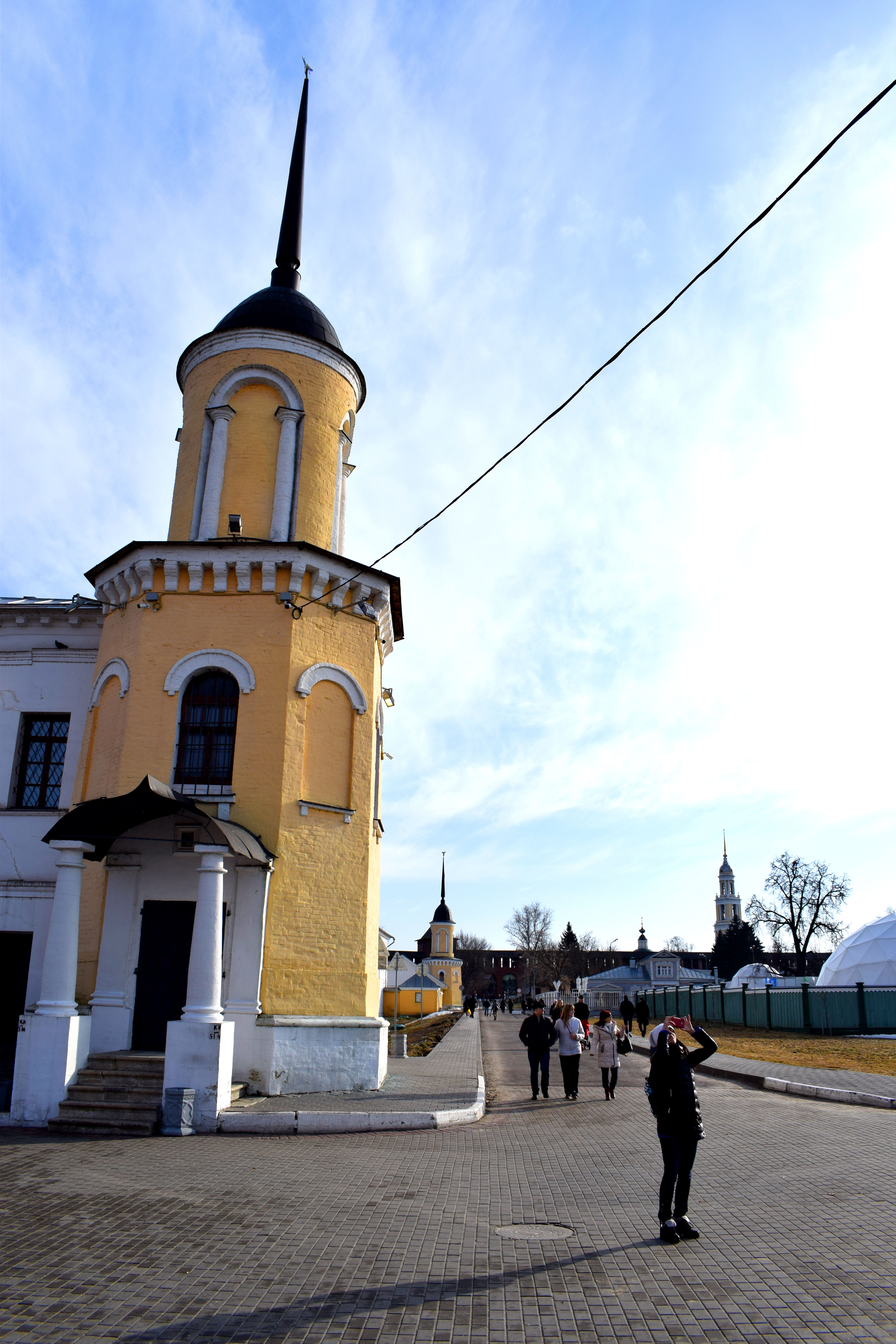
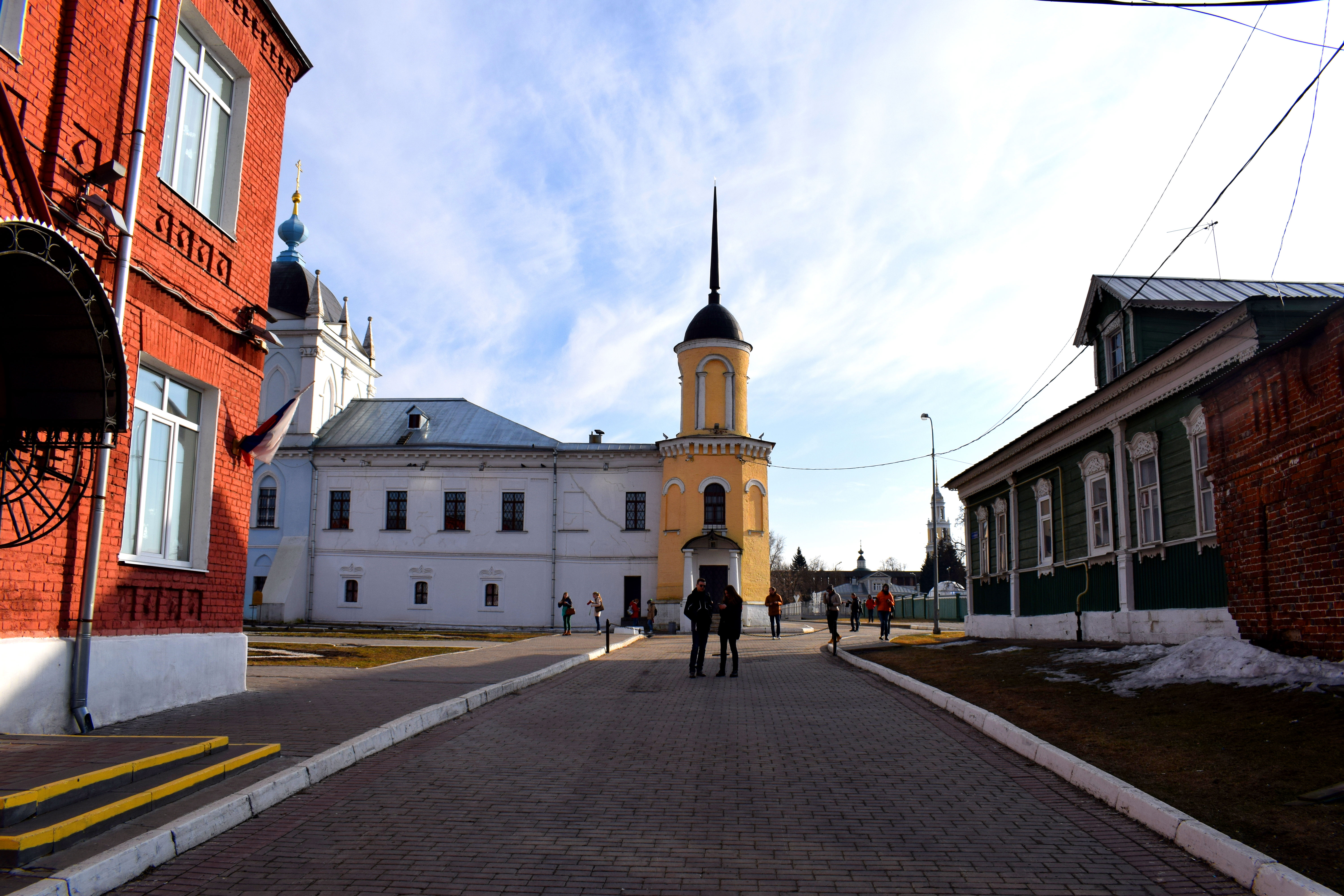 During Soviet times these churches were completely neglected, left to crumble and disappear to the pages of history. Take a look at how Uspensky Cathedral looked in the late 1980’s.
During Soviet times these churches were completely neglected, left to crumble and disappear to the pages of history. Take a look at how Uspensky Cathedral looked in the late 1980’s.
 And here’s that same church today. The improvements are amazing.
And here’s that same church today. The improvements are amazing.
 There are several other churches dotted throughout the Kremlin, some built later during the 1600’s and 1700’s and later. One example is the Brusensky Monastery. Initially built in 1552 as a wooden structure, it was rebuilt in 1881-1883 in its current form. In 1922 the monastery was closed by the Soviets and its property confiscated with the monks forced to move out. A renovation of the church was finished in 2006.
There are several other churches dotted throughout the Kremlin, some built later during the 1600’s and 1700’s and later. One example is the Brusensky Monastery. Initially built in 1552 as a wooden structure, it was rebuilt in 1881-1883 in its current form. In 1922 the monastery was closed by the Soviets and its property confiscated with the monks forced to move out. A renovation of the church was finished in 2006.
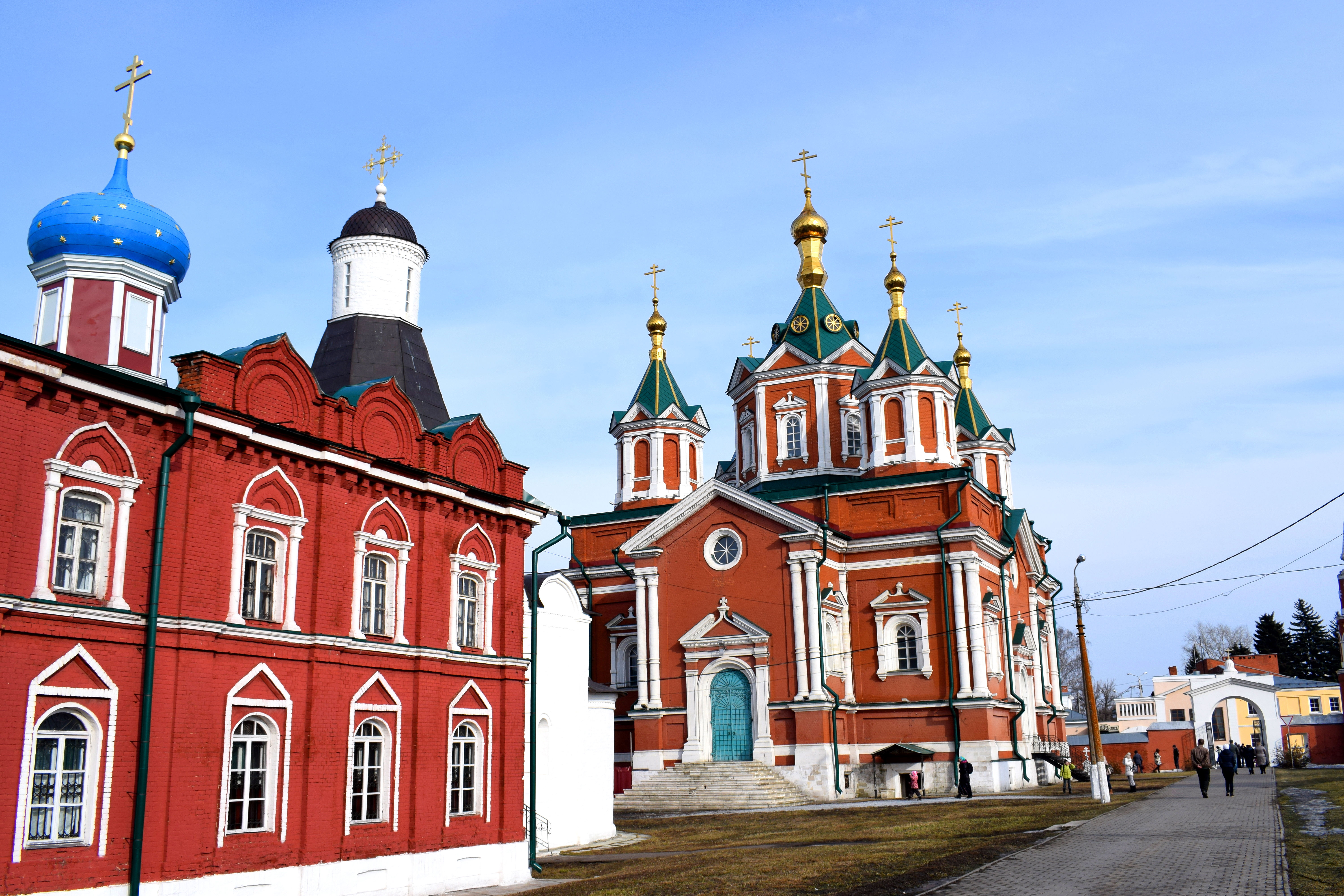
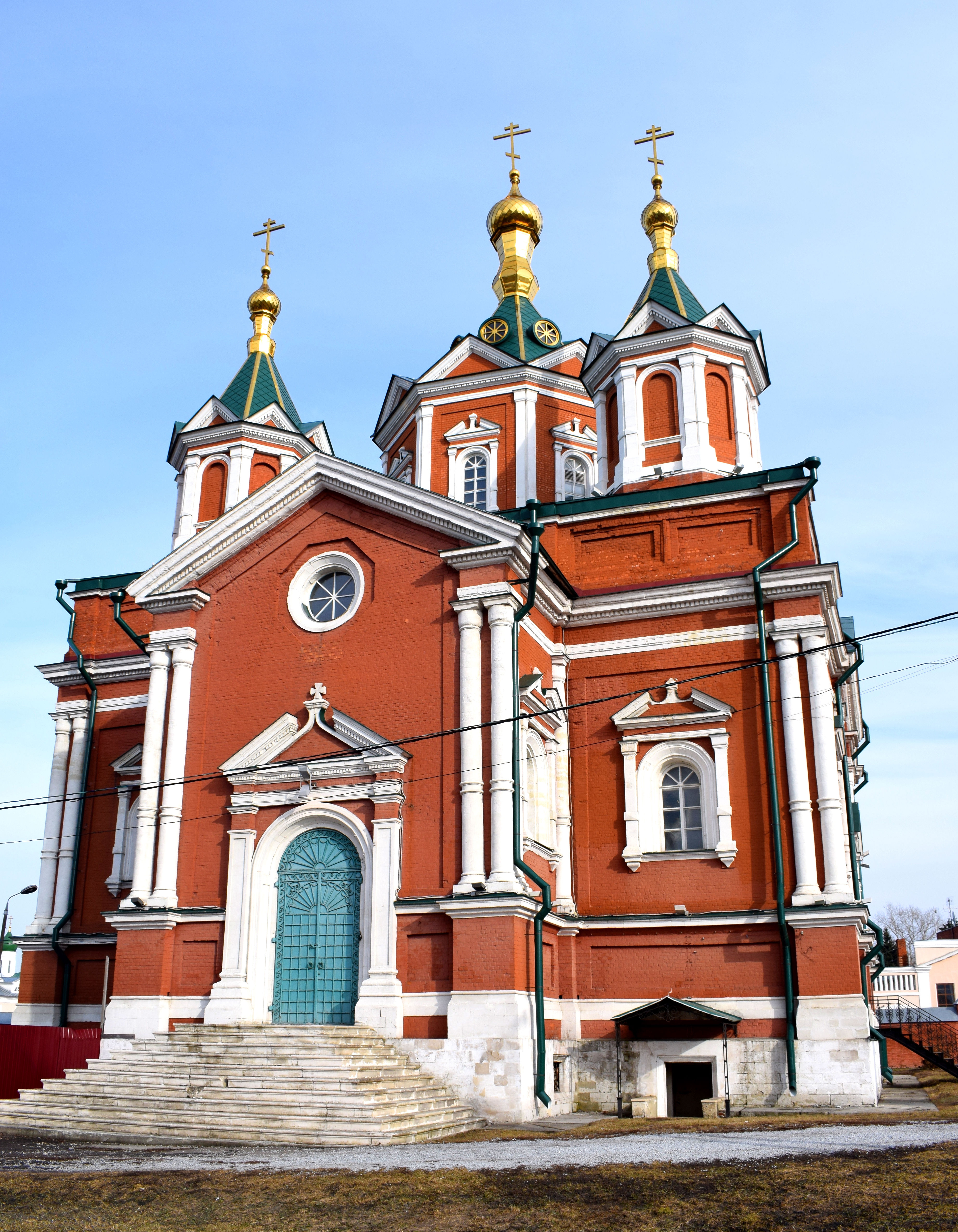 The gates to enter the Brusensky Monastery.
The gates to enter the Brusensky Monastery.
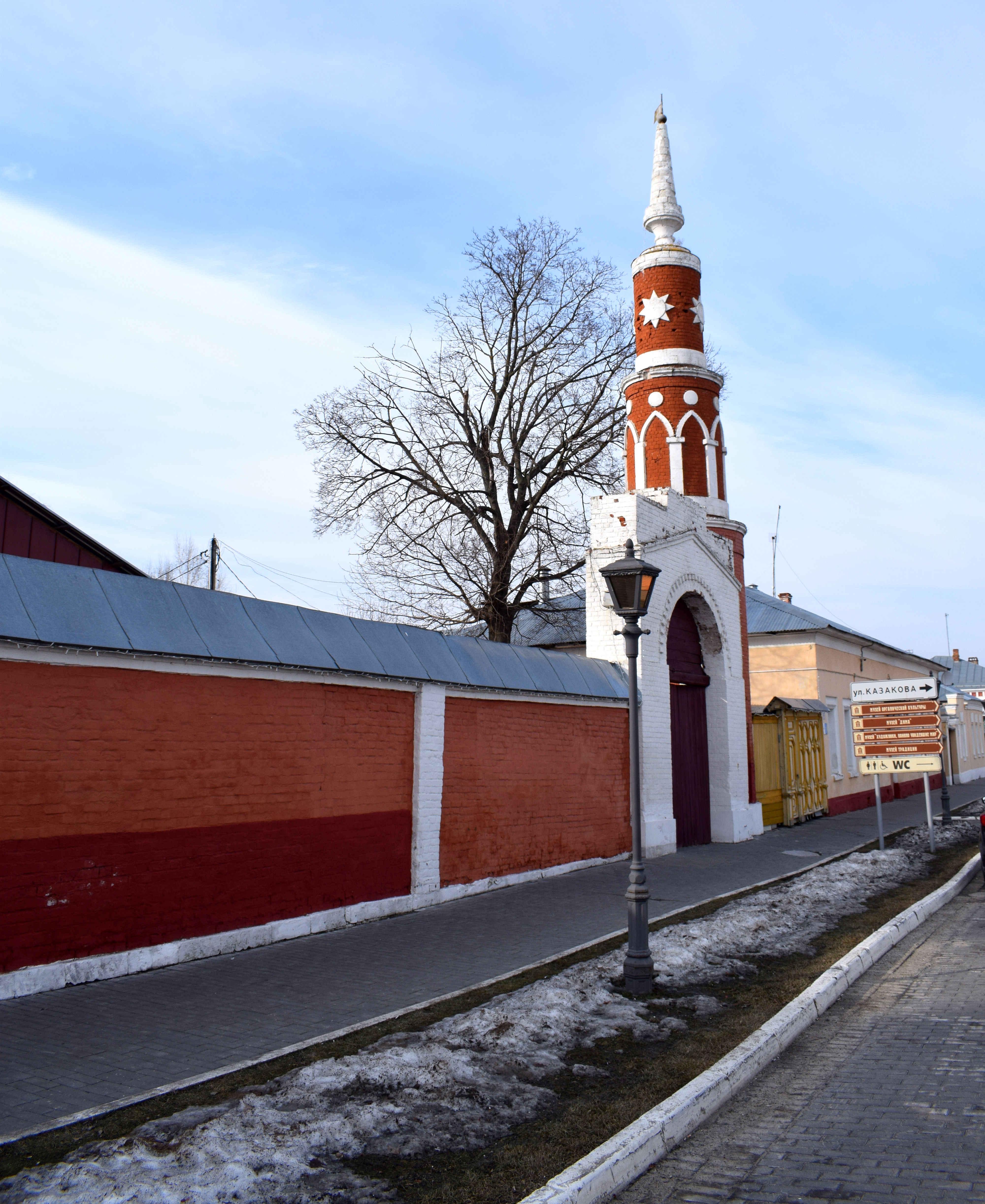 Another church within the Brusensky Monastery, built in 1552 and renovated in 2006.
Another church within the Brusensky Monastery, built in 1552 and renovated in 2006.
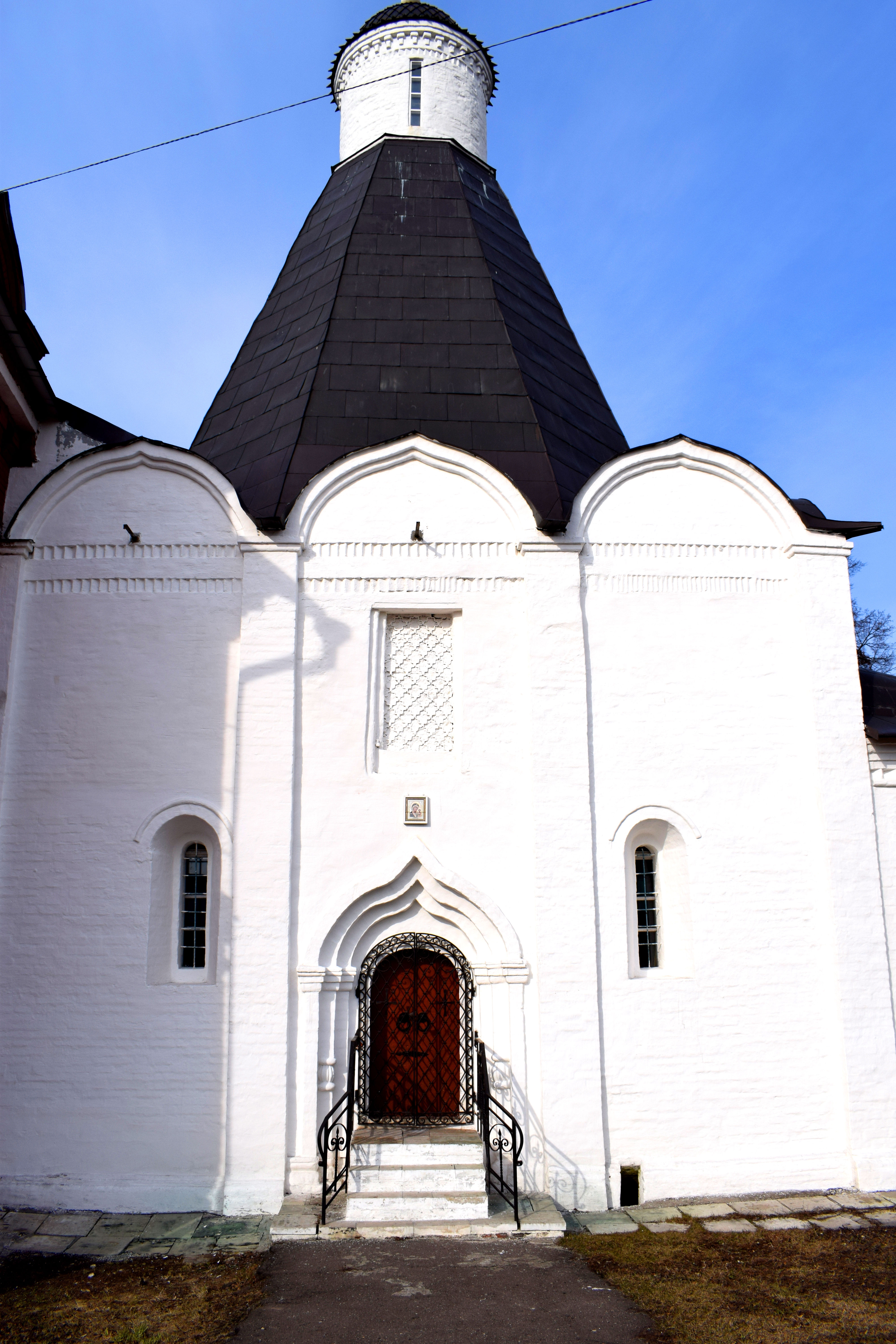 Nikolai Gostiny Church. Built originally in 1501, and then again in 1751-1752. In the 1920’s Kolomna received an order from Moscow that the church had to be destroyed. The church used to be much bigger with a bell tower and courtyard. This is all that remains today.
Nikolai Gostiny Church. Built originally in 1501, and then again in 1751-1752. In the 1920’s Kolomna received an order from Moscow that the church had to be destroyed. The church used to be much bigger with a bell tower and courtyard. This is all that remains today.
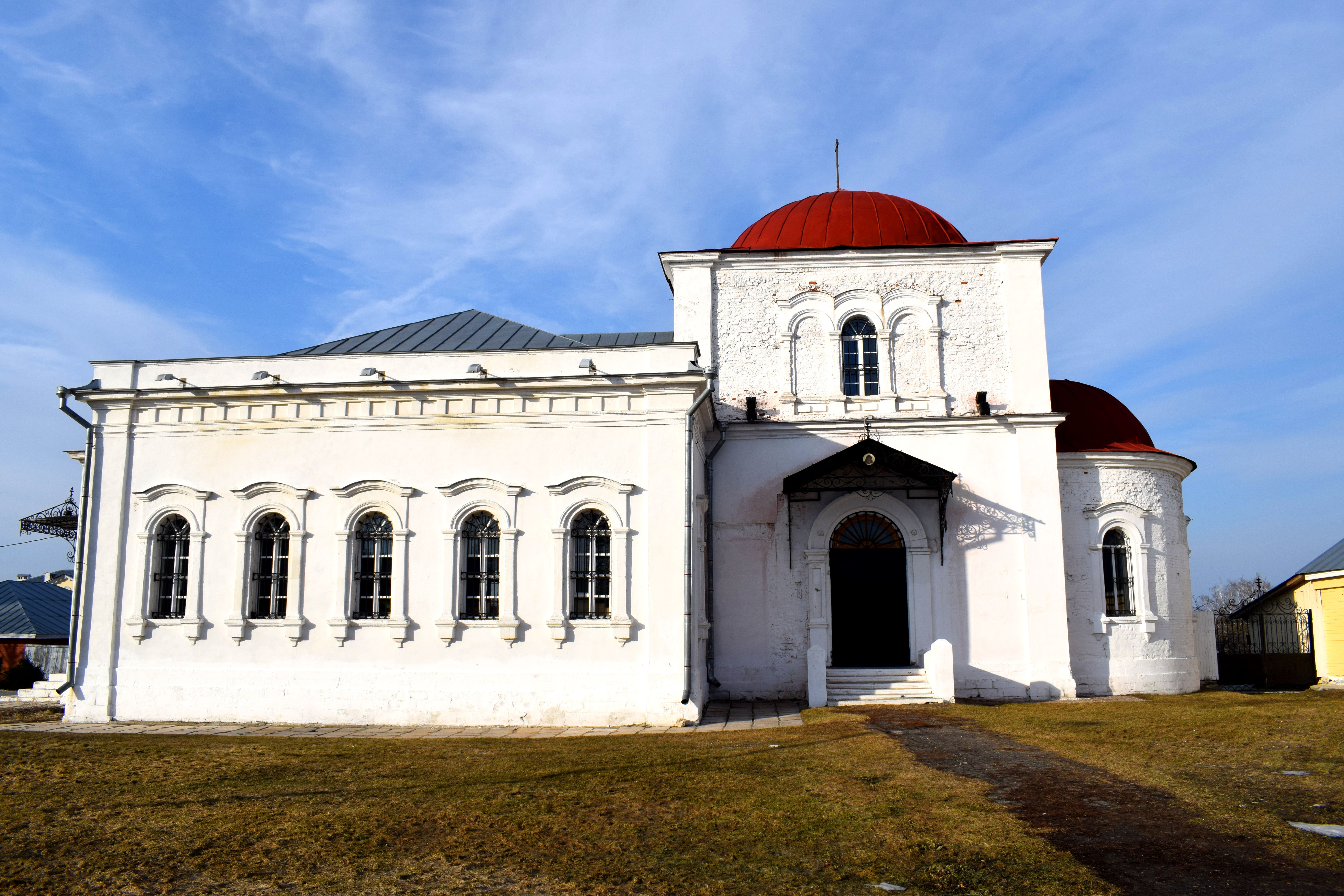 Here’s how it looked in the early 1900’s before the Bolshevik revolution.
Here’s how it looked in the early 1900’s before the Bolshevik revolution.
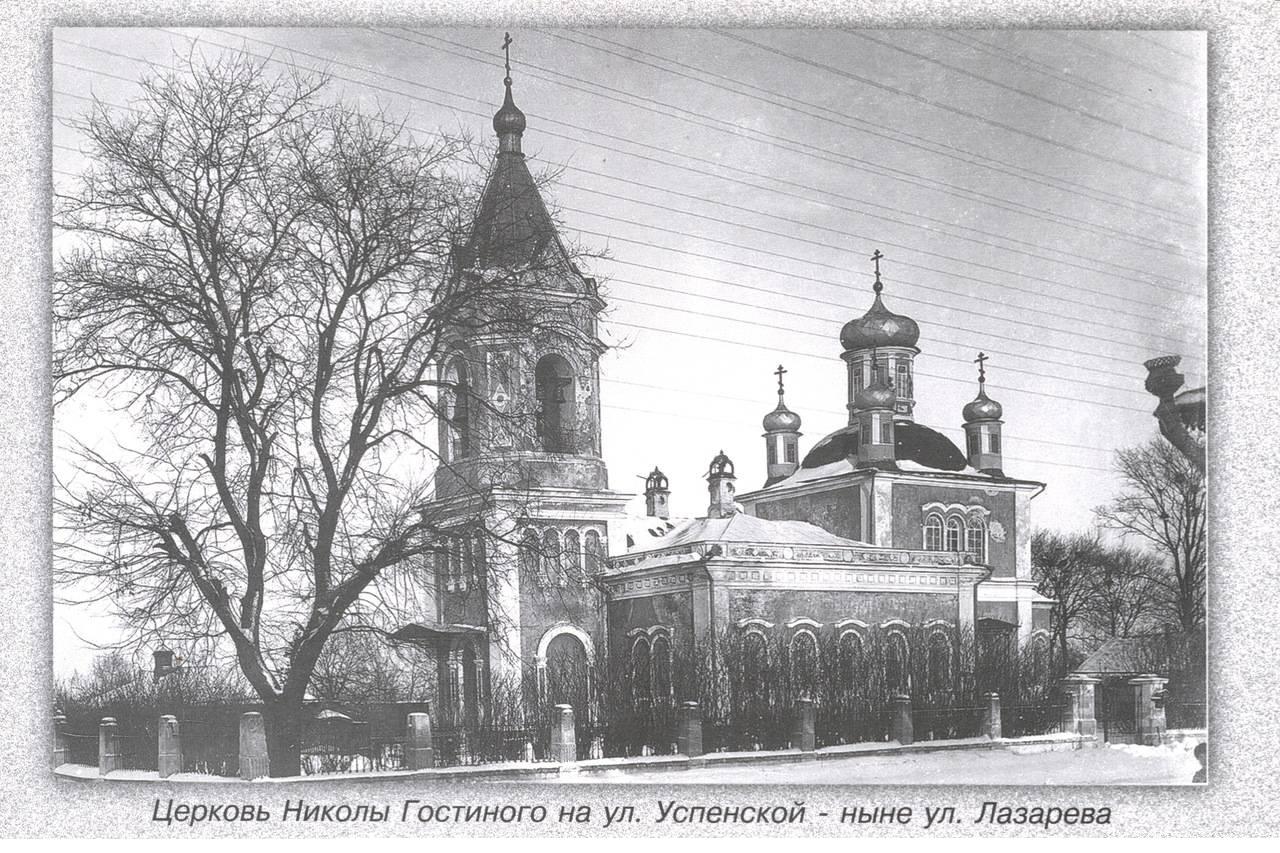 Of course, churches are not the only thing you can find within Kolomna’s Kremlin. You also have a beautiful pedestrian street called Lazhechnikova Street with several buildings from the 19th and early 20th century. Here you will find souvenir shops and outdoor cafes serving traditional Kolomna drinks and deserts.
Of course, churches are not the only thing you can find within Kolomna’s Kremlin. You also have a beautiful pedestrian street called Lazhechnikova Street with several buildings from the 19th and early 20th century. Here you will find souvenir shops and outdoor cafes serving traditional Kolomna drinks and deserts.
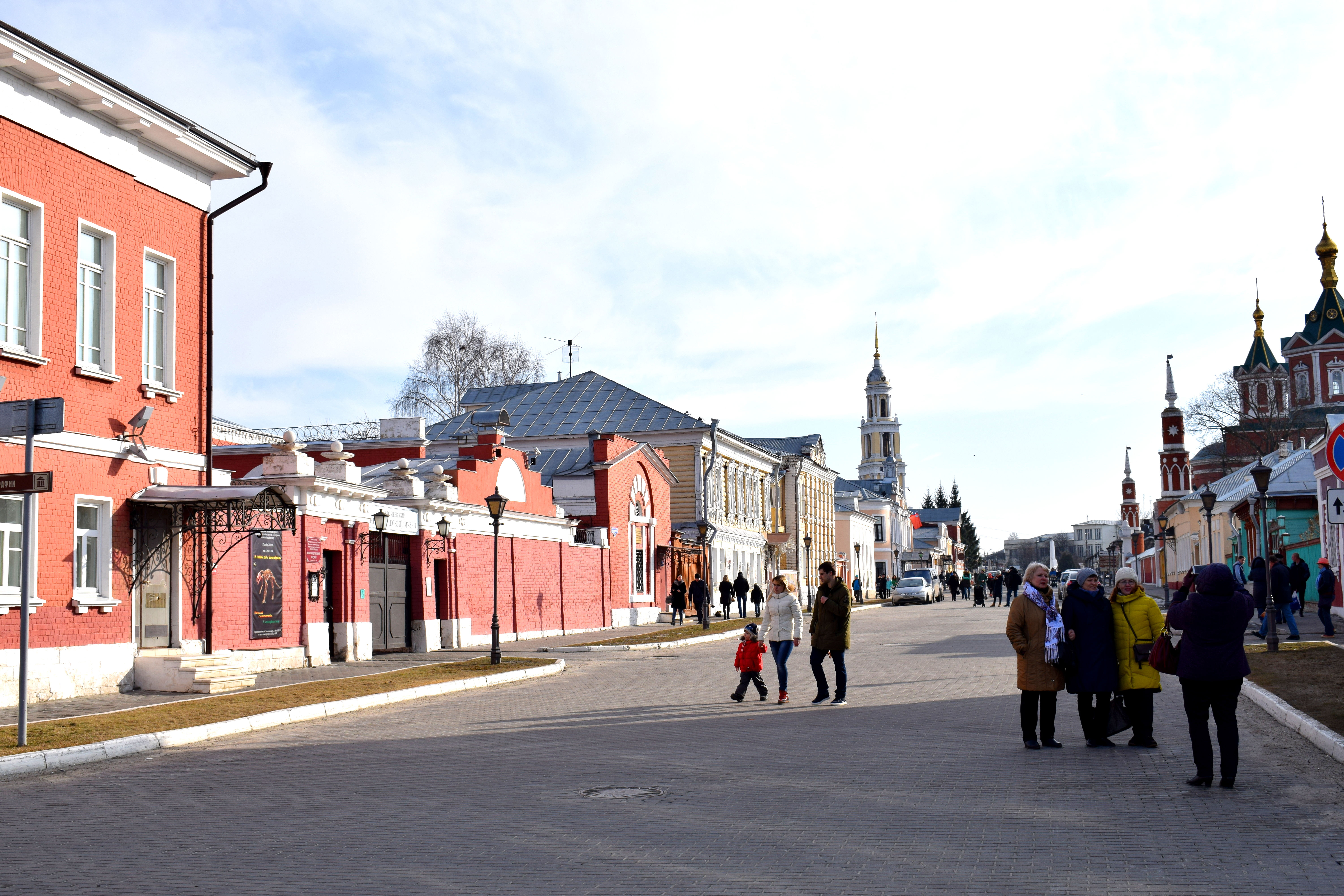 It was March and the weather in Russia was still cold so there weren’t many people. But in the summer these shops open up their cafes and people sit outside.
It was March and the weather in Russia was still cold so there weren’t many people. But in the summer these shops open up their cafes and people sit outside.
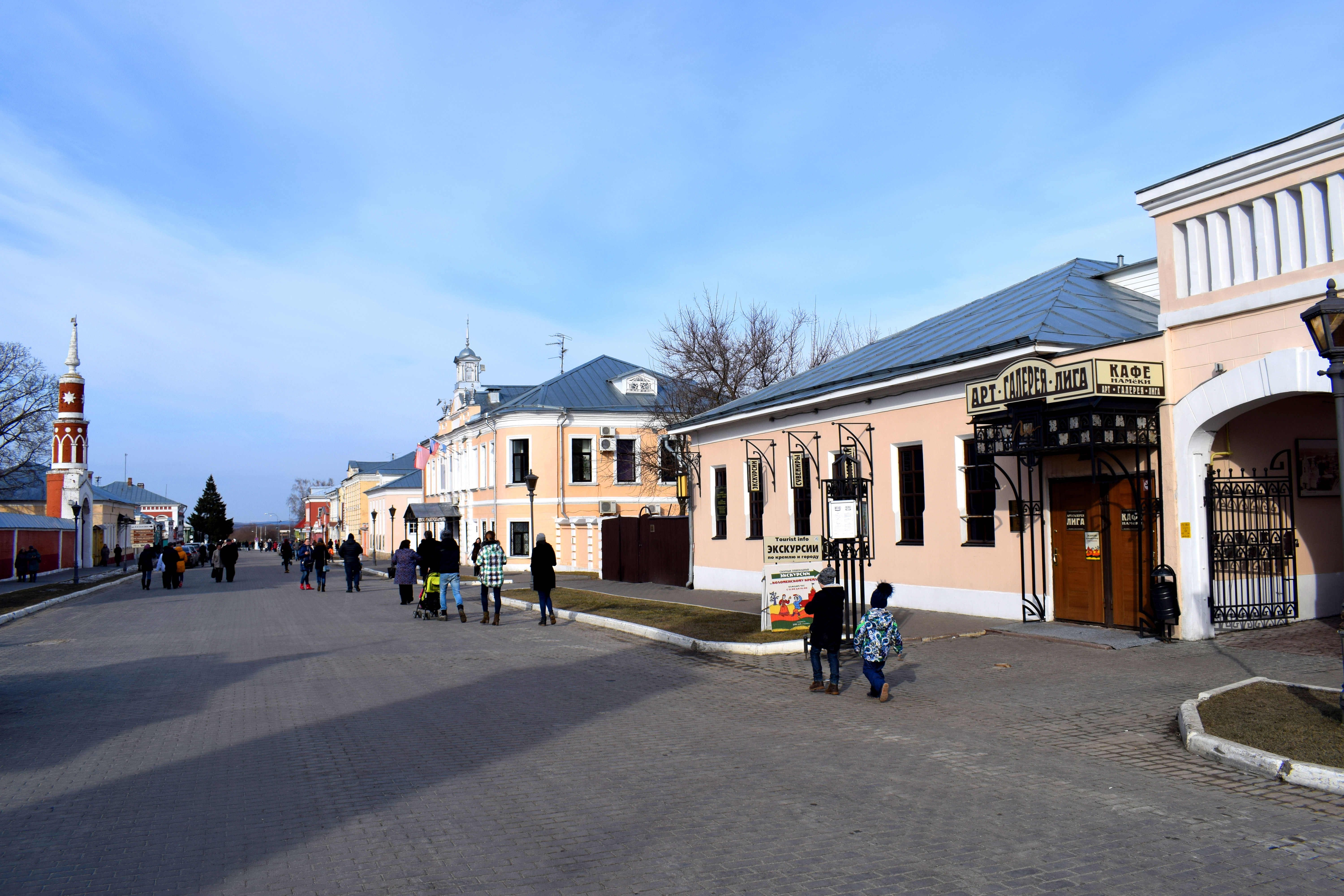 This building used to house the Kolomna City Duma before the revolution in the early 1900’s.
This building used to house the Kolomna City Duma before the revolution in the early 1900’s.
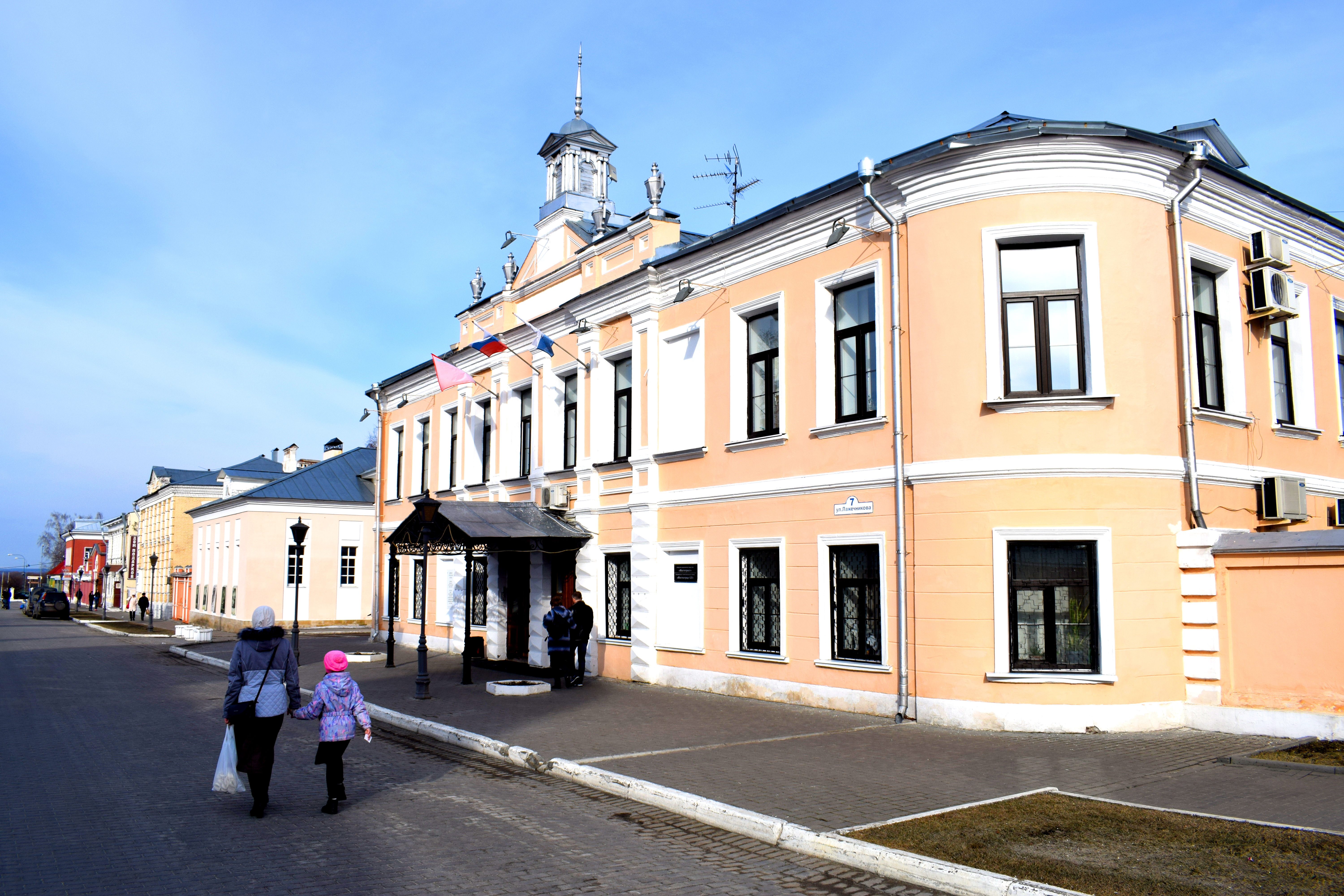
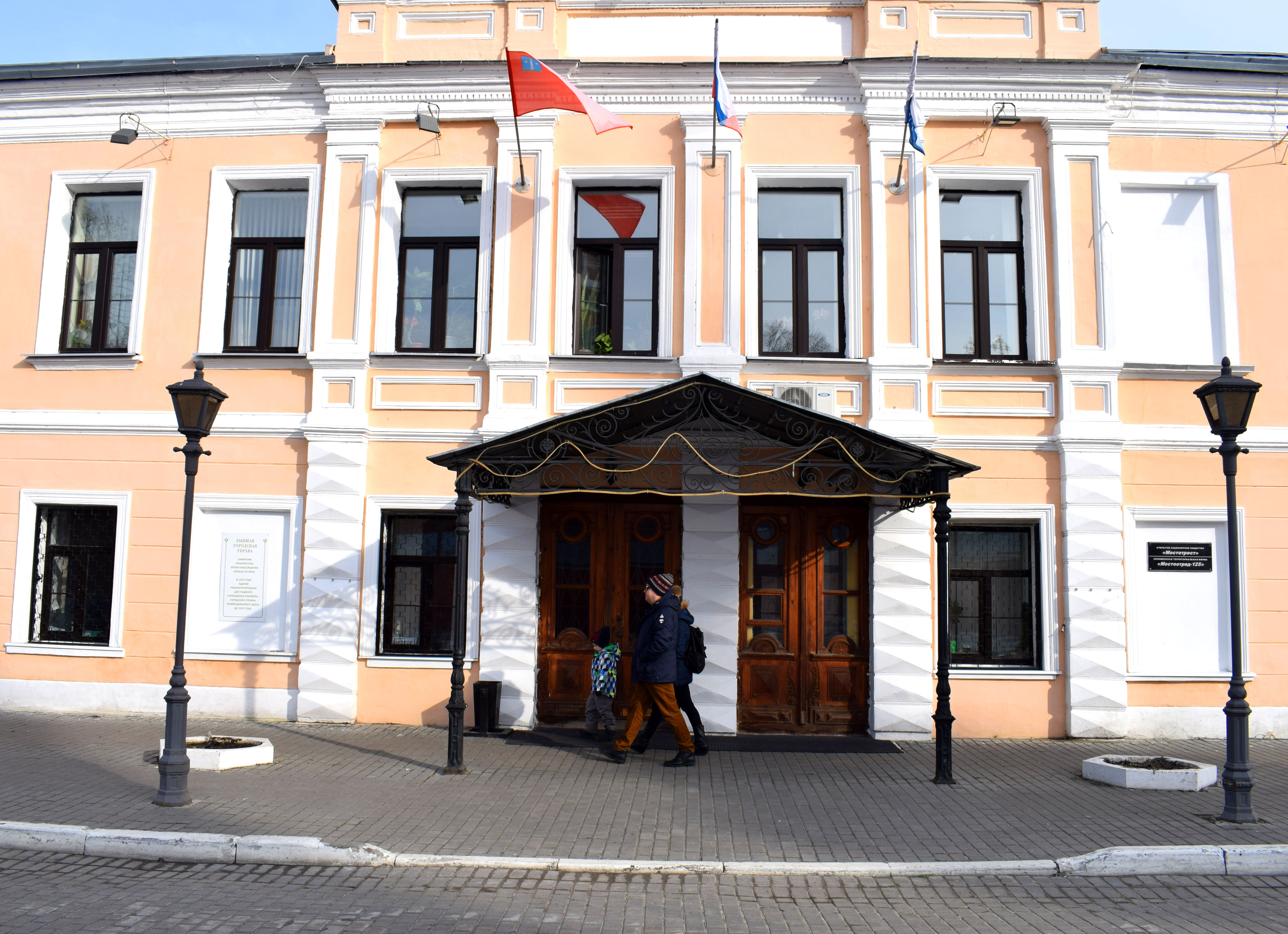 A small wooden room attached to the side of the brick housing looks like its about to fall off.
A small wooden room attached to the side of the brick housing looks like its about to fall off.
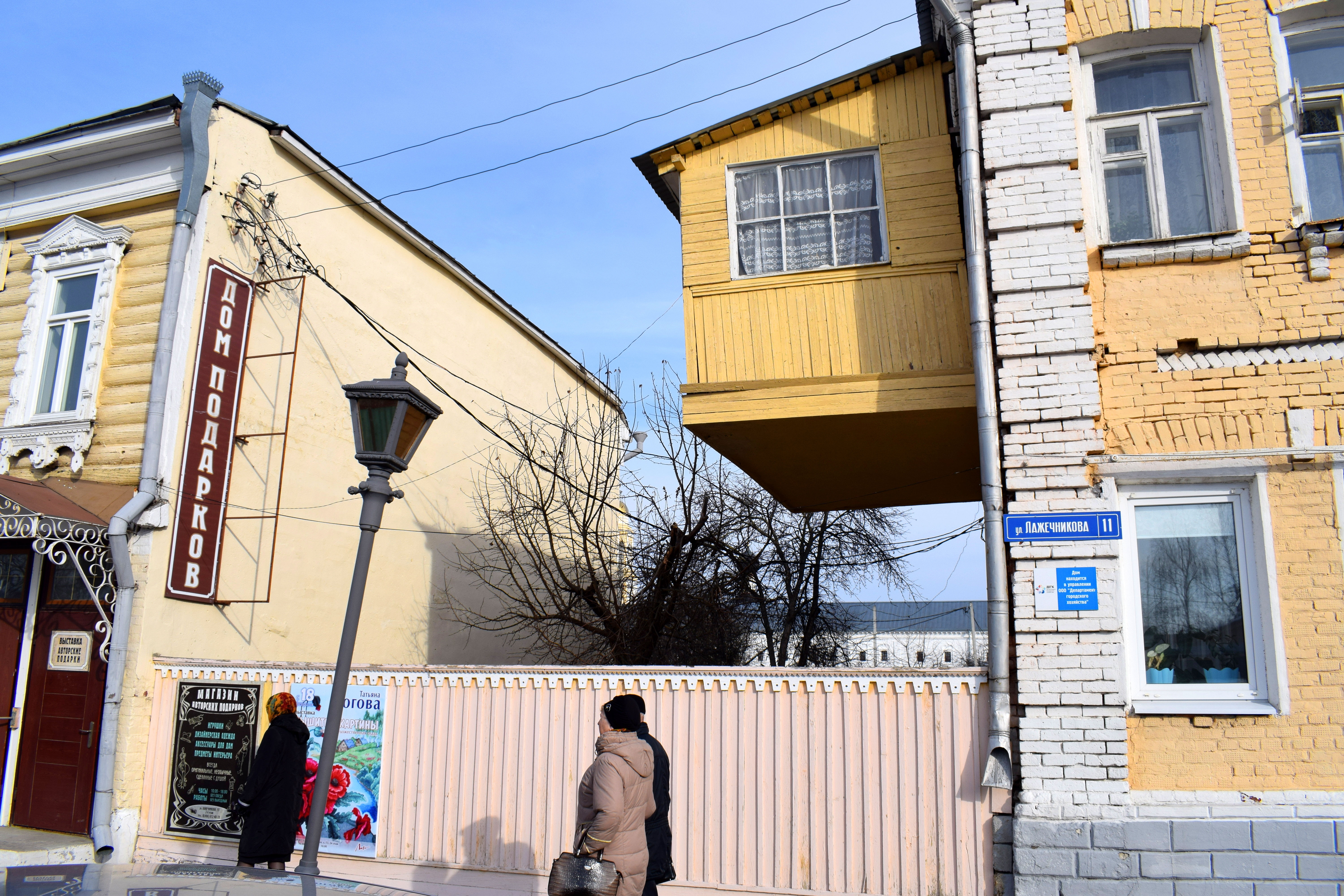 A souvenir shop to the side. Most of the buildings in the Kremlin are small one or two story buildings dating back to the 19th century.
A souvenir shop to the side. Most of the buildings in the Kremlin are small one or two story buildings dating back to the 19th century.
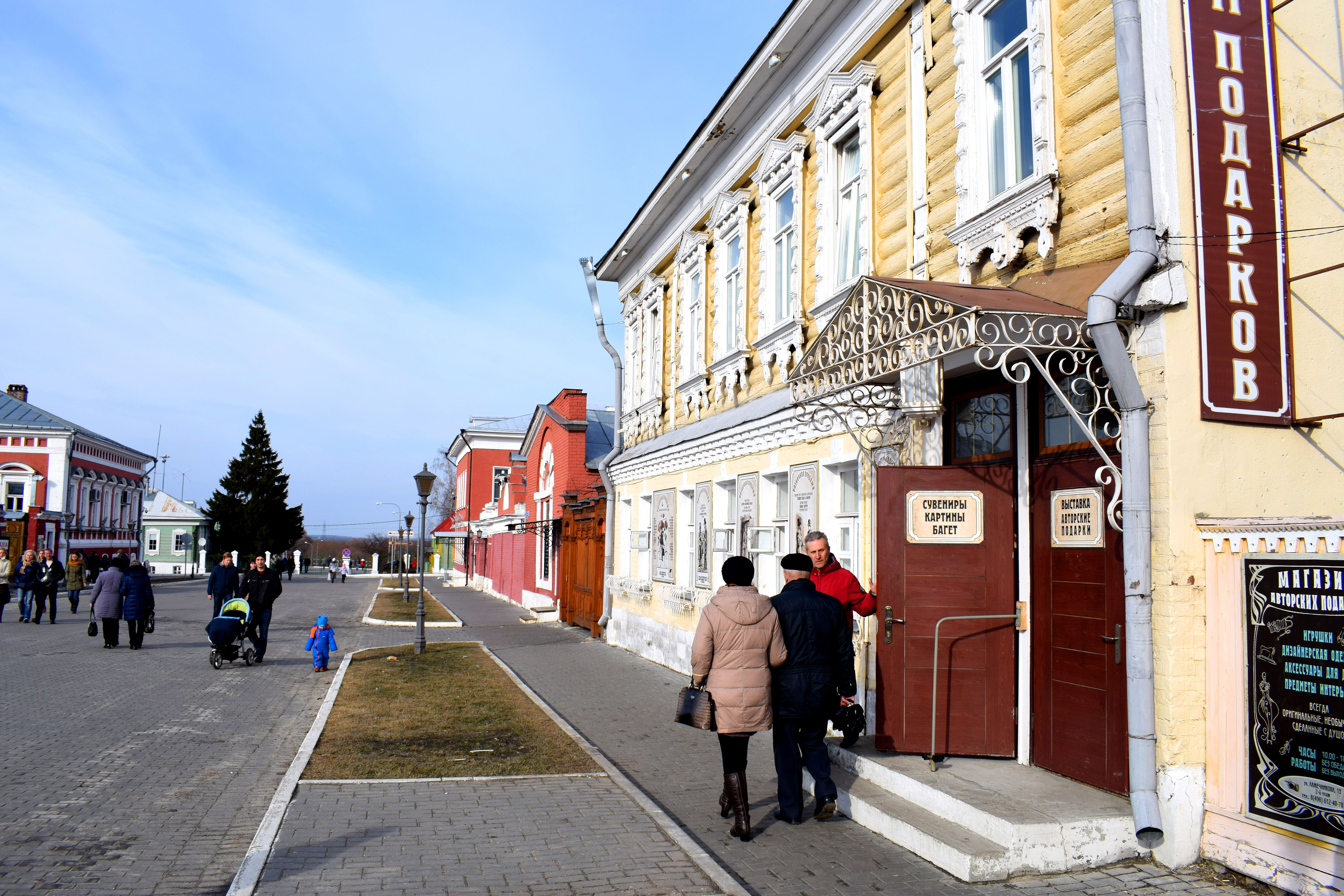 Kolomna cats.
Kolomna cats.
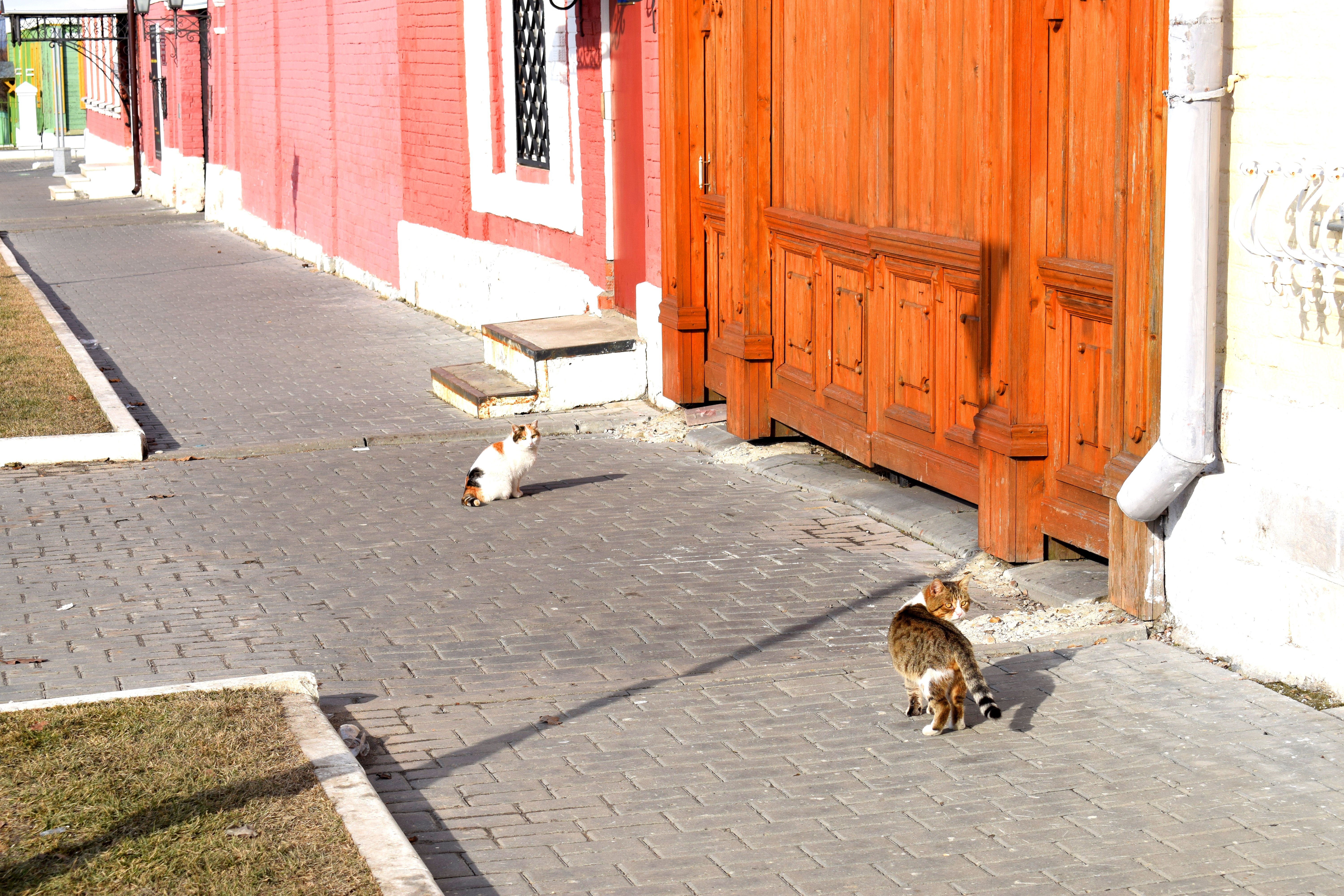 To the left on the door you see the words “Pastila” written. Pastila is a traditional Russian fruit candy made of different kinds of light airy paste. Kolomna is famous for producing its own brand sold across Russia.
To the left on the door you see the words “Pastila” written. Pastila is a traditional Russian fruit candy made of different kinds of light airy paste. Kolomna is famous for producing its own brand sold across Russia.
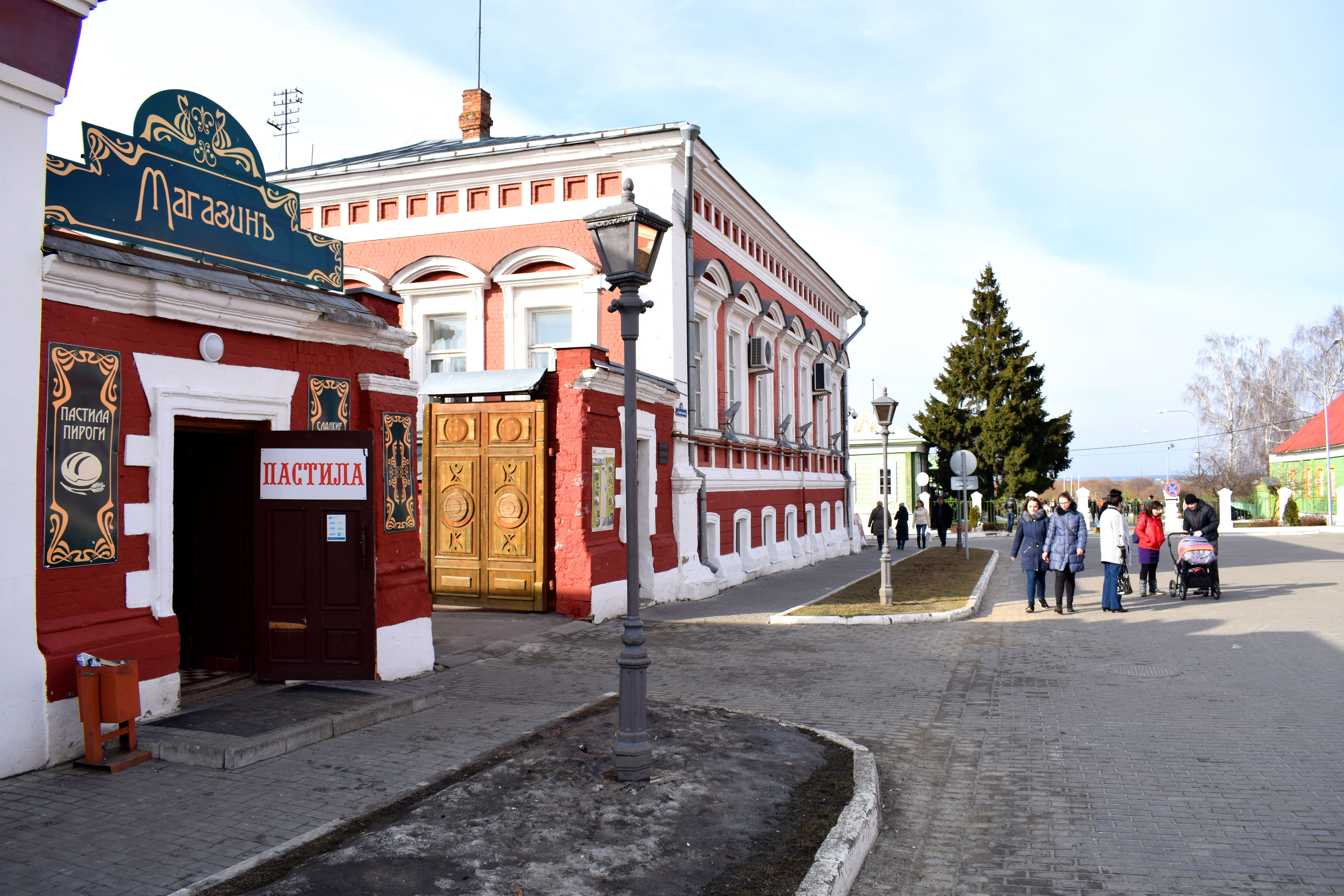 One of the best aspects of Kolomna are its wooden homes. Russians used to live in such homes in the early 20th century. As Russian cities expanded and modernized these homes were typically razed to the ground to make way for modern high rises. But in small Russian cities the wooden homes remain.
One of the best aspects of Kolomna are its wooden homes. Russians used to live in such homes in the early 20th century. As Russian cities expanded and modernized these homes were typically razed to the ground to make way for modern high rises. But in small Russian cities the wooden homes remain.
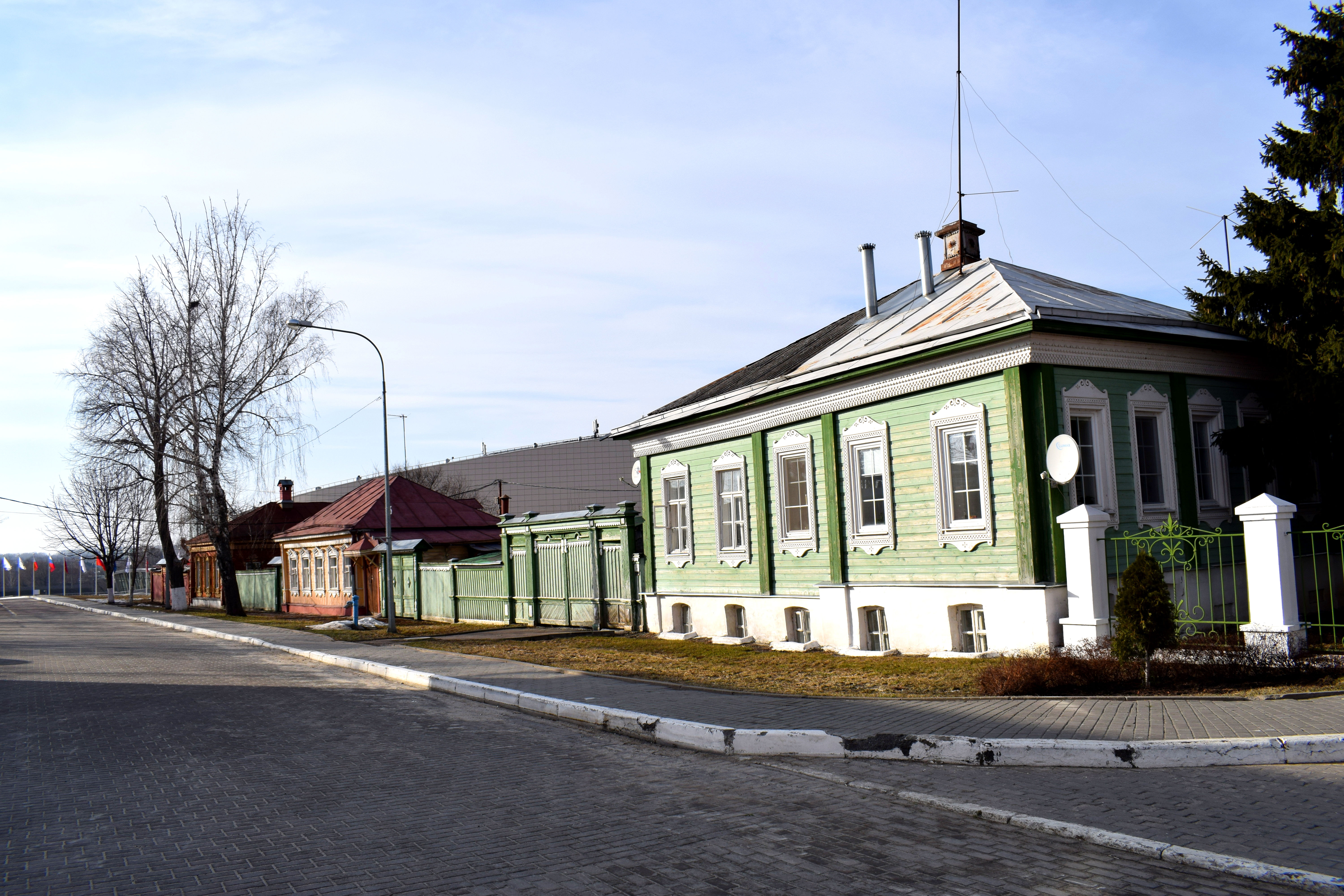 An old water pump. People used to use these to bring water back into their homes. A lot of villages in Russia still have them and some still work.
An old water pump. People used to use these to bring water back into their homes. A lot of villages in Russia still have them and some still work.
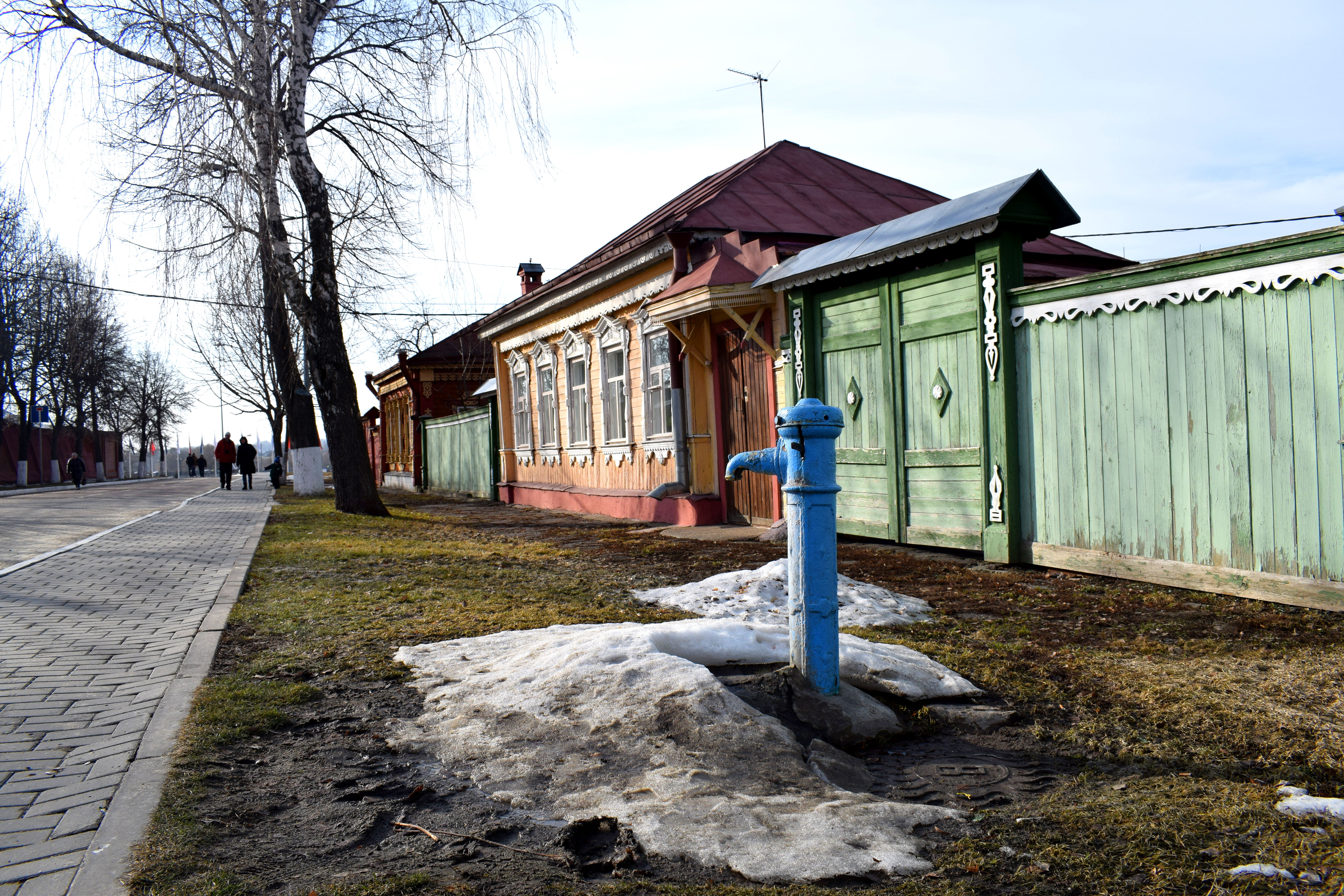 Wooden constructions were typical across Russia during the 19th and 20th century. It was a cheap form of building material compared with stone and brick and abundant across the country because of the vast woodland and forests.
Wooden constructions were typical across Russia during the 19th and 20th century. It was a cheap form of building material compared with stone and brick and abundant across the country because of the vast woodland and forests.
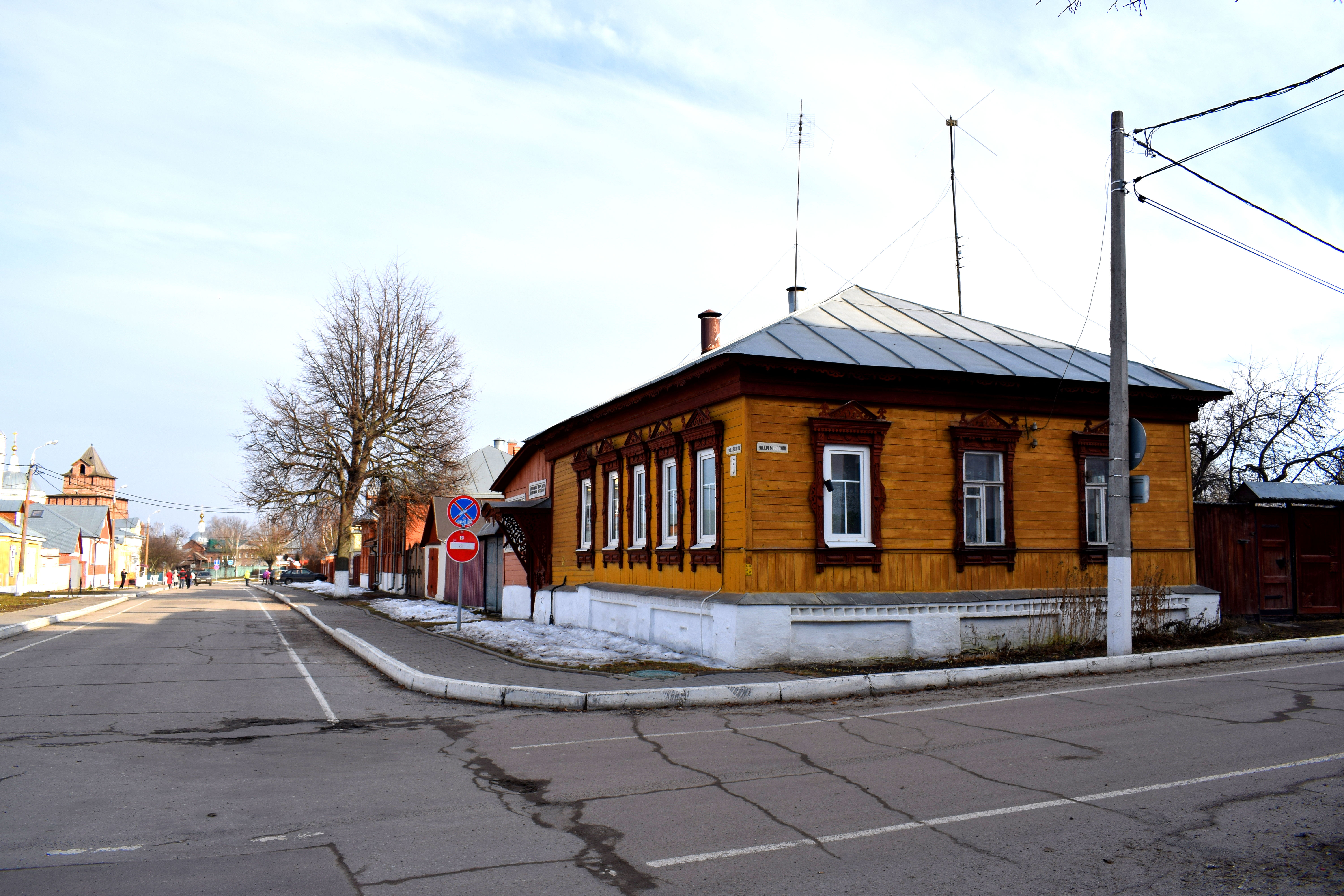 Another example of an old 19th century wooden home.
Another example of an old 19th century wooden home.
 Each building is painted in a different color, adding to the liveliness of the place.
Each building is painted in a different color, adding to the liveliness of the place.
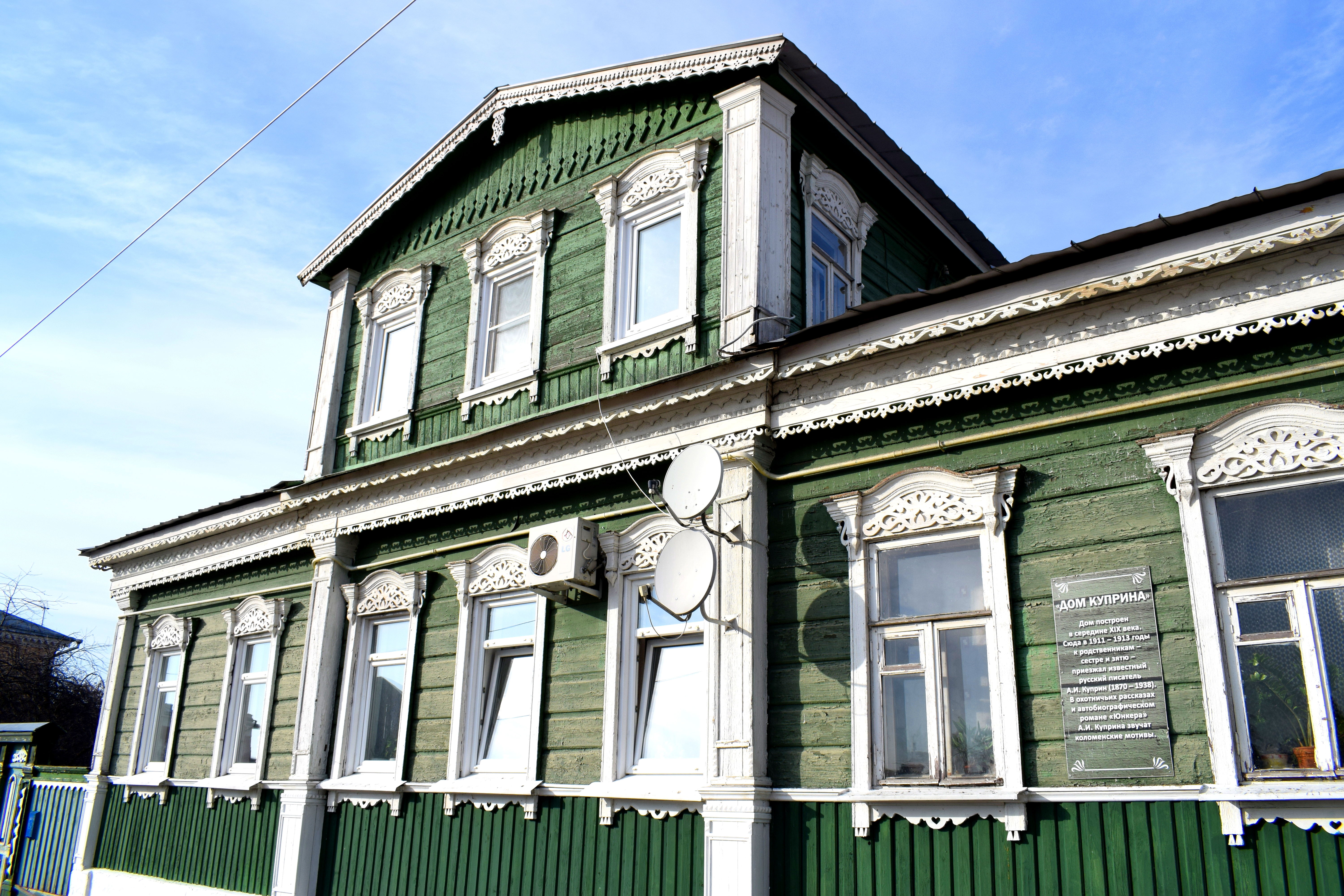 A window to one of these traditional homes.
A window to one of these traditional homes.
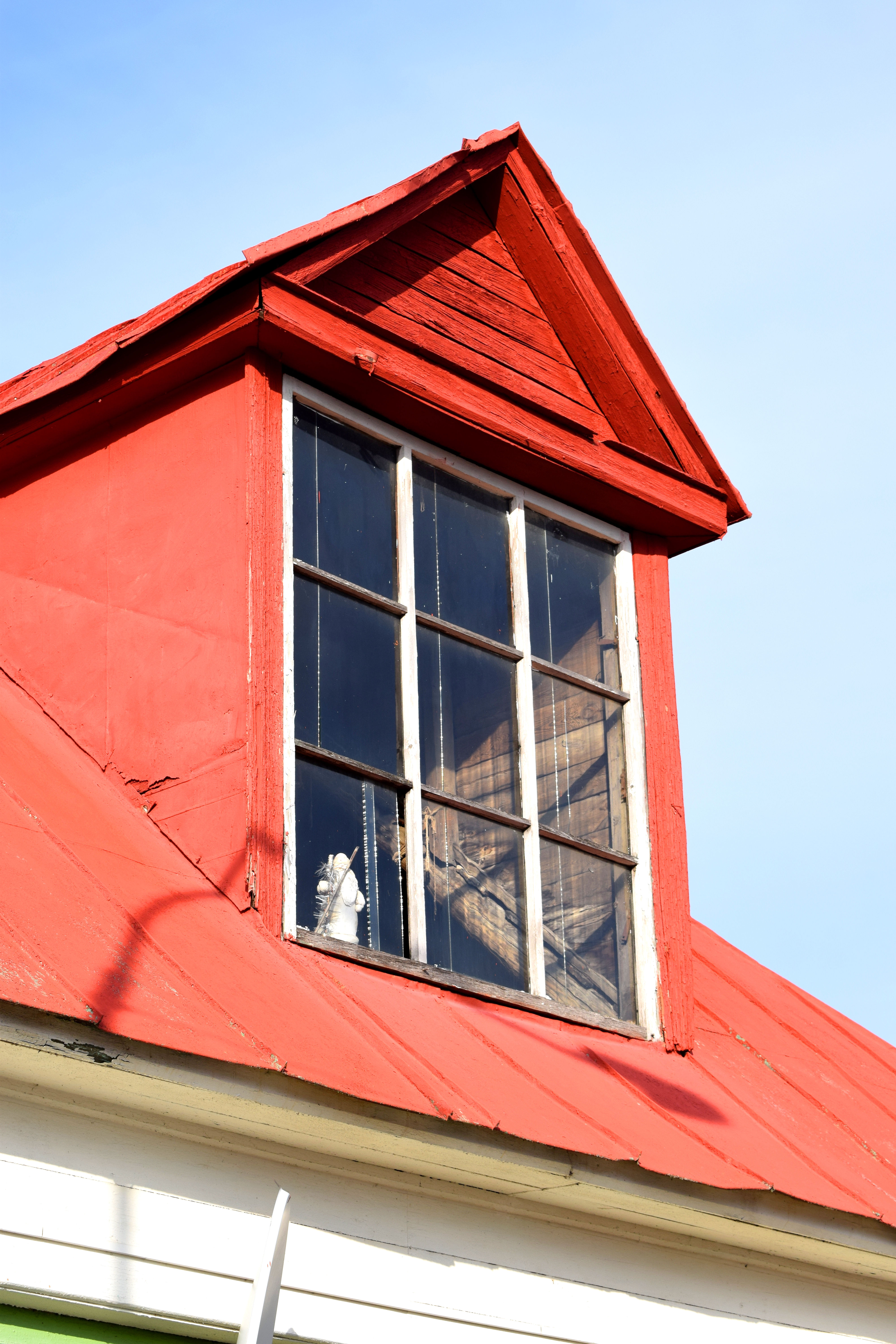 A local girl resting in the shade in Kolomna on a hot summer day in 1916.
A local girl resting in the shade in Kolomna on a hot summer day in 1916.
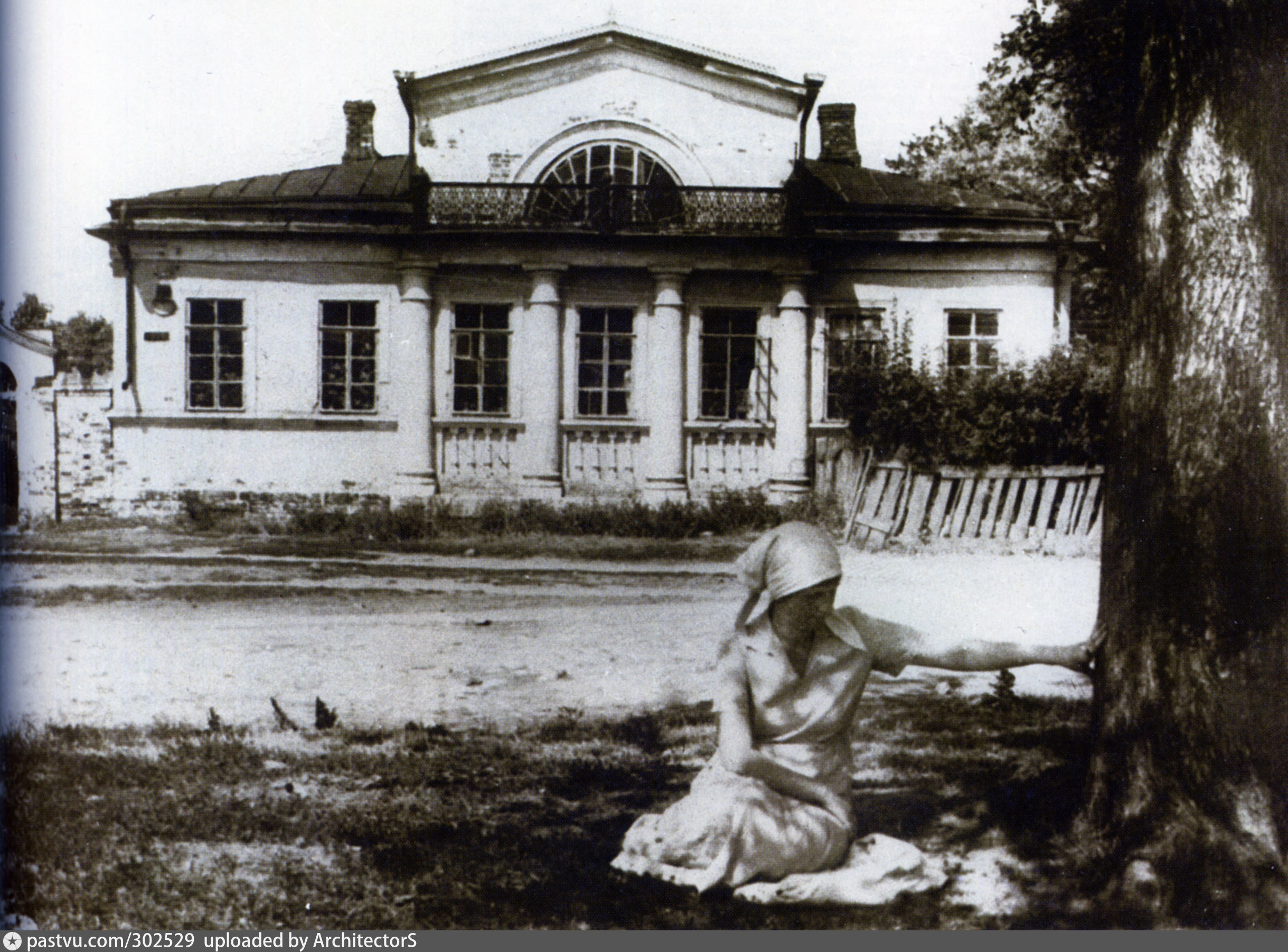 That same building in 2017.
That same building in 2017.
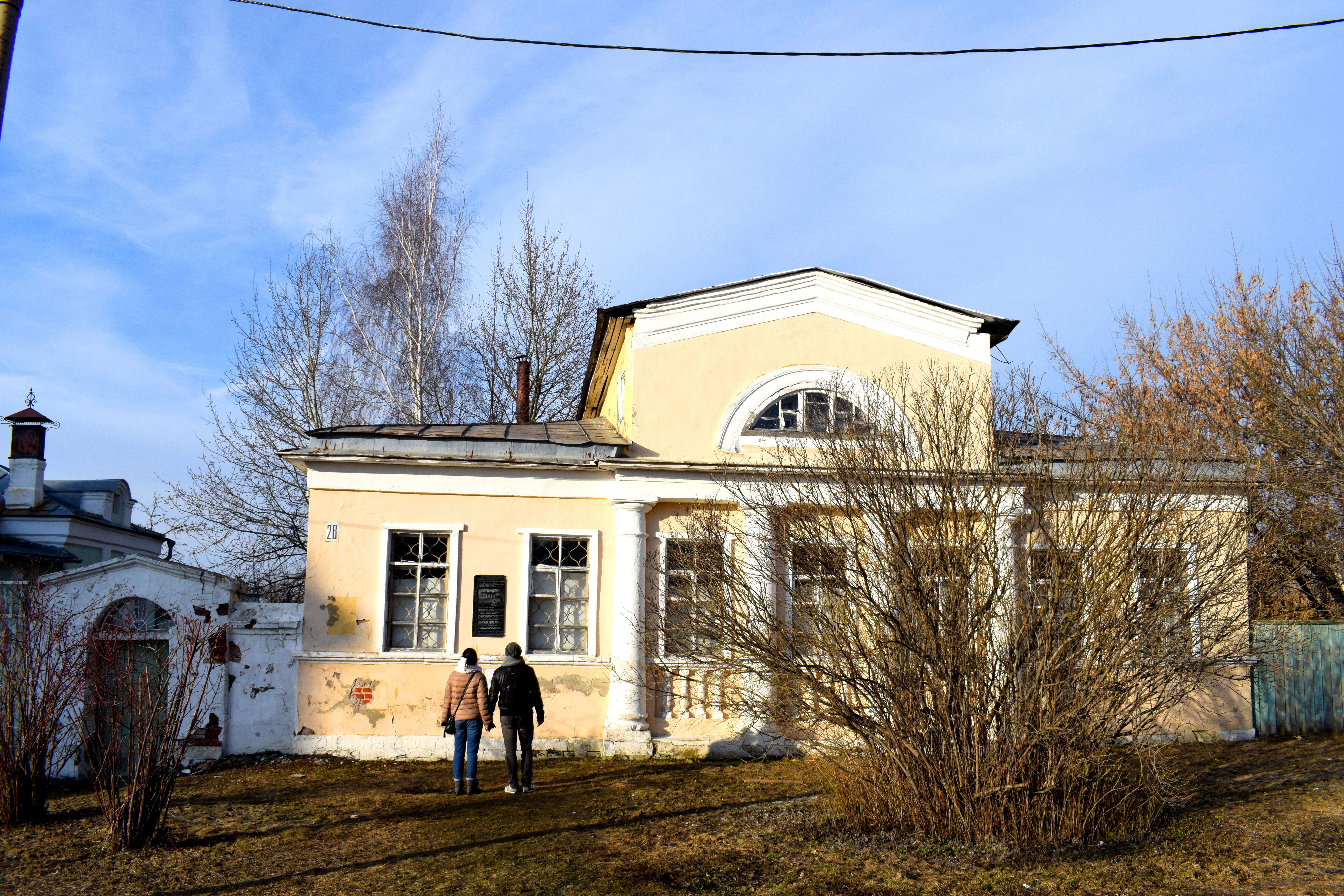 More Kolomna cats. In the background you can see the Moskva River.
More Kolomna cats. In the background you can see the Moskva River.
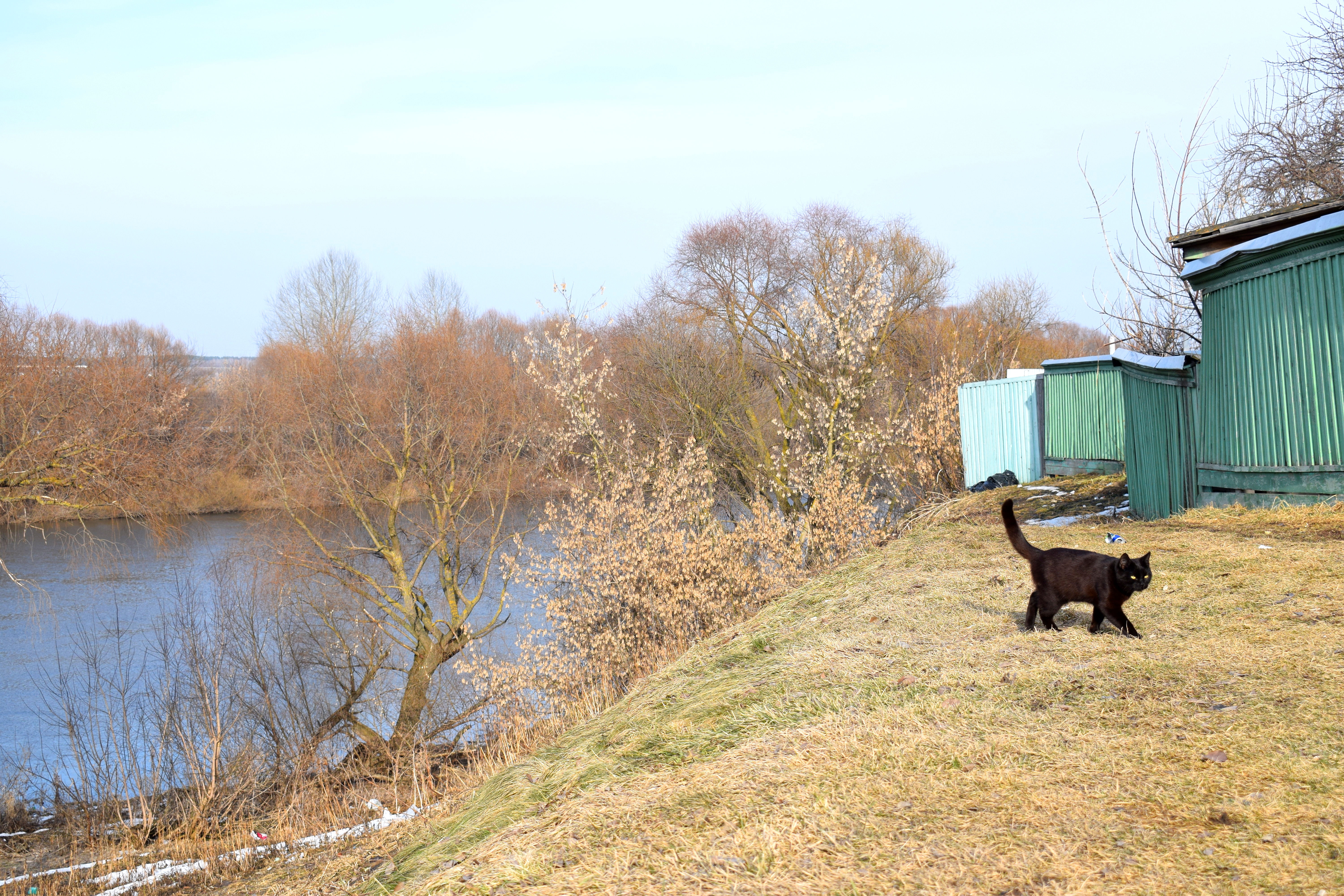 The Church of the Exaltation of the Holy Cross. The stone structure was first built in 1764 and then later rebuilt in 1837.
The Church of the Exaltation of the Holy Cross. The stone structure was first built in 1764 and then later rebuilt in 1837.
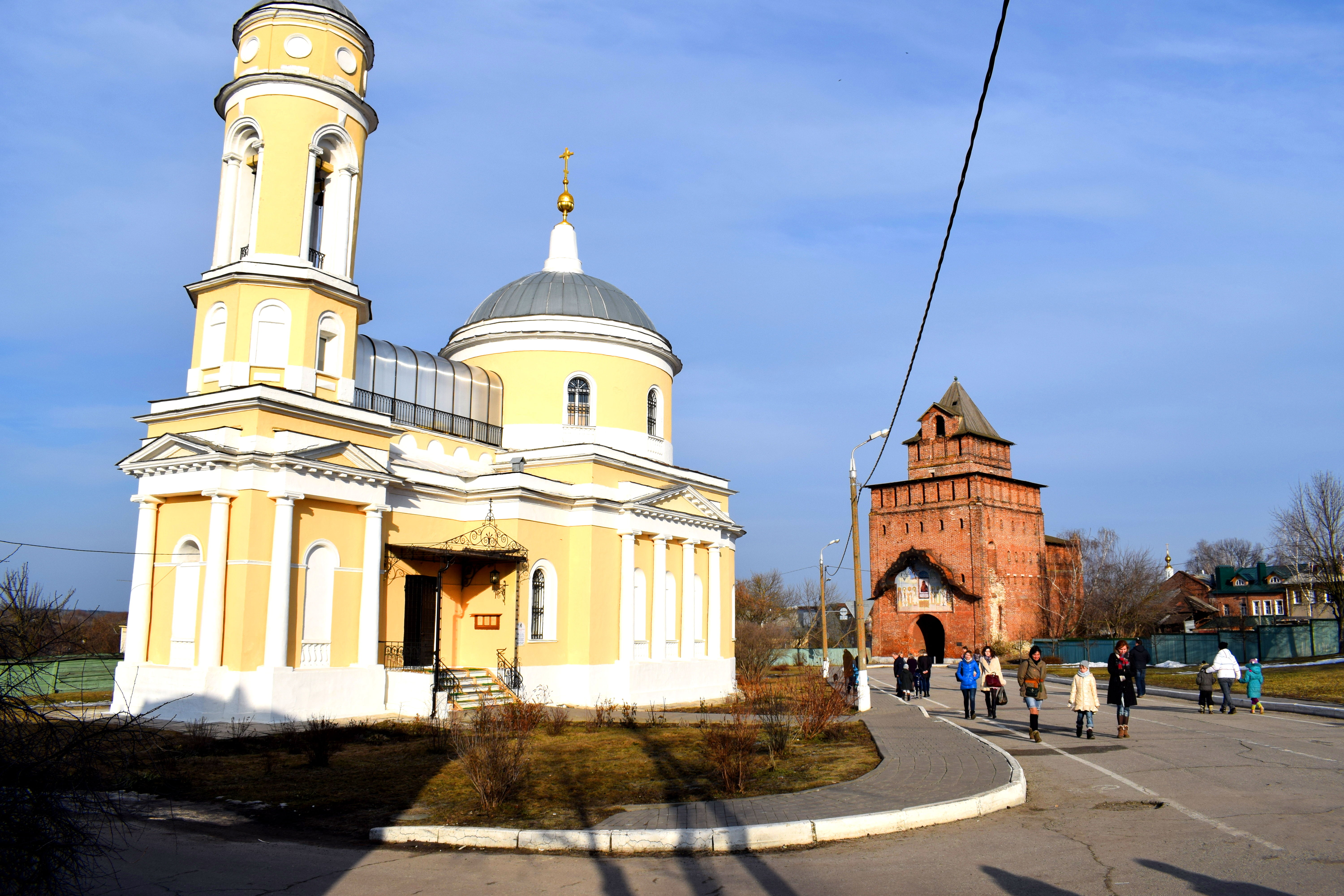 The Pyatnitskie Gates, the last surviving tower of the Kremlin where the gates are still intact.
The Pyatnitskie Gates, the last surviving tower of the Kremlin where the gates are still intact.
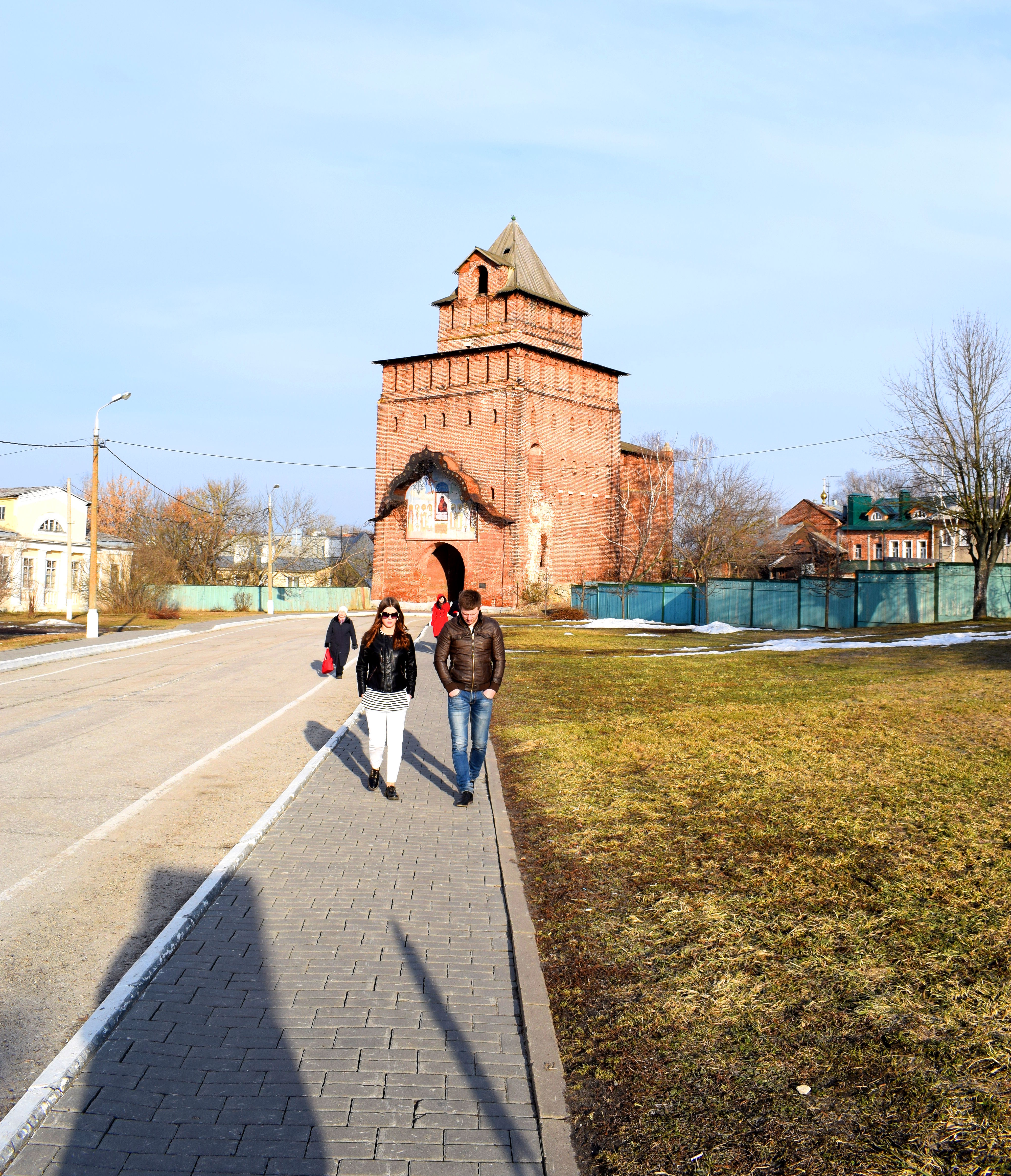 Lots of people were out and about despite the cold weather, enjoying the sun, walking with their children and pets.
Lots of people were out and about despite the cold weather, enjoying the sun, walking with their children and pets.
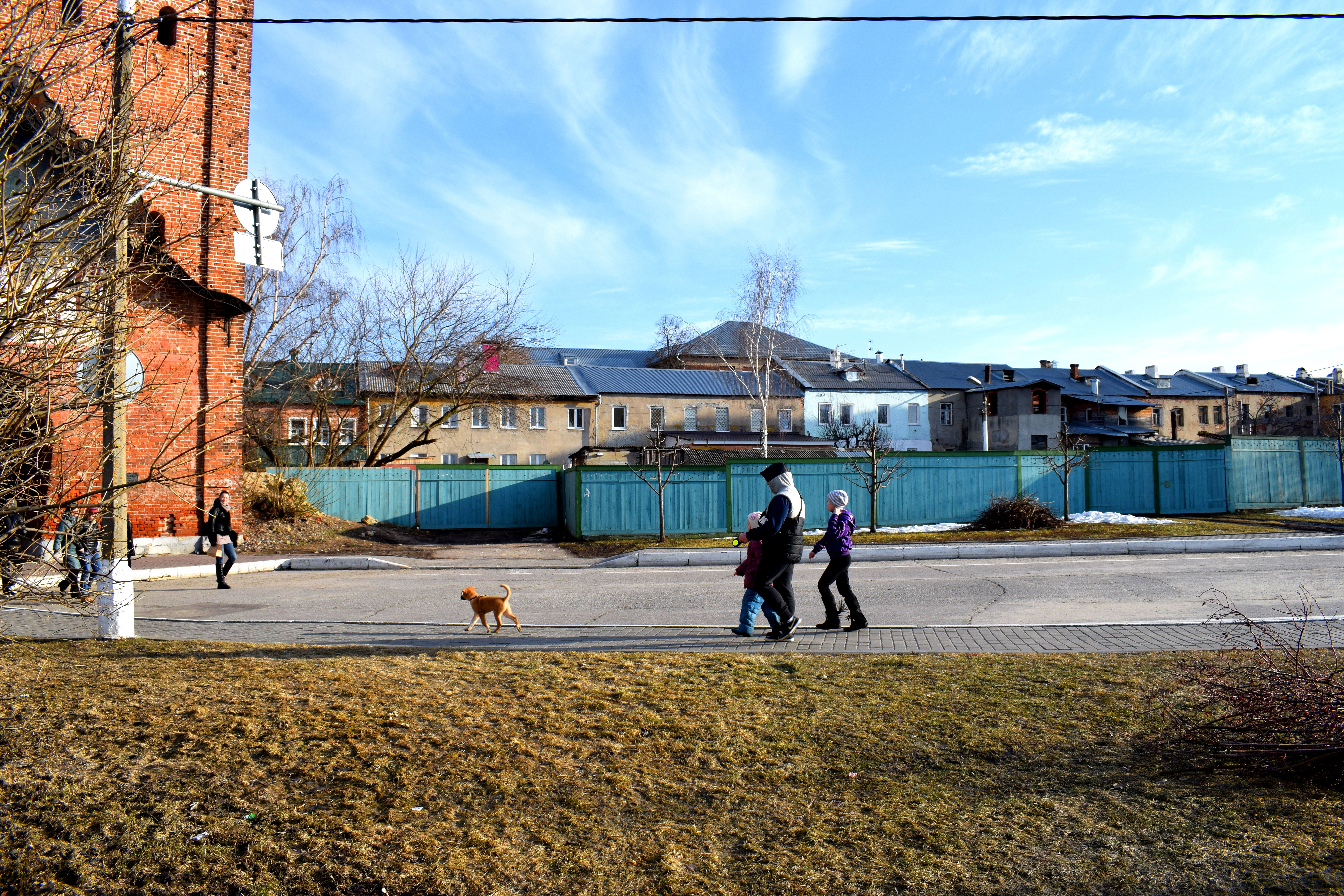 Old fresco paintings on the Pyatniskie Gates which have survived to this day. At one point, all of the towers looked like this.
Old fresco paintings on the Pyatniskie Gates which have survived to this day. At one point, all of the towers looked like this.
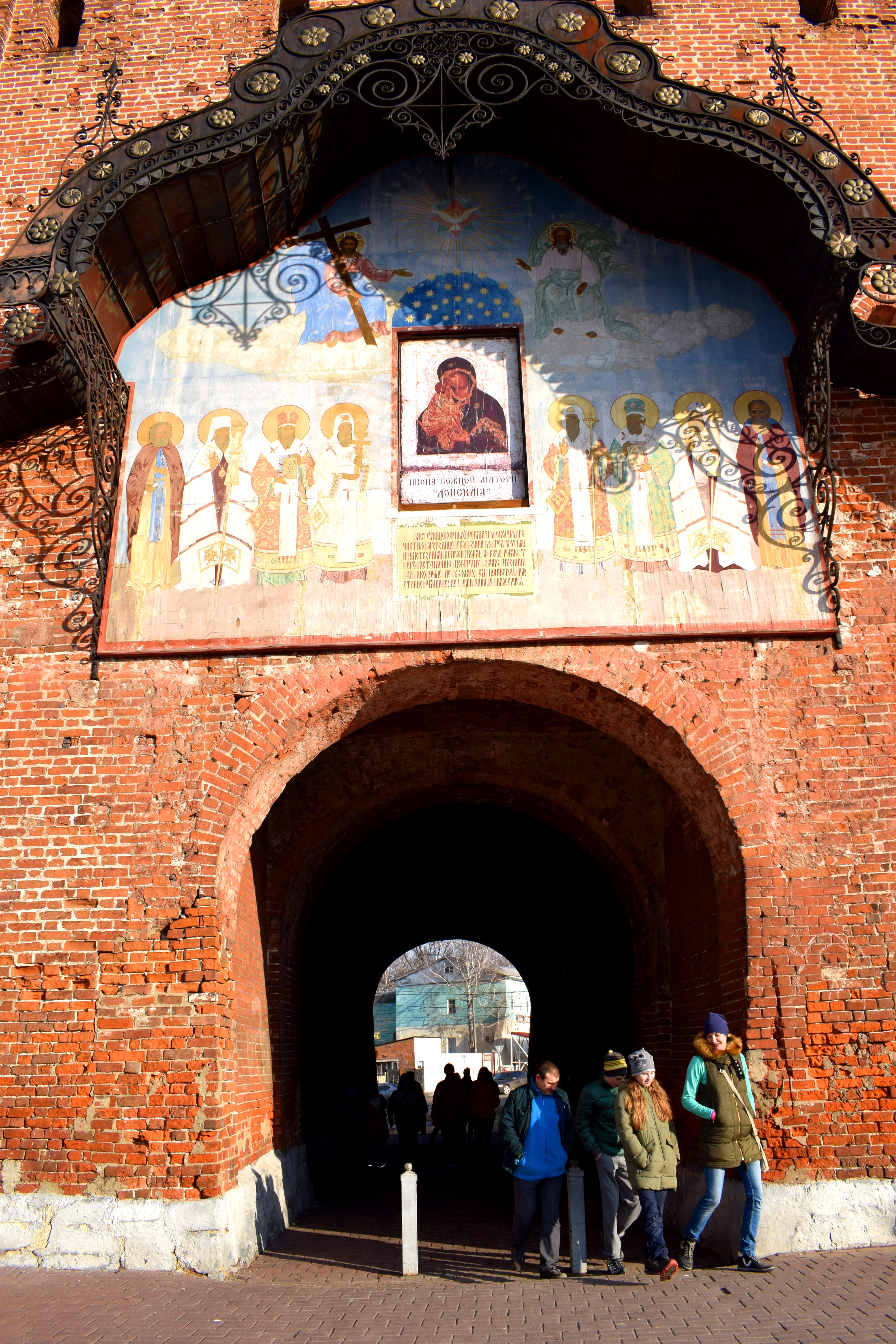
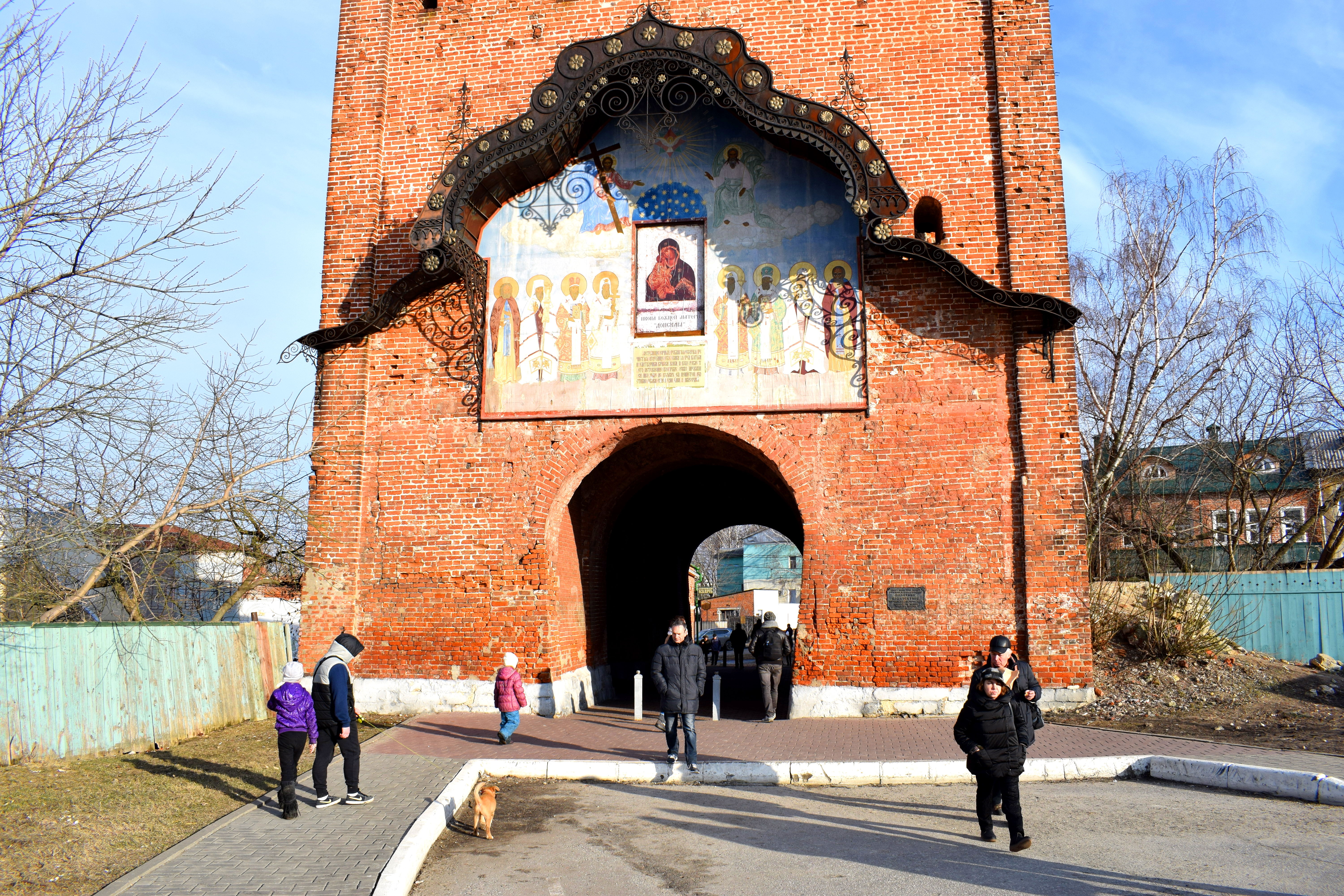
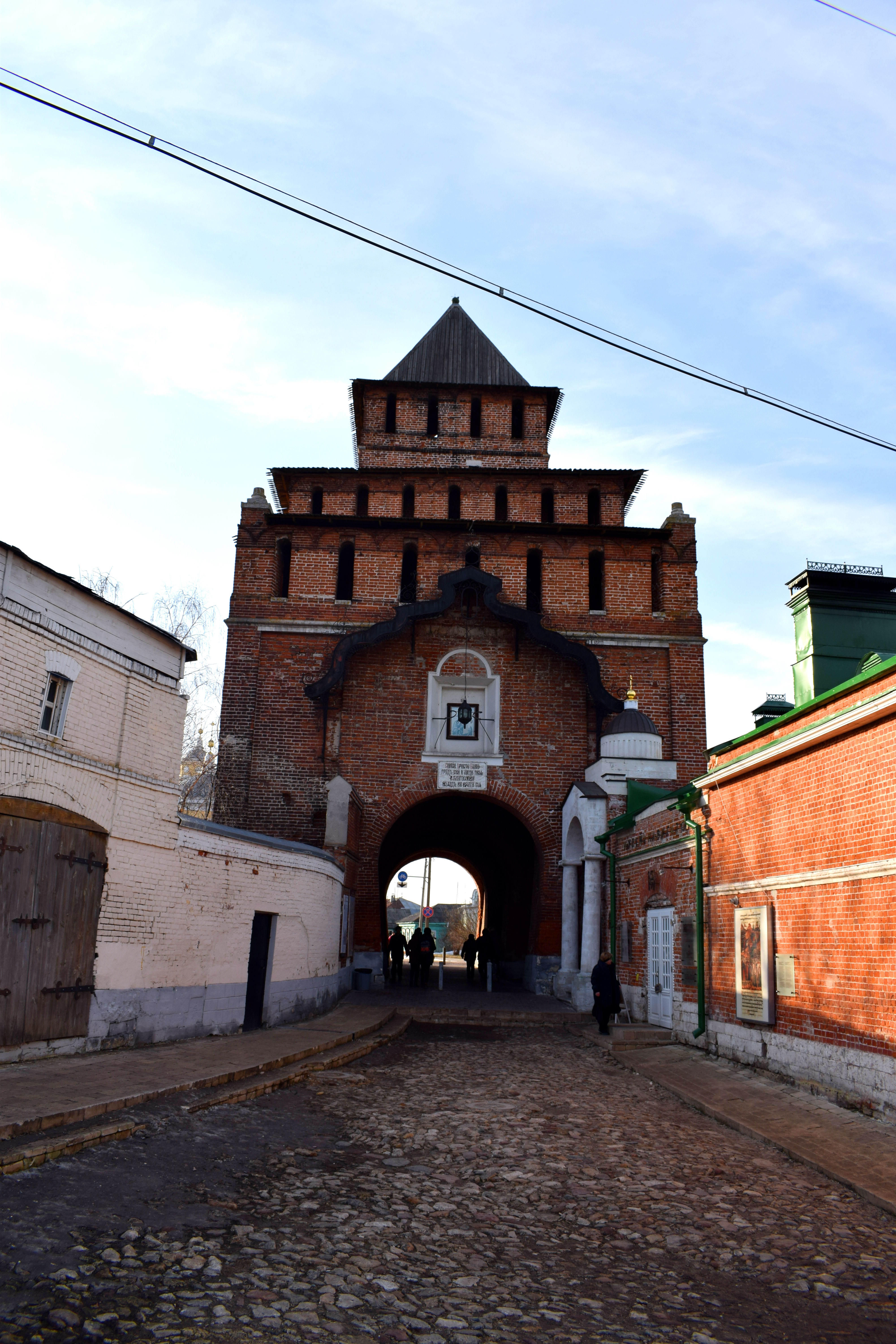 To the right there is a cute little shop you can order some”Kalachi”, the old Russian word for cake, or bread.
To the right there is a cute little shop you can order some”Kalachi”, the old Russian word for cake, or bread.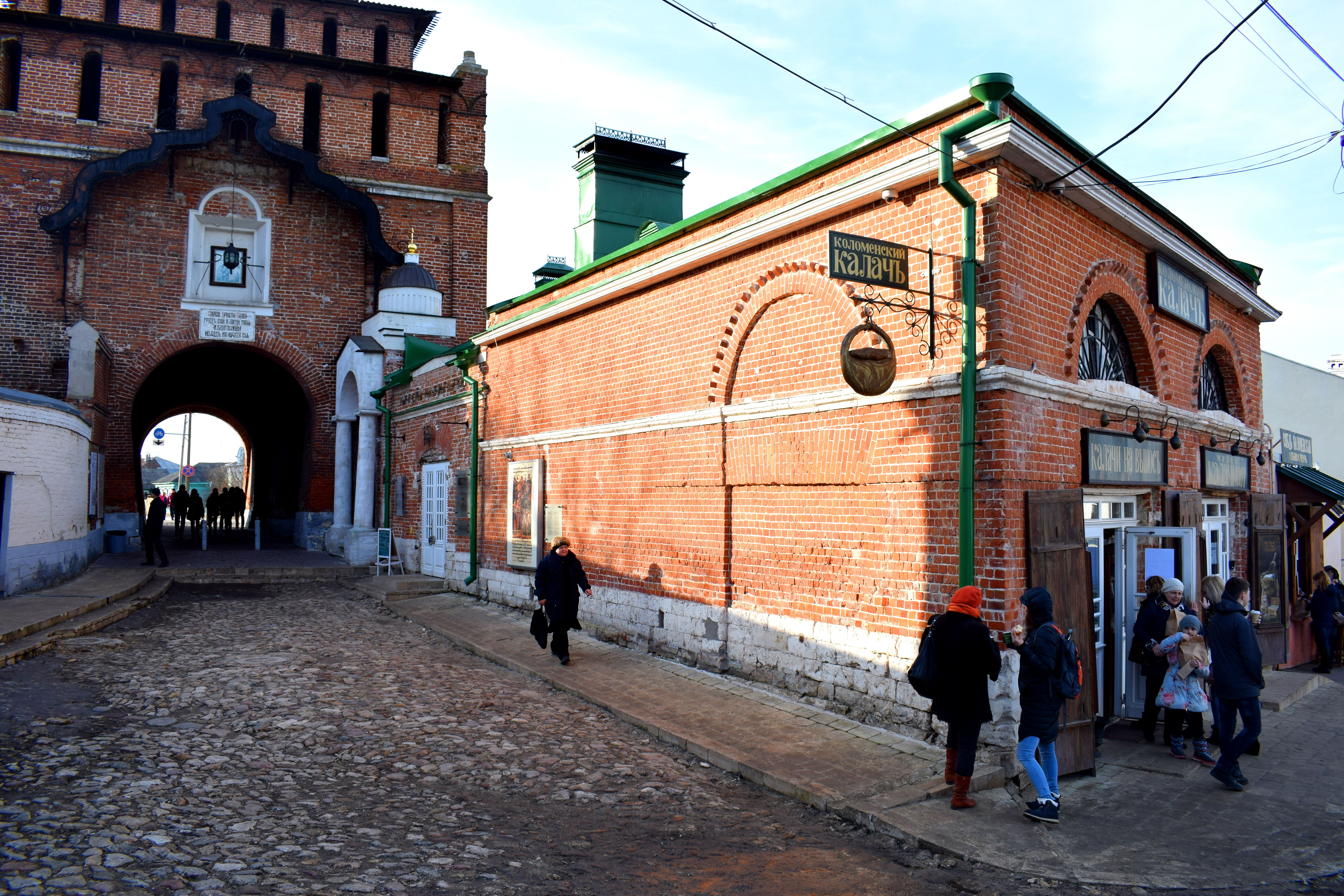 Two Russian woman warming up with tea and biscuits. Despite the sunny weather and the start of spring, it’s still cold in March.
Two Russian woman warming up with tea and biscuits. Despite the sunny weather and the start of spring, it’s still cold in March.
Kalachi Na Vynos = Cakes To Go
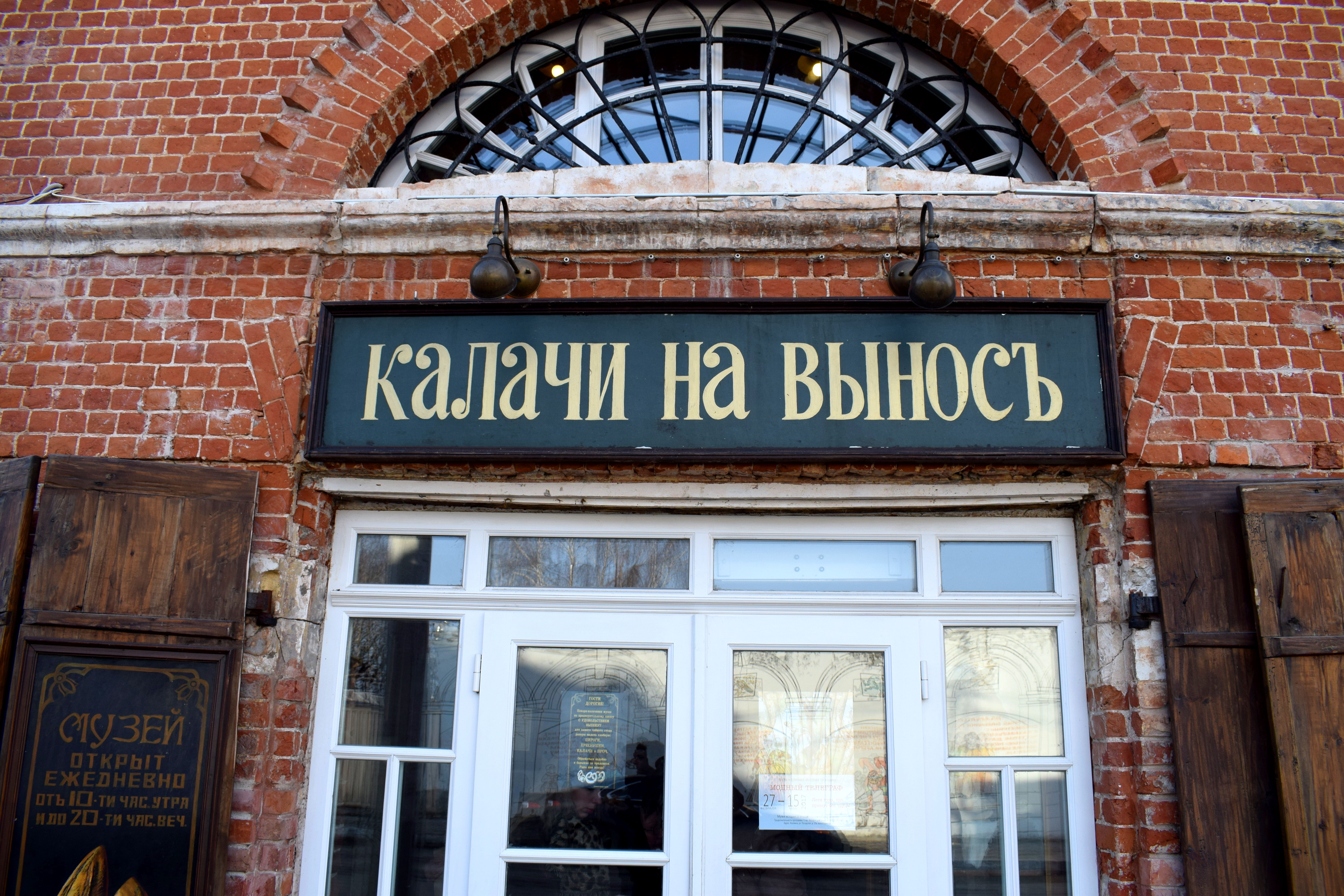 Some of the architecture outside of the Kremlin. These are typical 19th century homes in Kolomna. The city looks eerily abandoned in places. Unfortunately, many young people leave Kolomna to live and work in Moscow which is only two hours away. As a result, the city is slowly emptying out and the population dying.
Some of the architecture outside of the Kremlin. These are typical 19th century homes in Kolomna. The city looks eerily abandoned in places. Unfortunately, many young people leave Kolomna to live and work in Moscow which is only two hours away. As a result, the city is slowly emptying out and the population dying.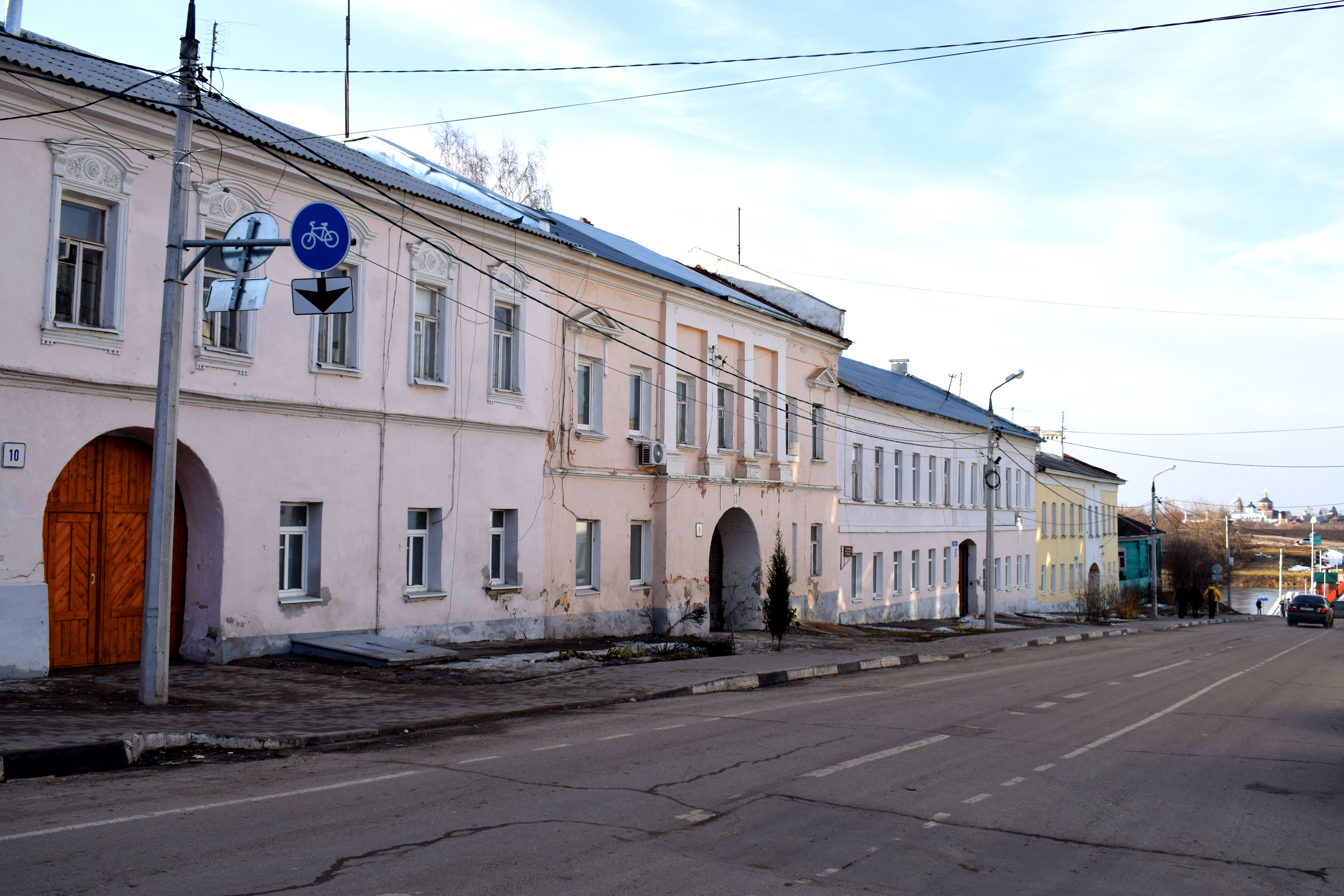
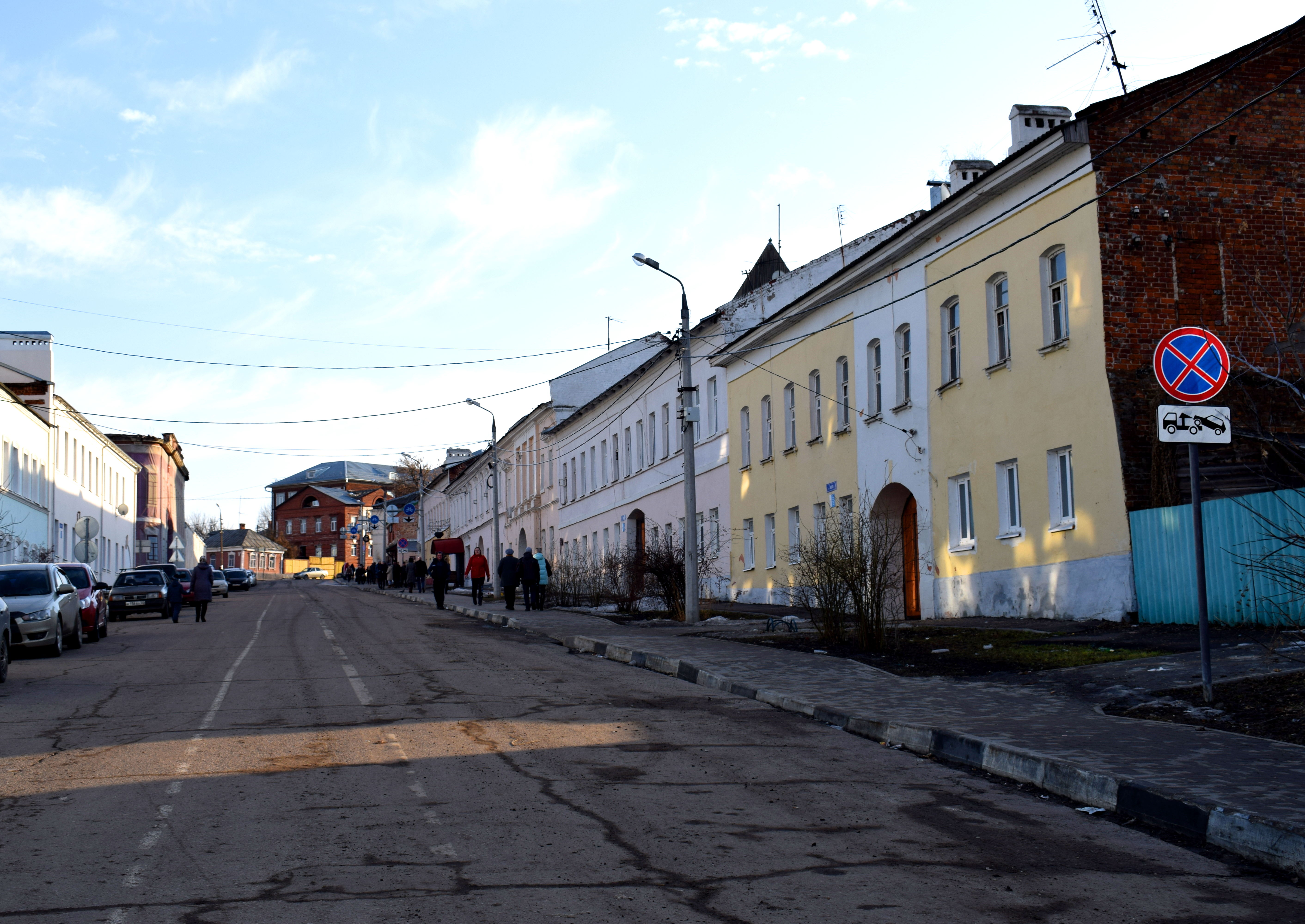

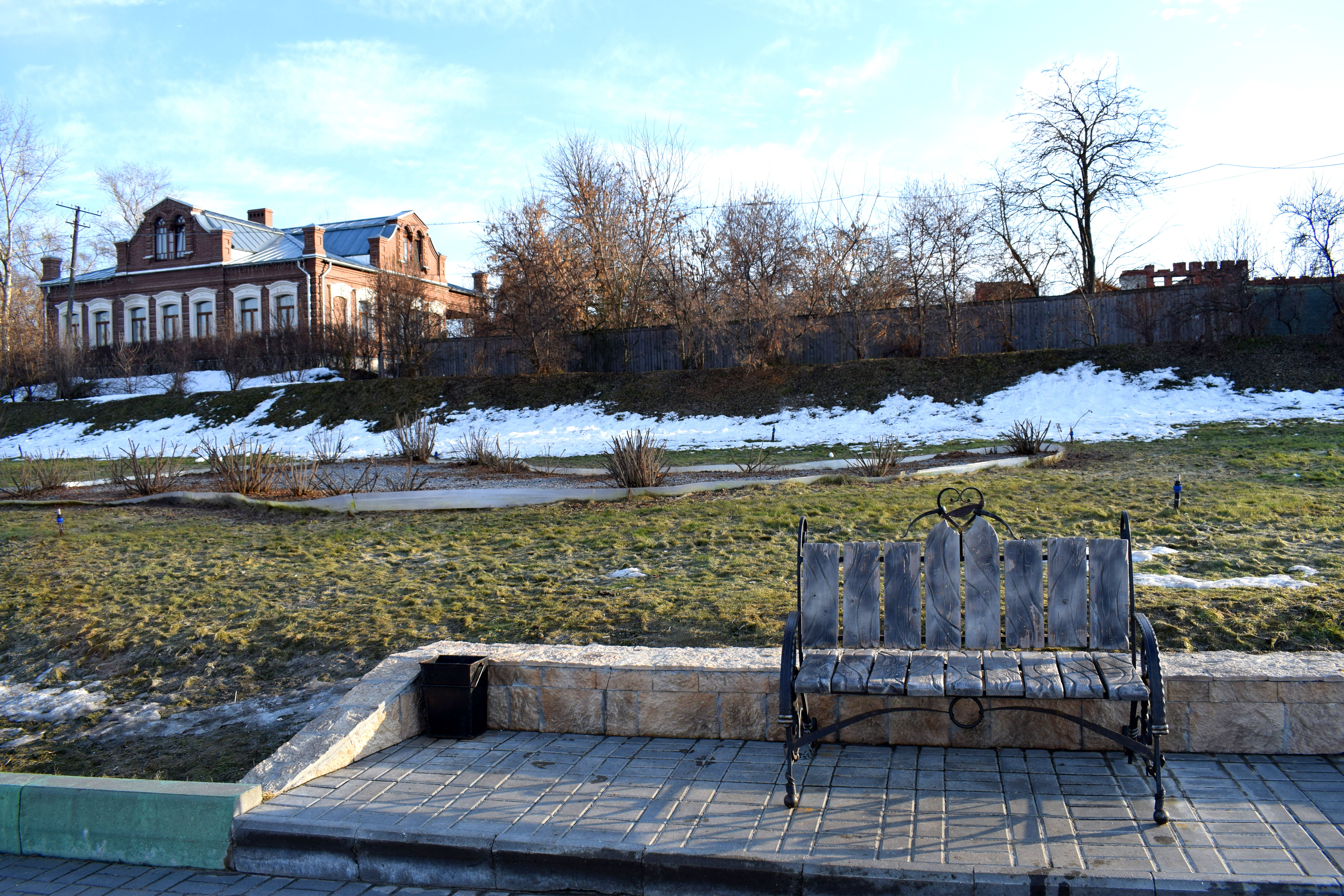 A statue dedicated to man’s best friend.
A statue dedicated to man’s best friend.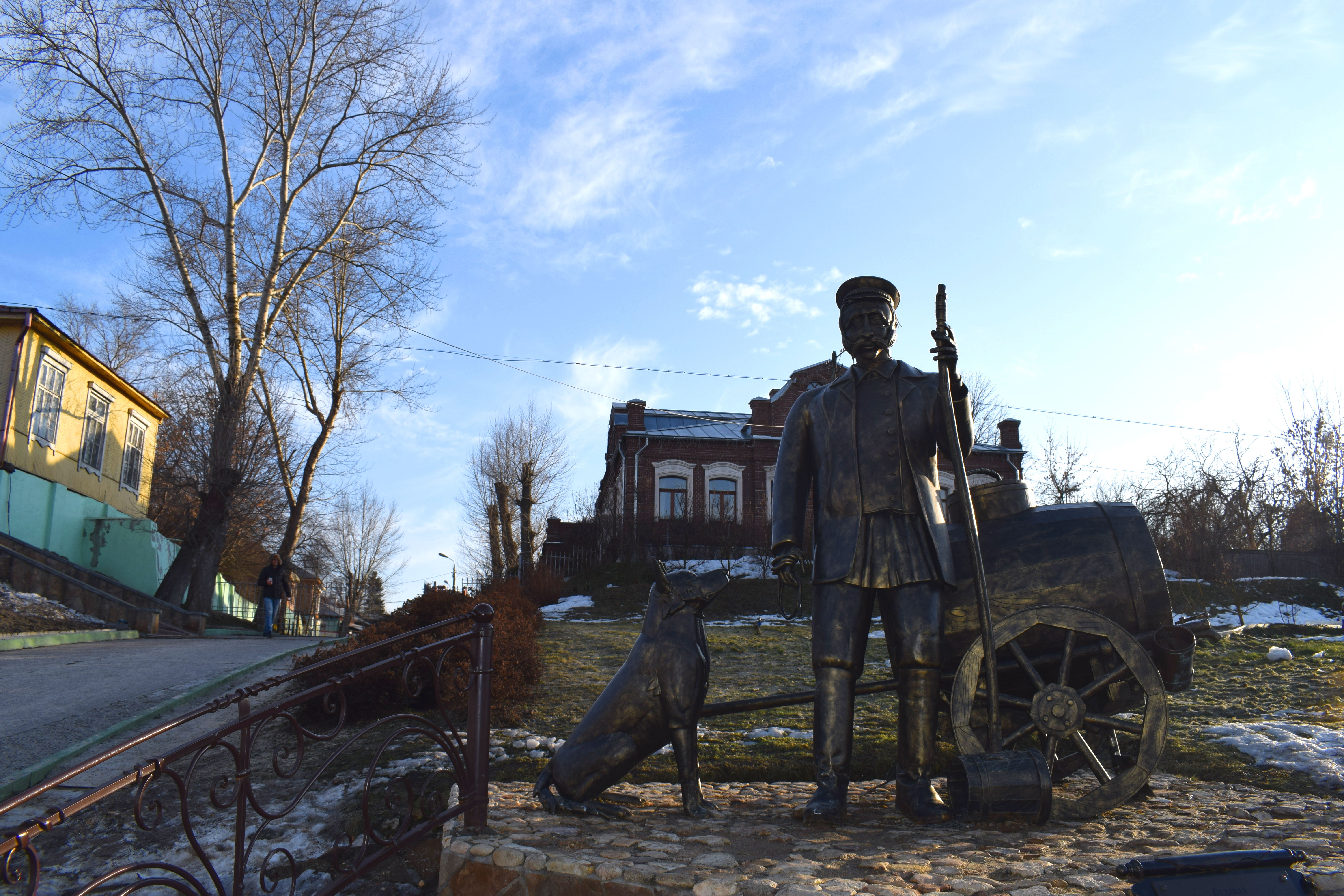 There have been many floods in Kolomna throughout history. Here you can see how high the water reached each year, with the highest being in 1970, closely followed by 1994 and 2013.
There have been many floods in Kolomna throughout history. Here you can see how high the water reached each year, with the highest being in 1970, closely followed by 1994 and 2013.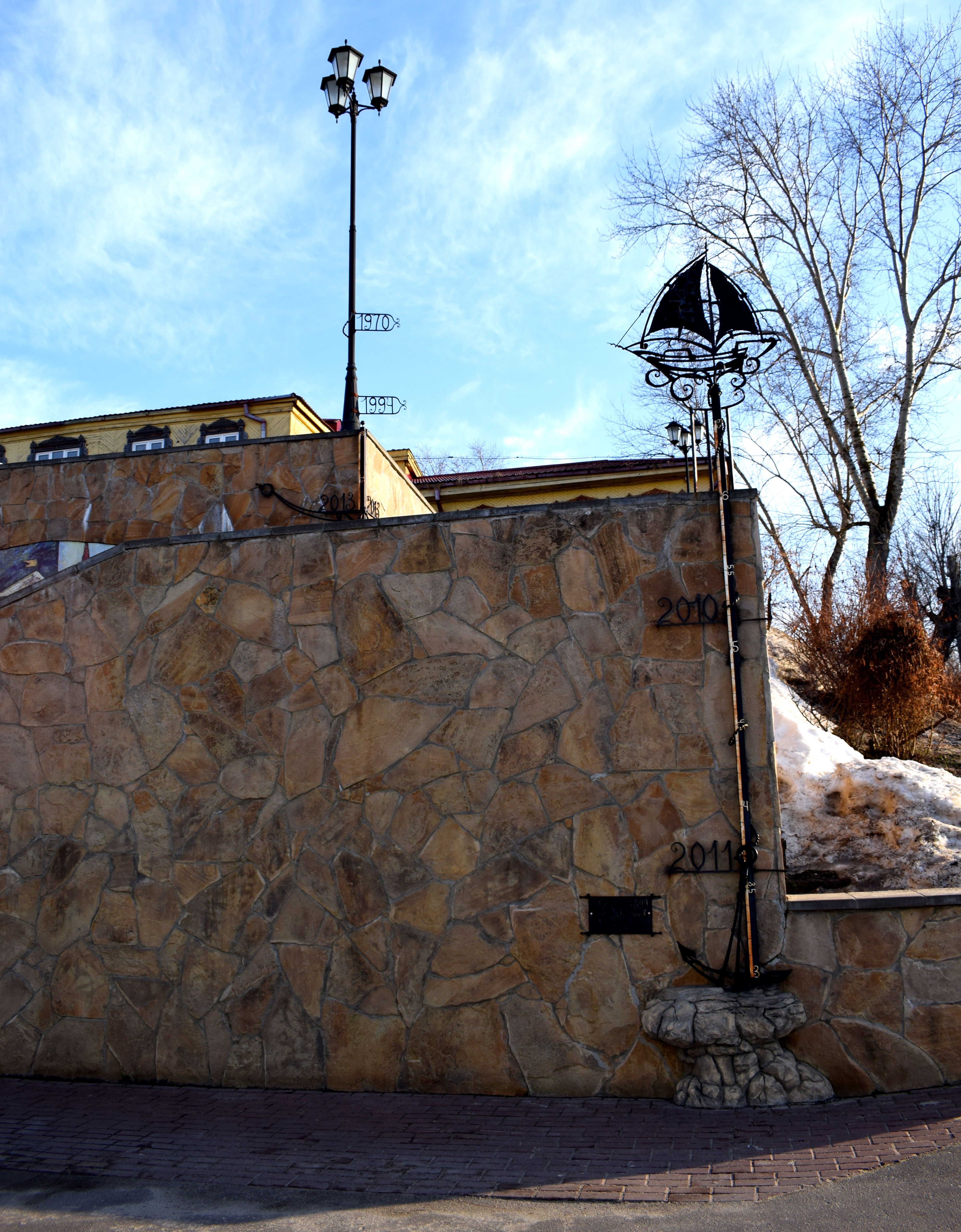 Another beautiful old wooden Kolomna home overlooking the Moskva river.
Another beautiful old wooden Kolomna home overlooking the Moskva river.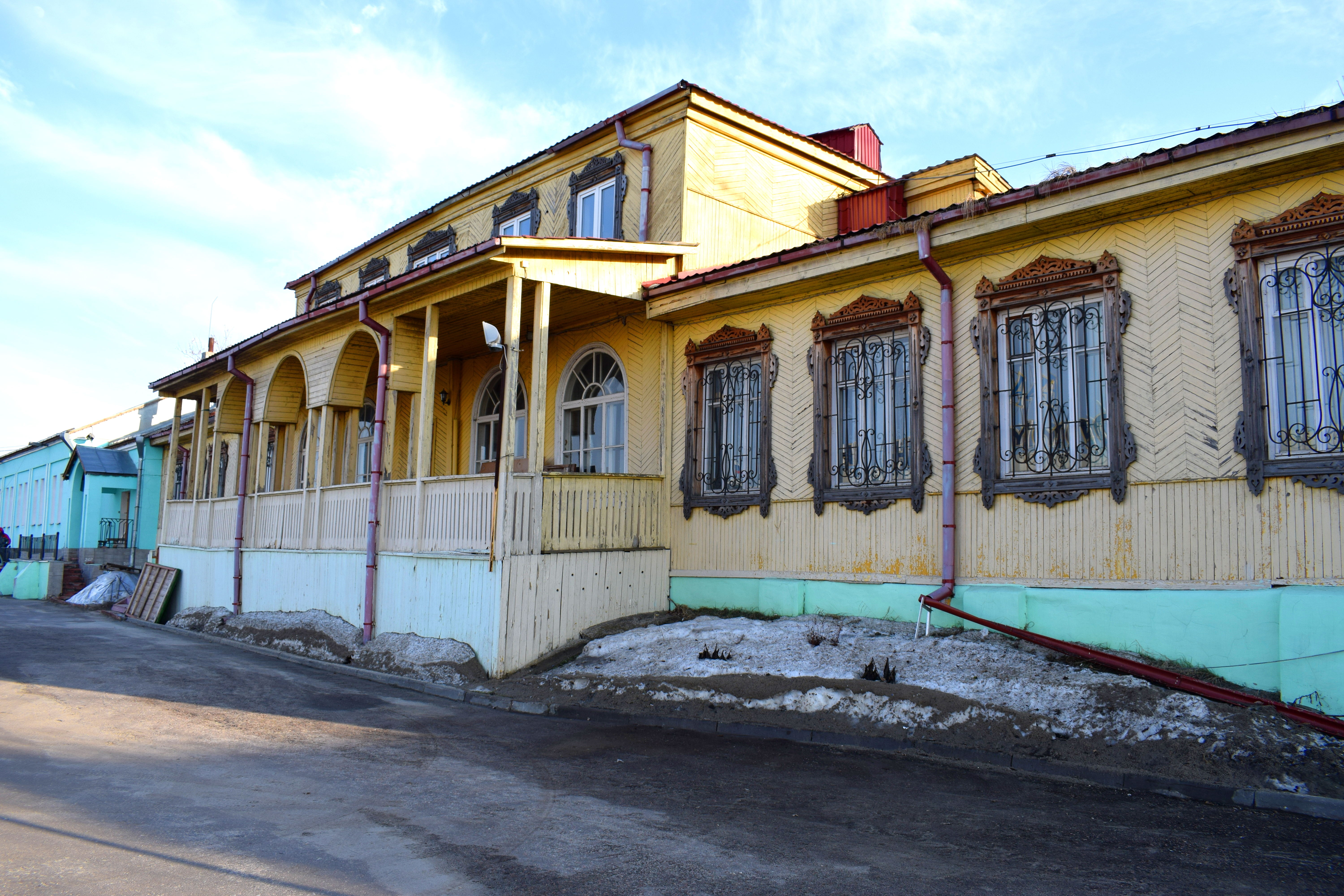 More Kolomna streets.
More Kolomna streets.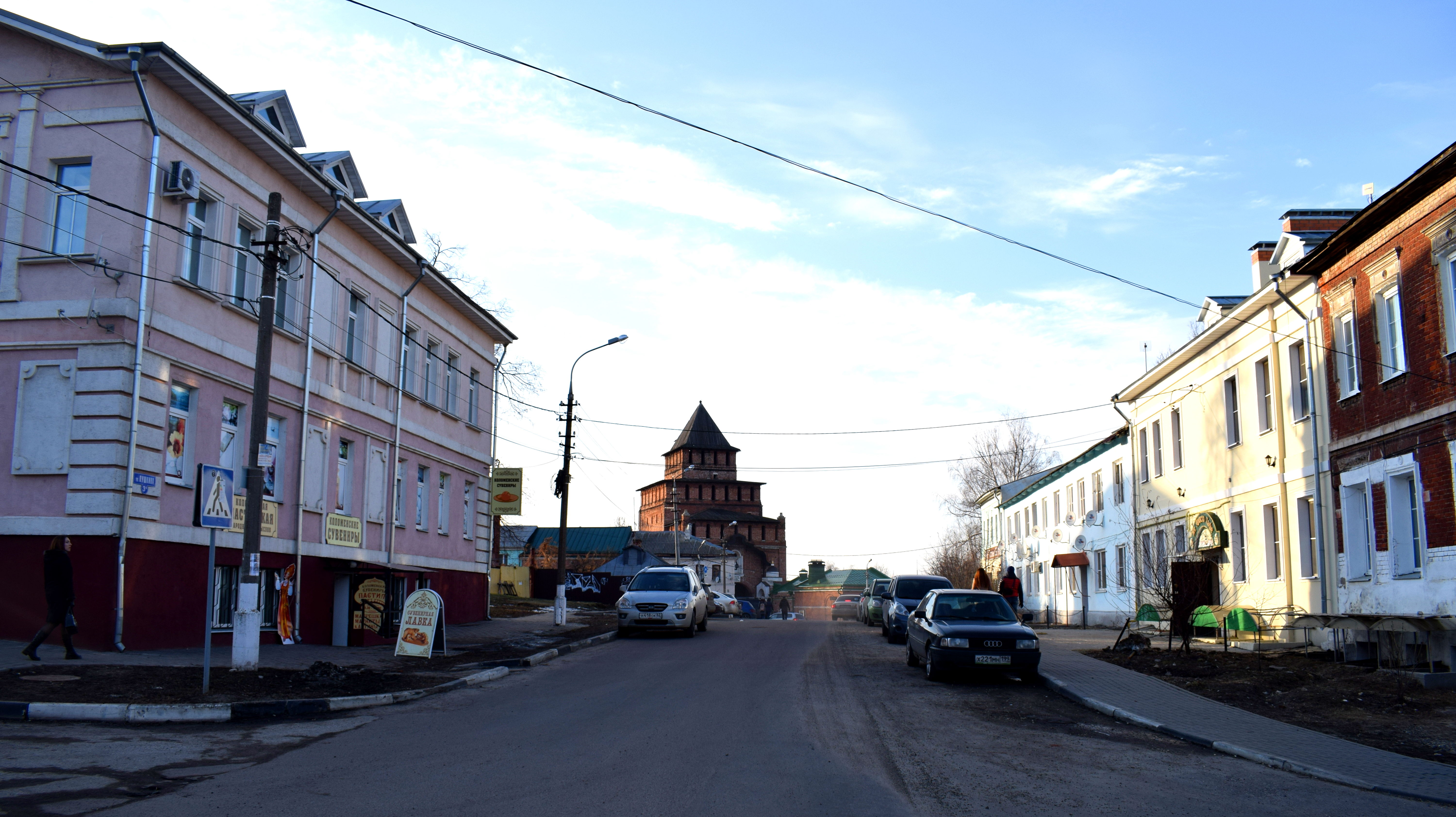 Few of the buildings in Kolomna’s old town are higher than two stories.
Few of the buildings in Kolomna’s old town are higher than two stories.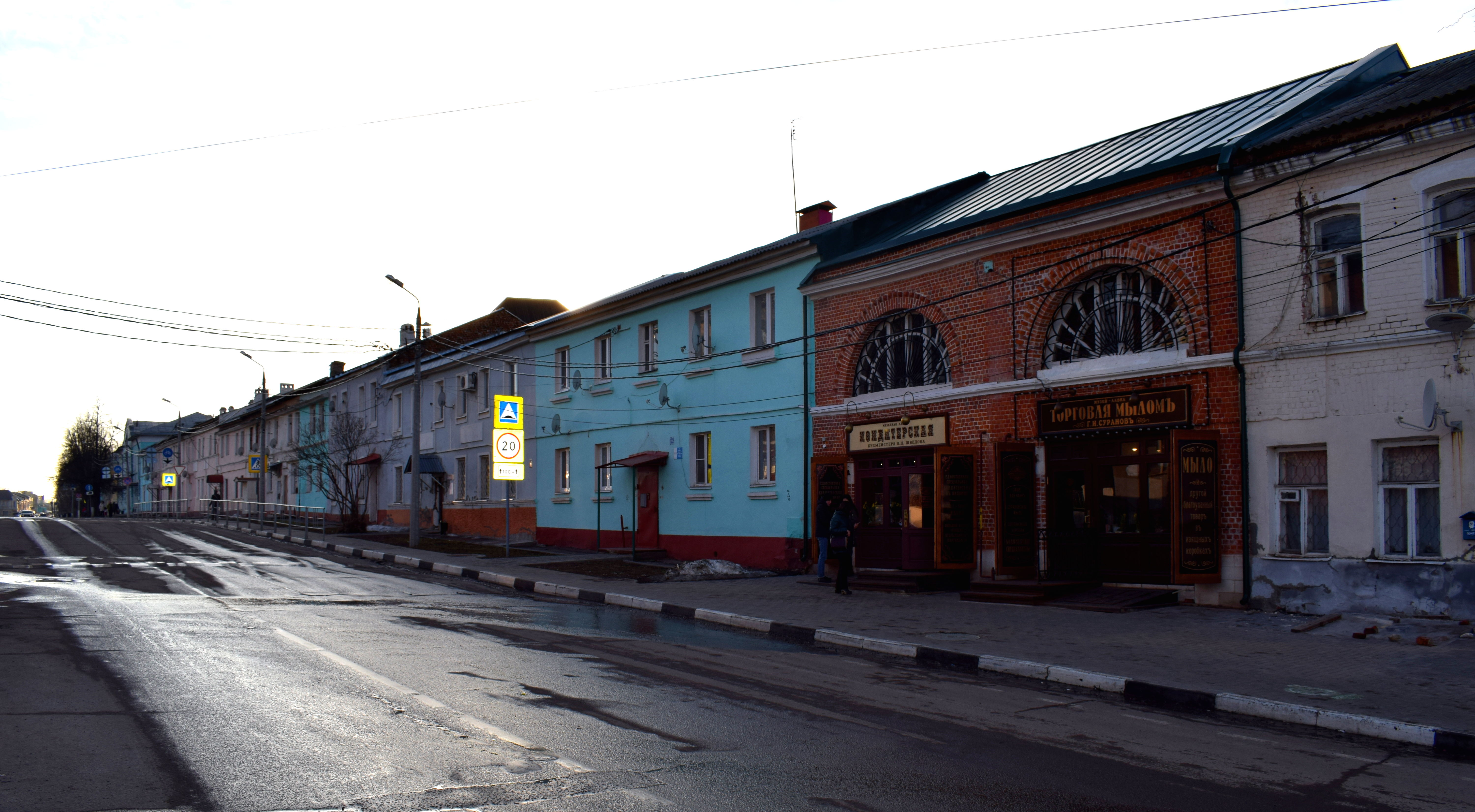
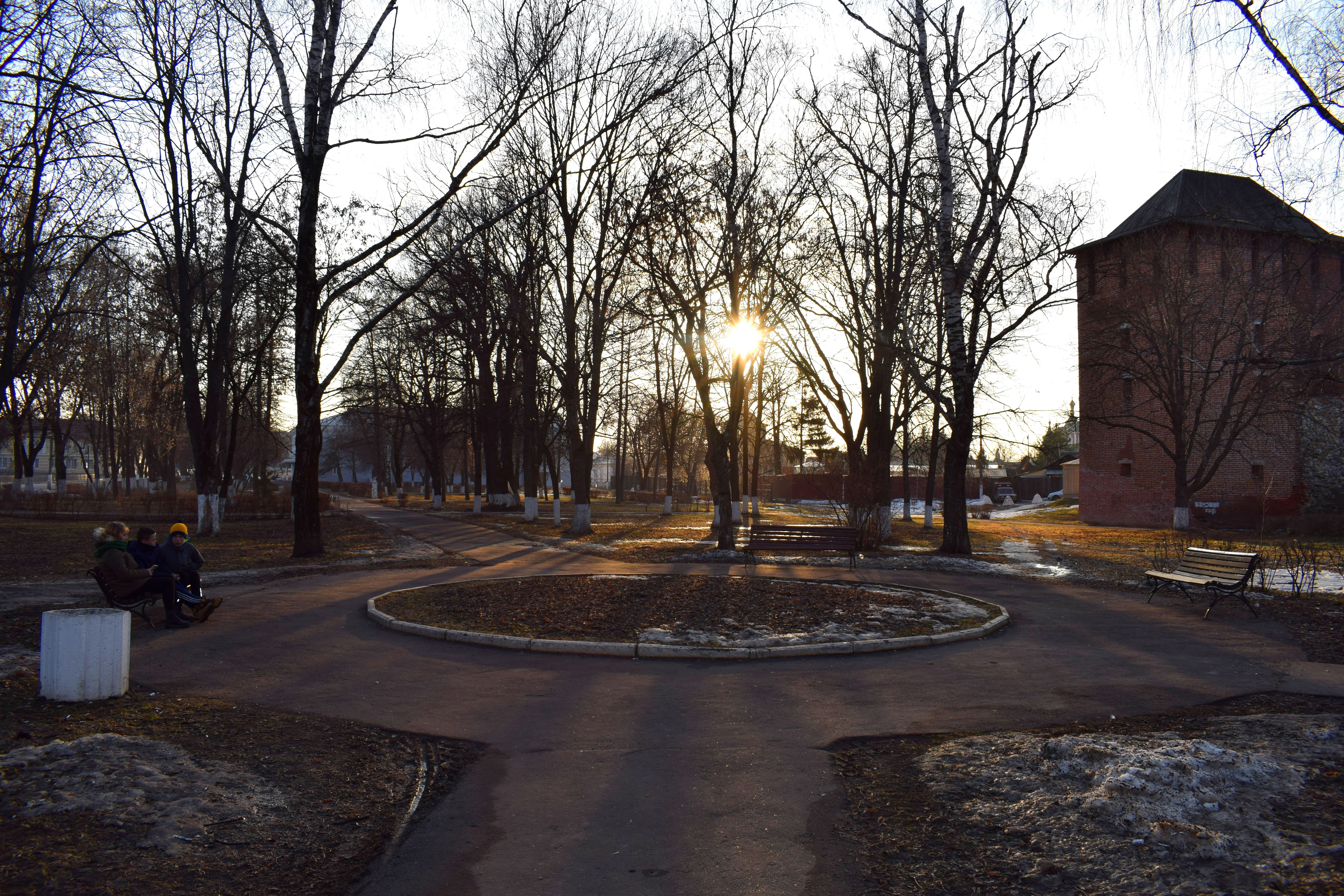
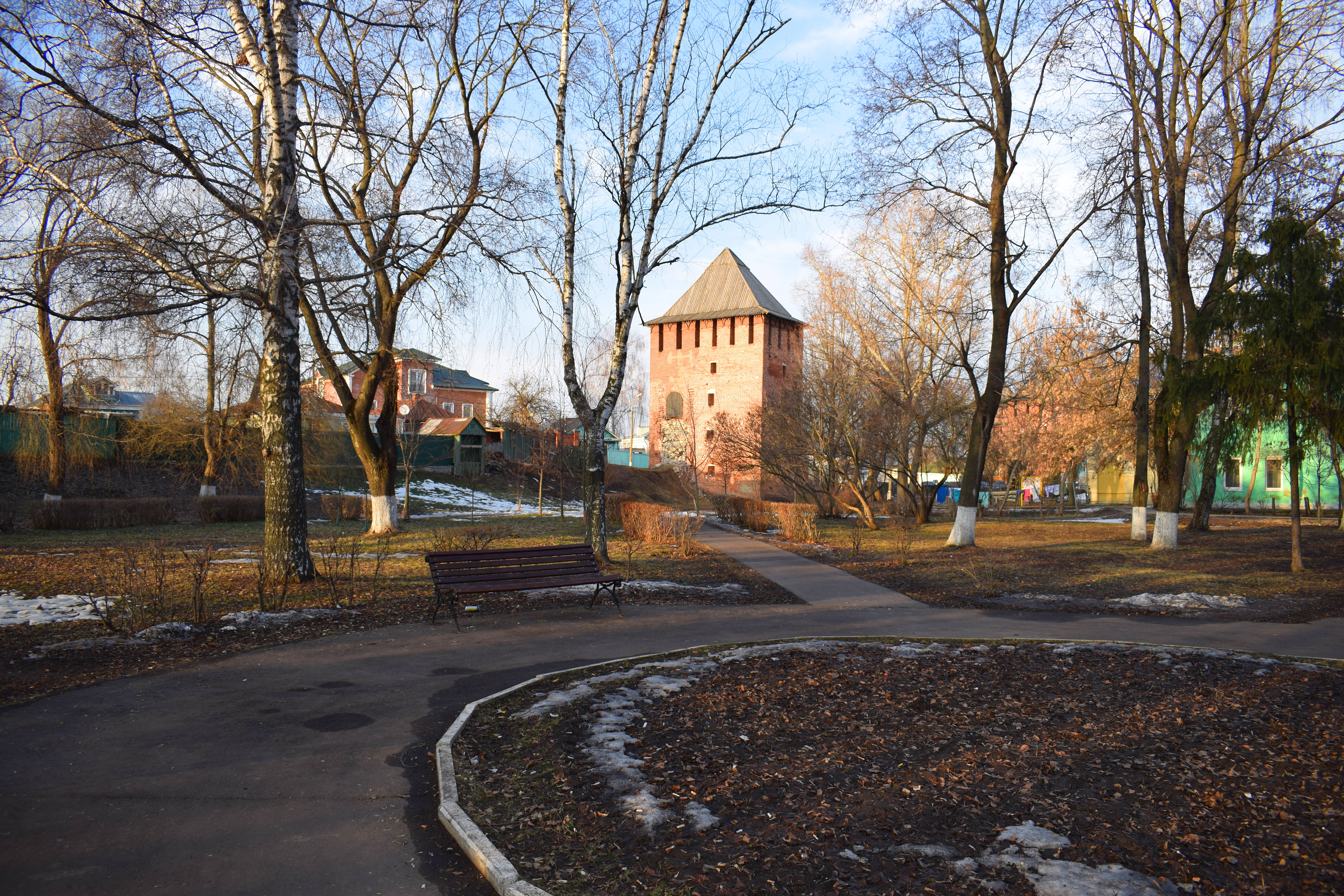
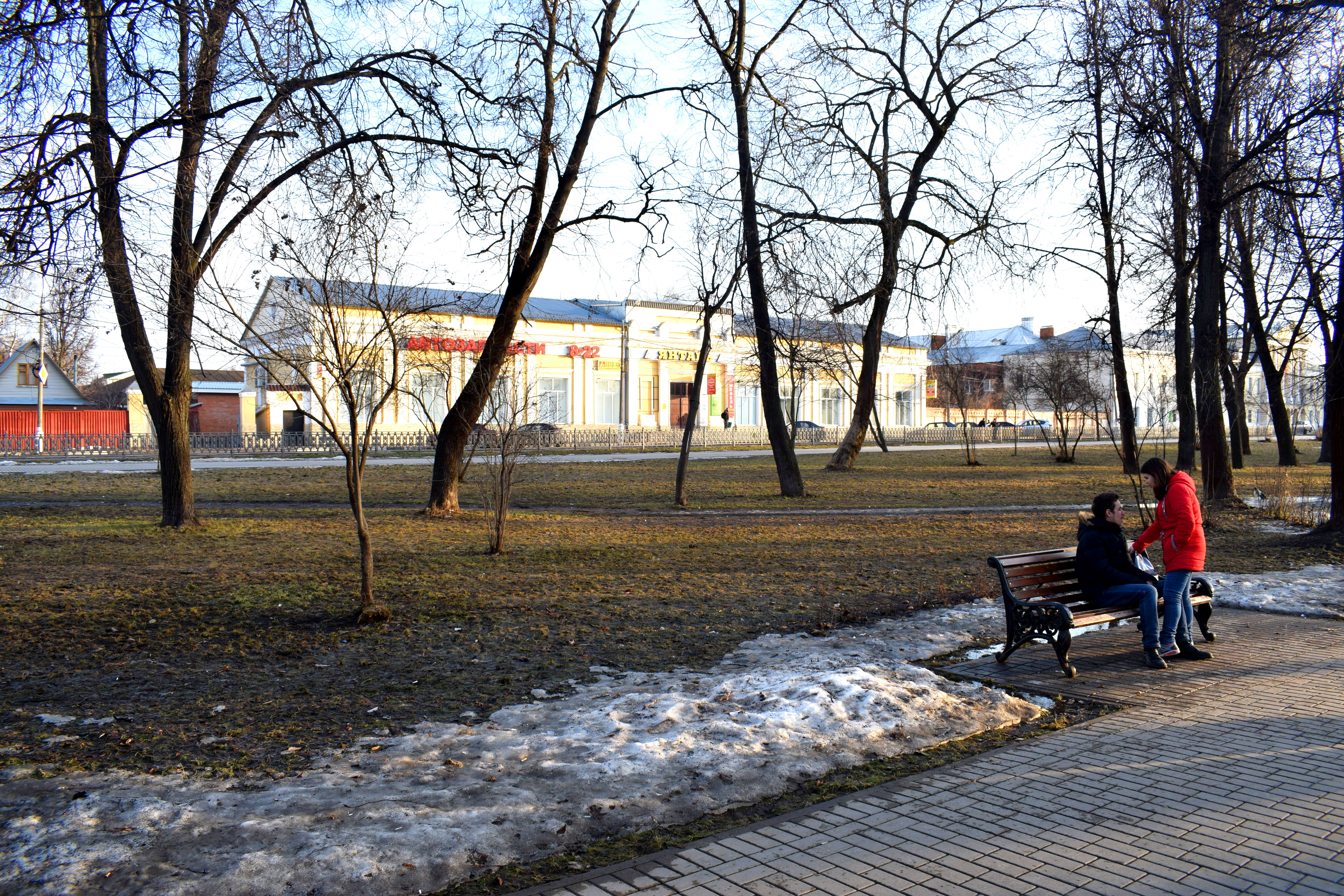

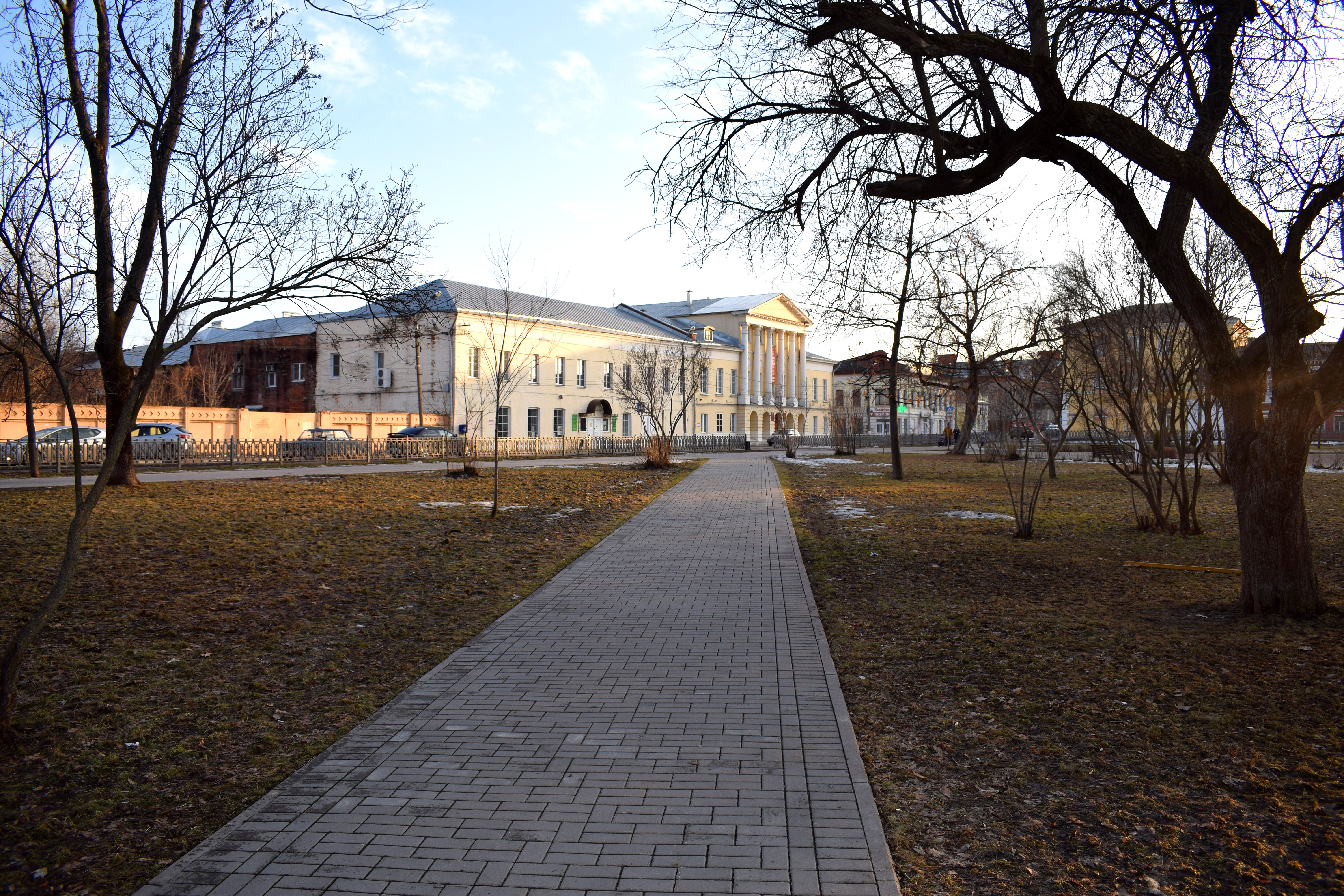 The city retains an old European feel, despite being located so far east from Europe’s heartland.
The city retains an old European feel, despite being located so far east from Europe’s heartland.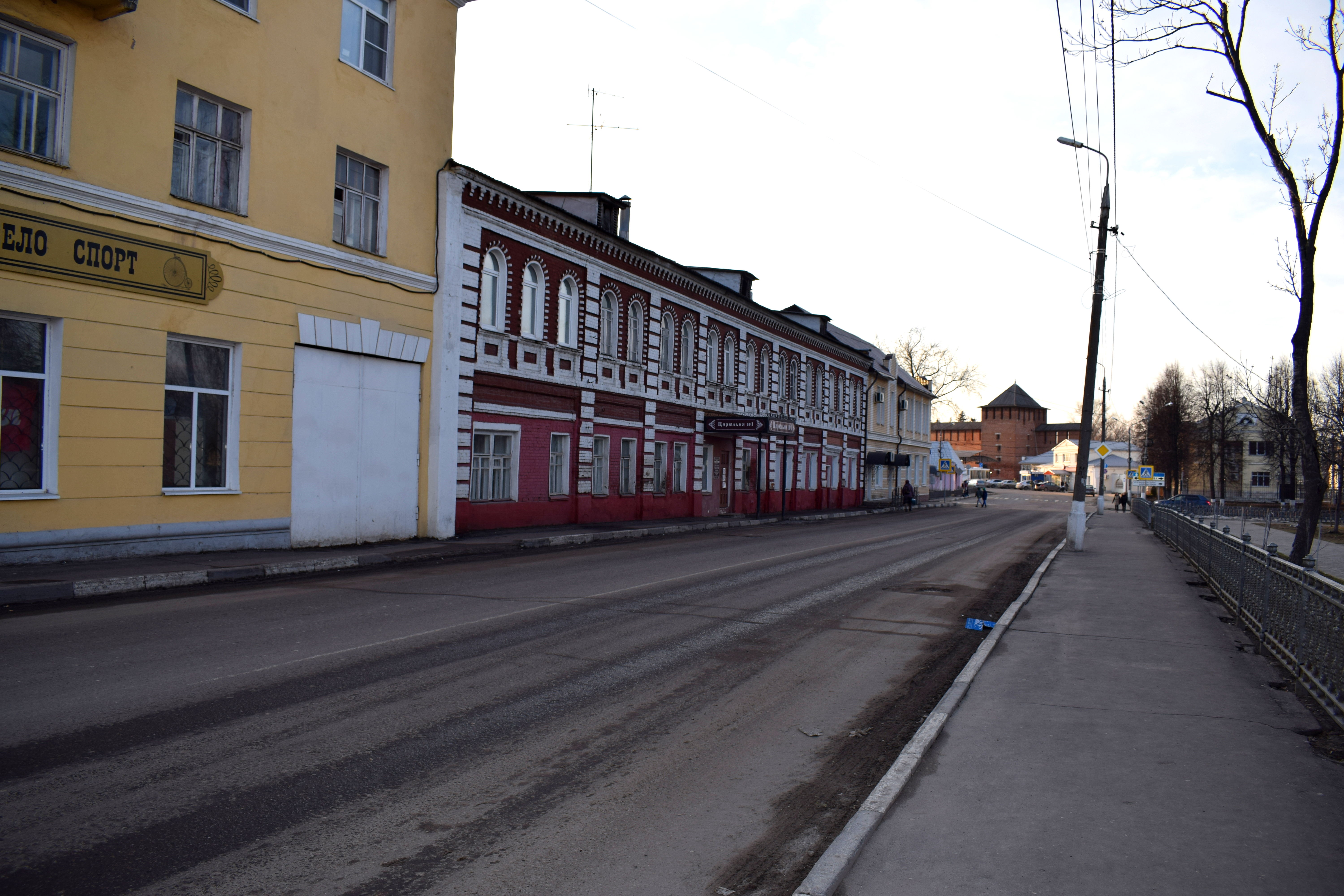
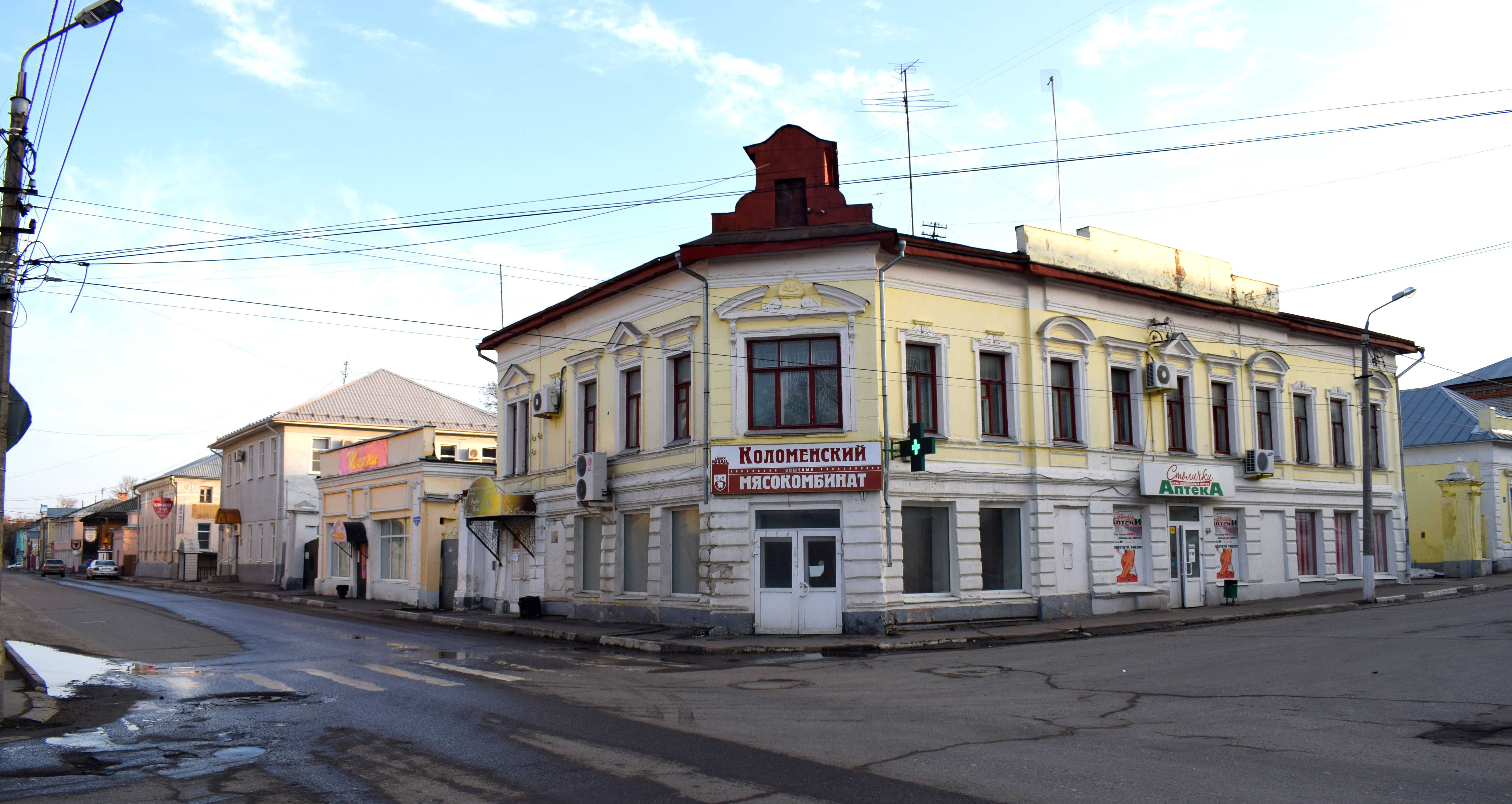
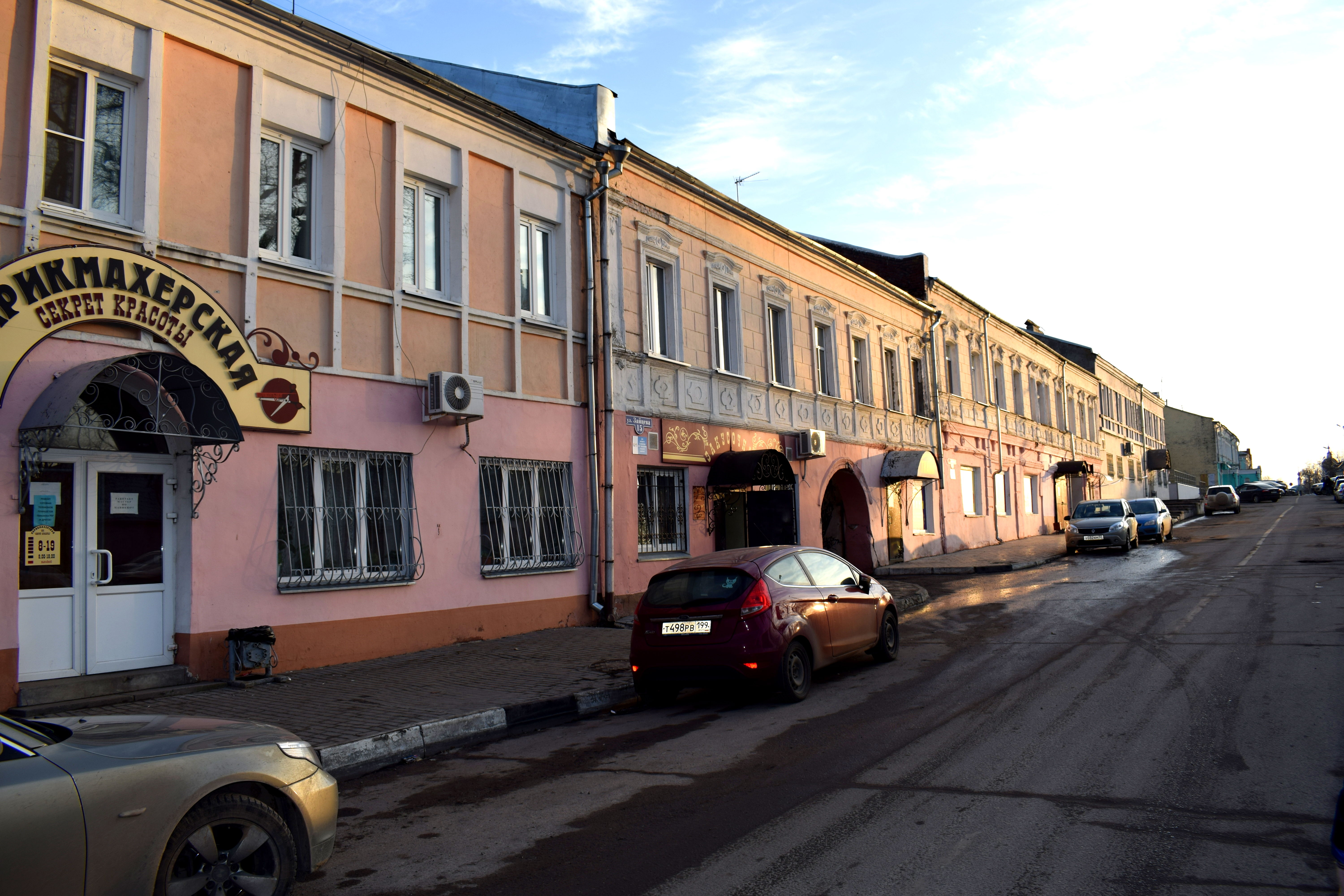
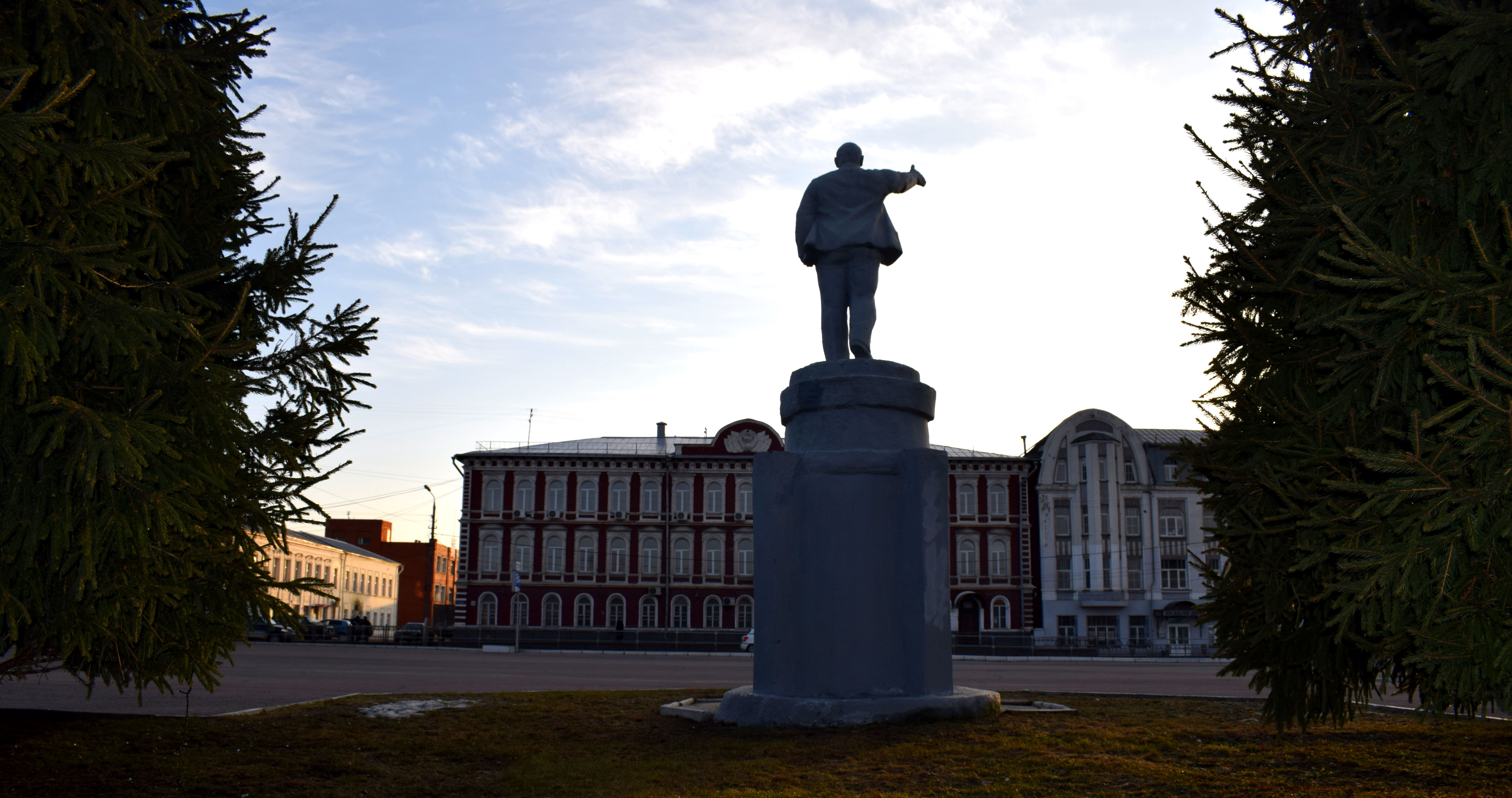 The Square of Two Revolutions
The Square of Two Revolutions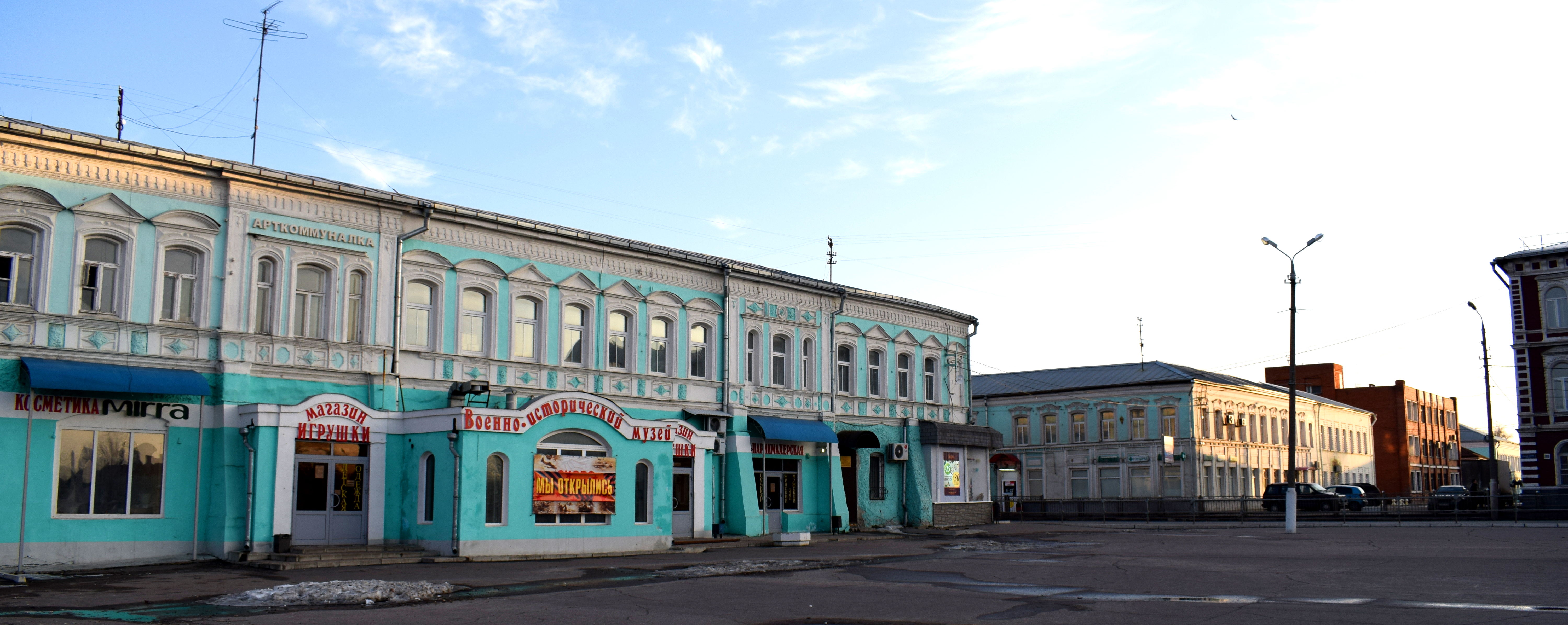 Lenin with a church in the background. It was this man who ordered the destruction of churches across the country in the 1920’s. The contrast is striking.
Lenin with a church in the background. It was this man who ordered the destruction of churches across the country in the 1920’s. The contrast is striking.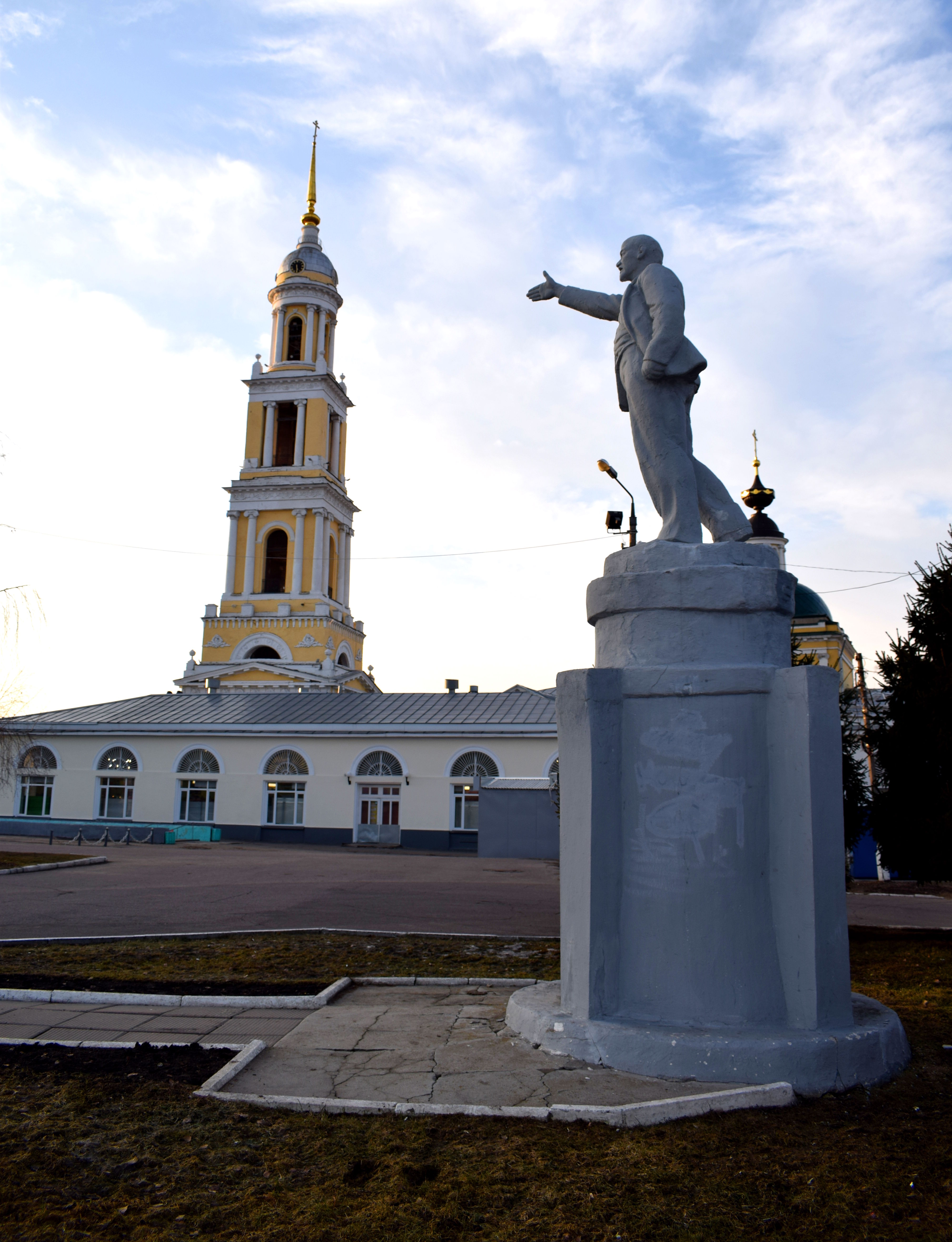 Church of the Apostle John-Bogoslov, built in 1756.
Church of the Apostle John-Bogoslov, built in 1756. Another view of the Square of Two Revolutions. You can see the Kremlin in the background.
Another view of the Square of Two Revolutions. You can see the Kremlin in the background.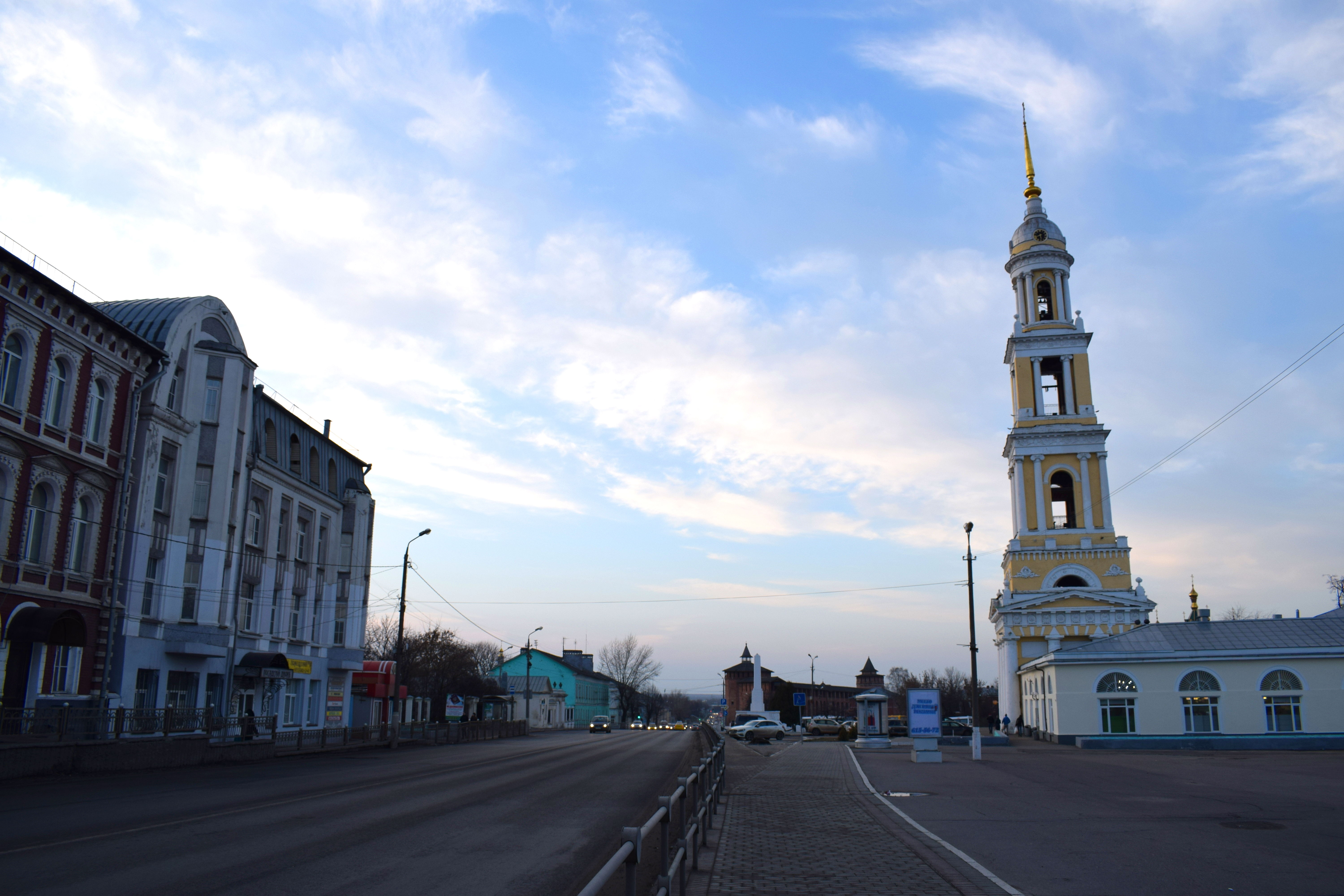
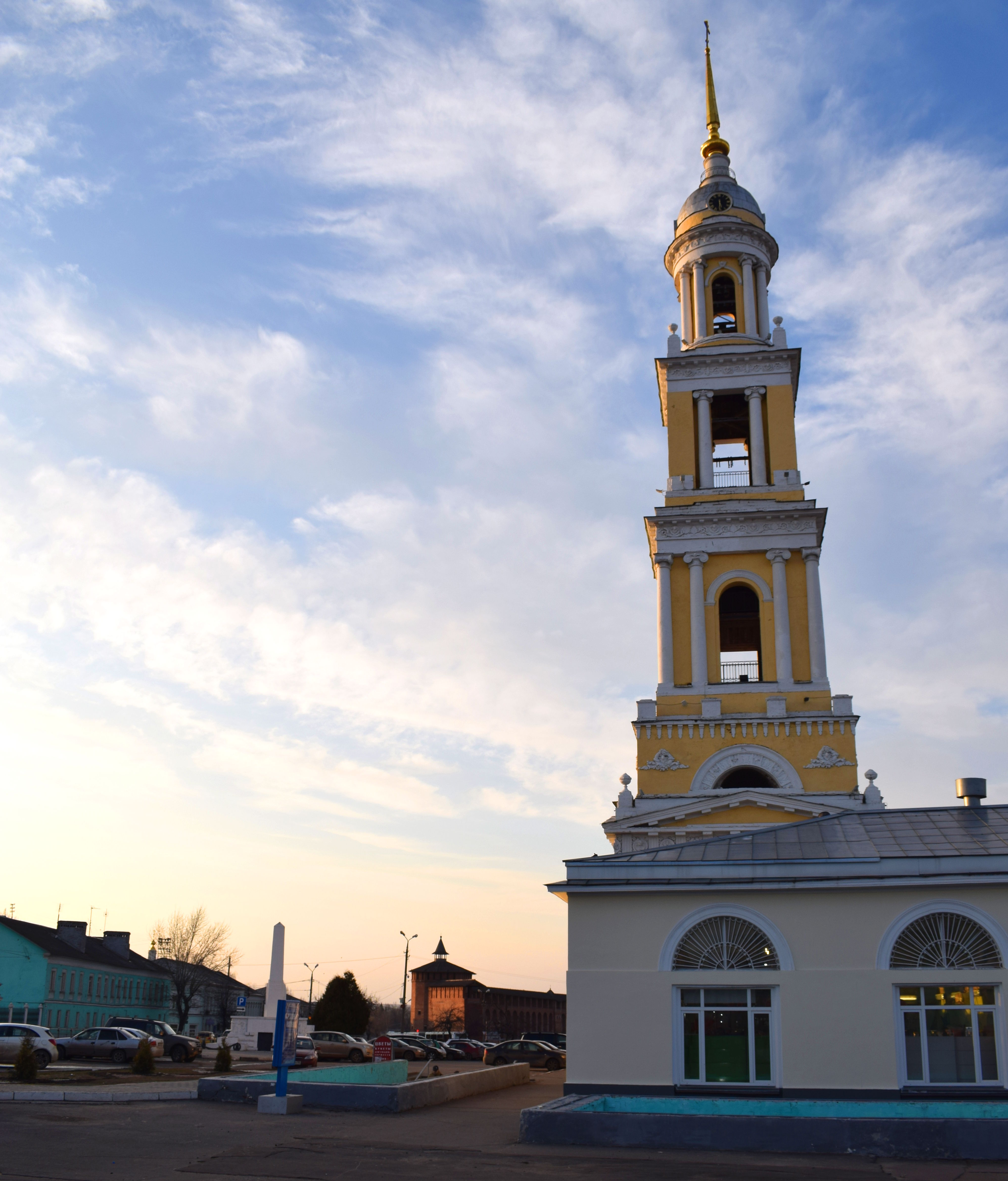 October Revolution Street. This is Kolomna’s main street which goes all the way to the train station and to the more modern section of the city.
October Revolution Street. This is Kolomna’s main street which goes all the way to the train station and to the more modern section of the city.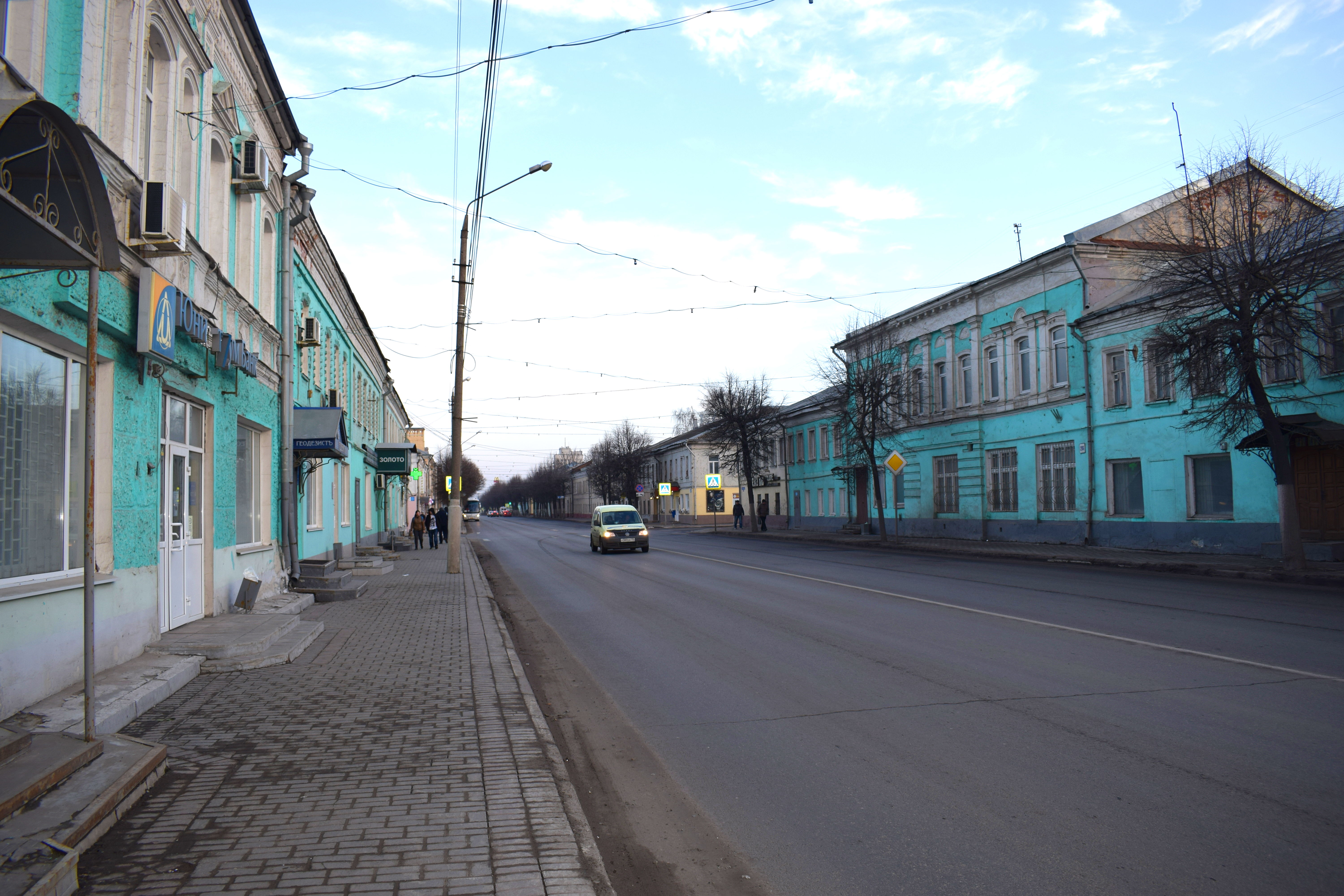 Some buildings are in need of an upgrade, but overall the European character of the town survives.
Some buildings are in need of an upgrade, but overall the European character of the town survives.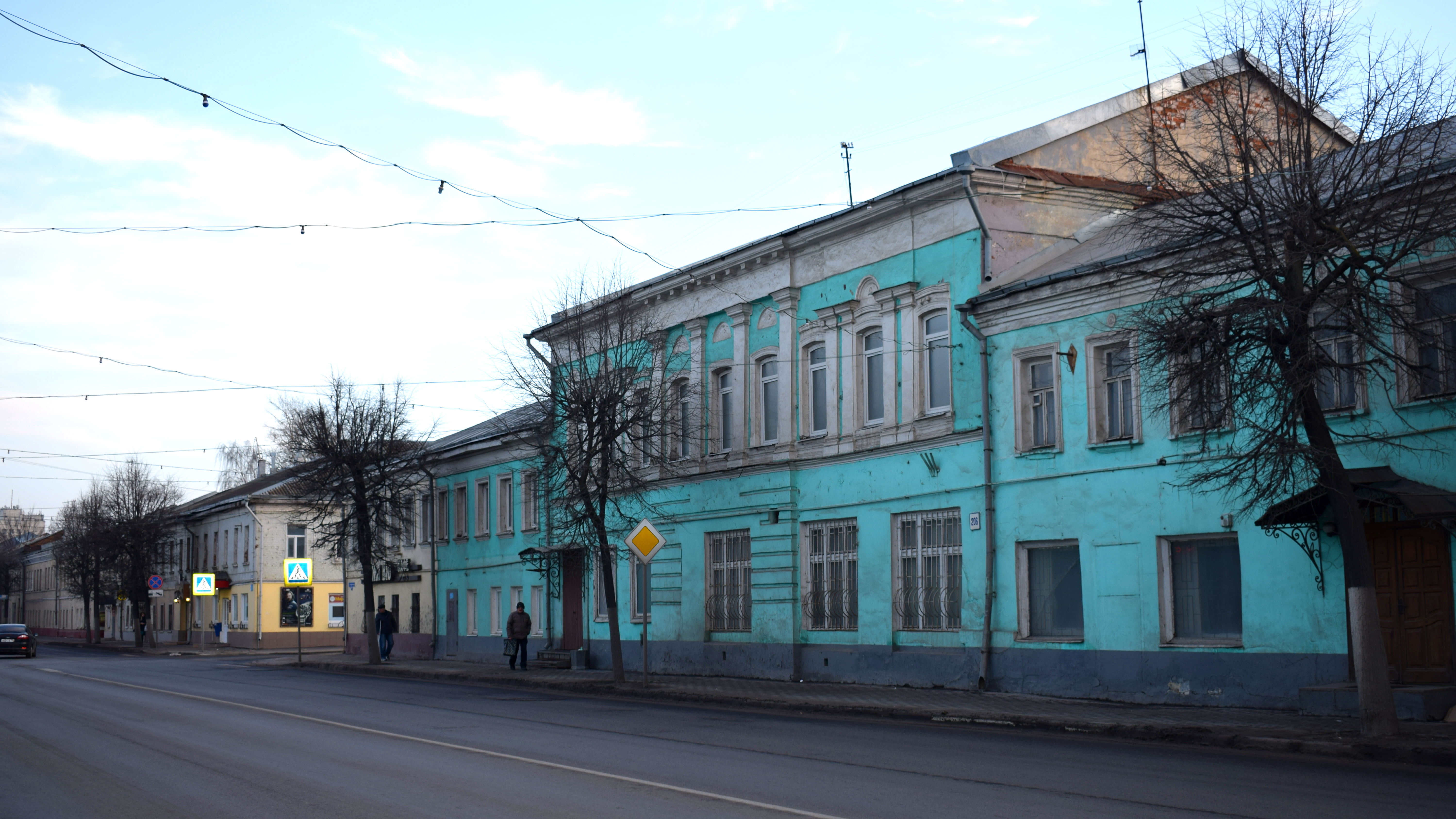
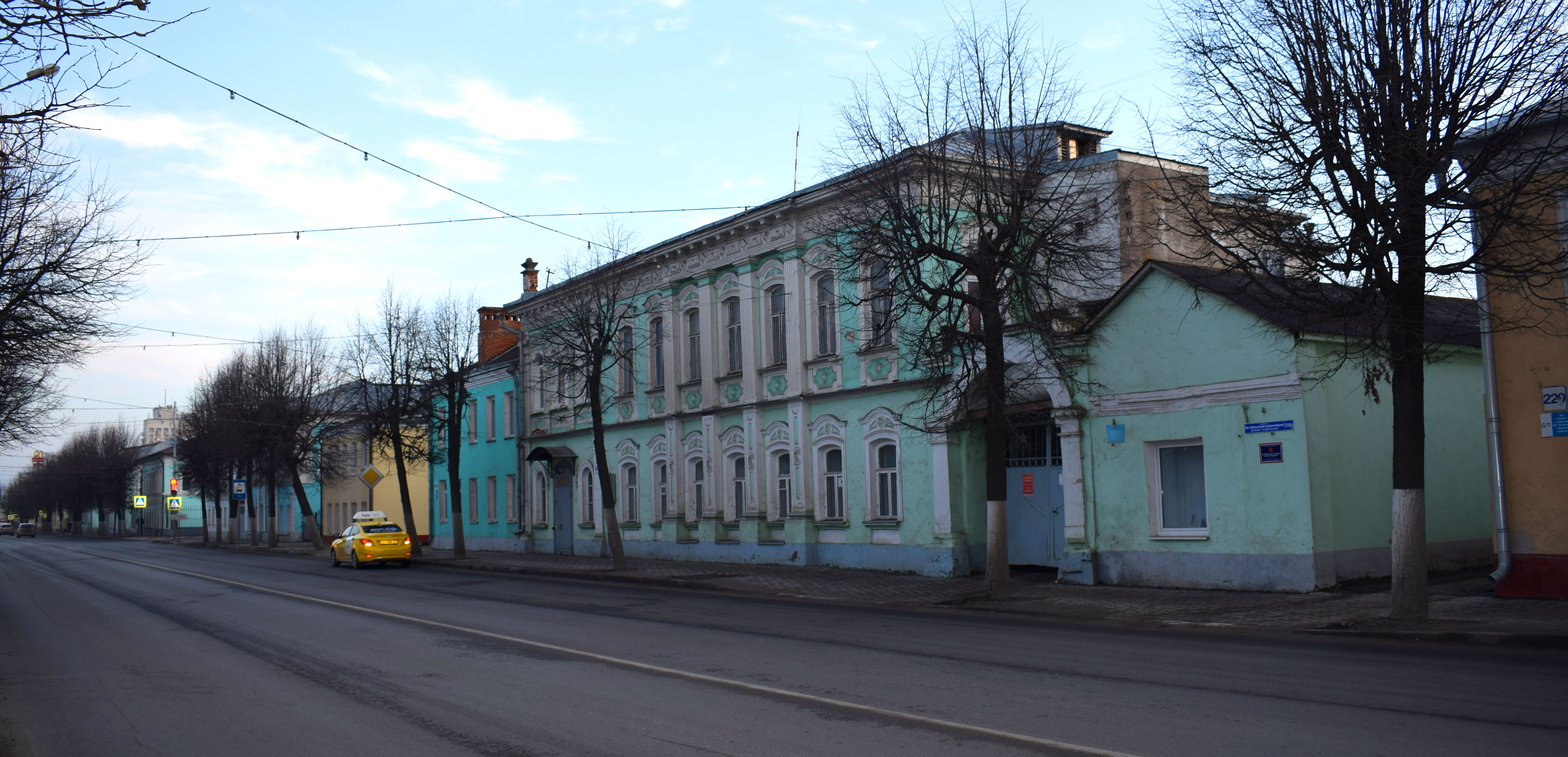
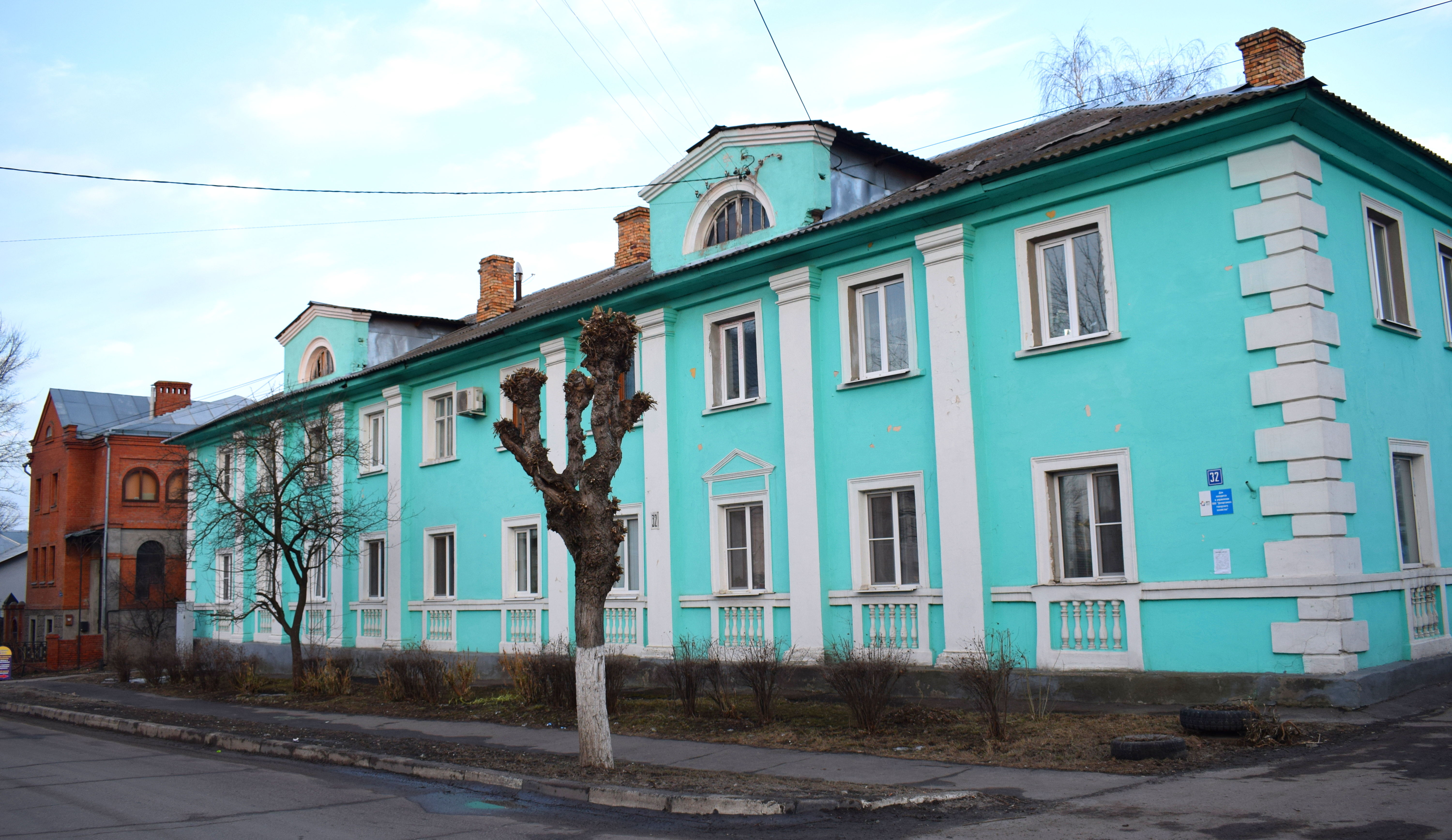
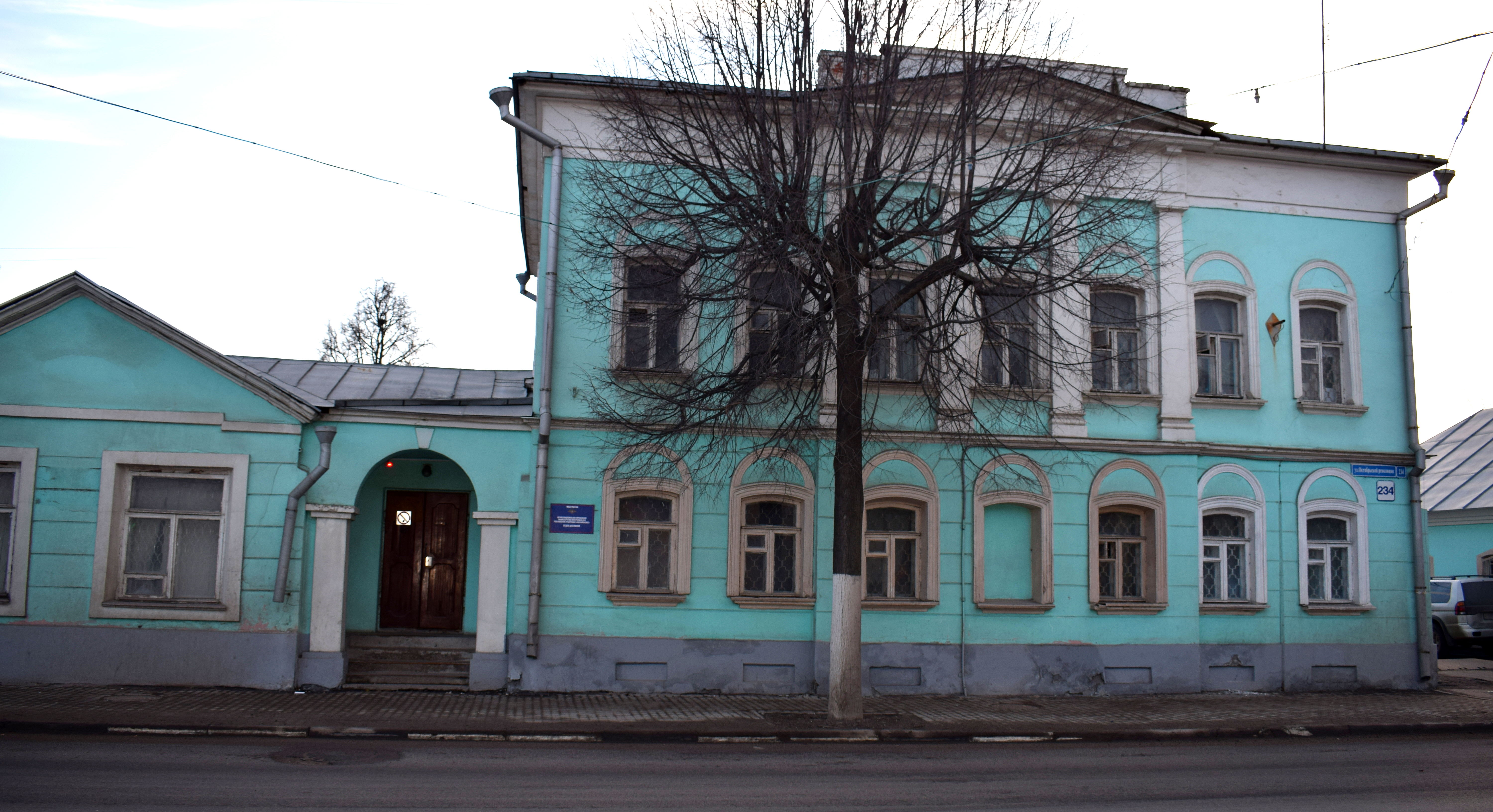 And sometimes yellow.
And sometimes yellow.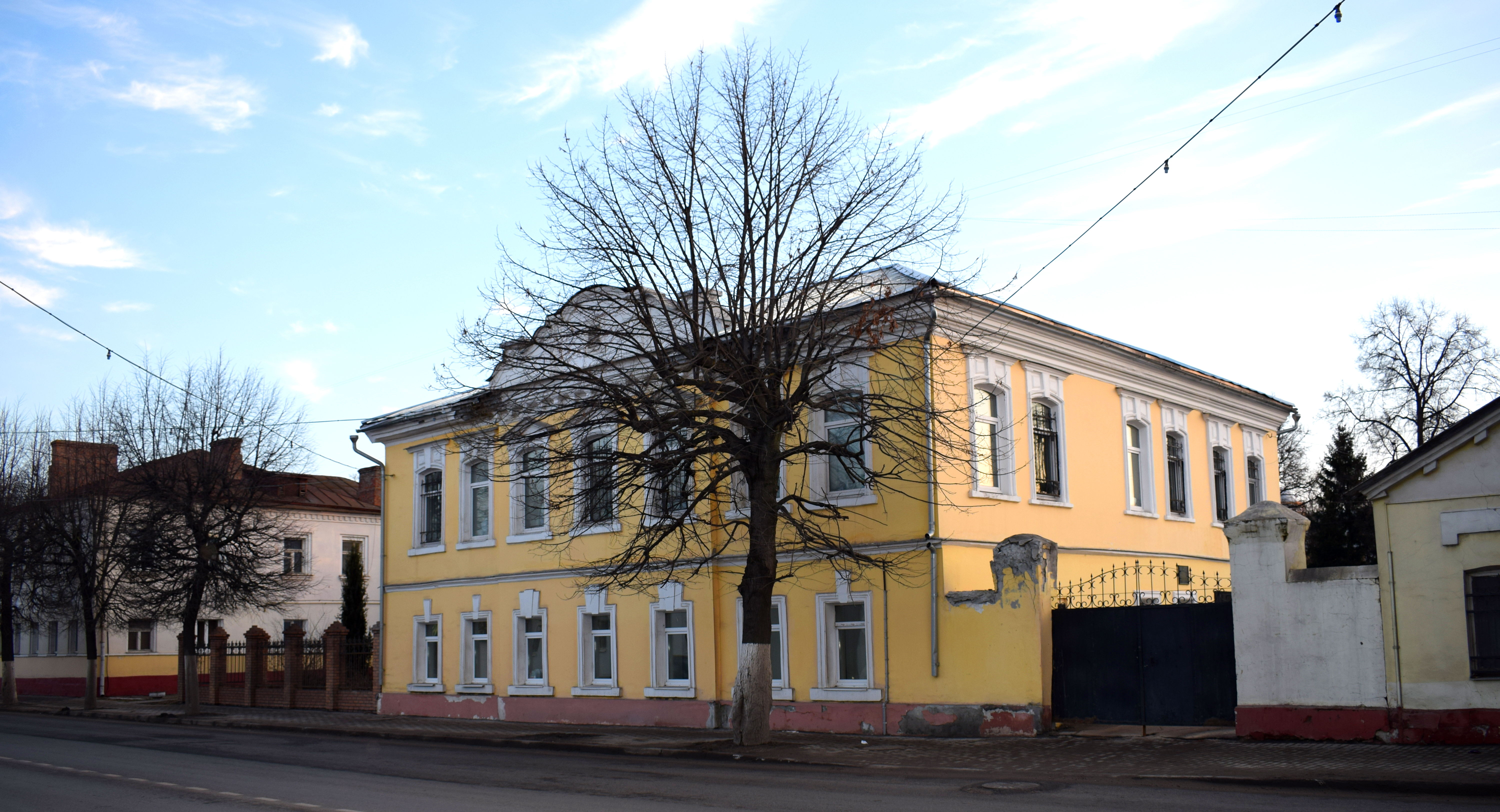 And finally some more old wooden homes.
And finally some more old wooden homes.
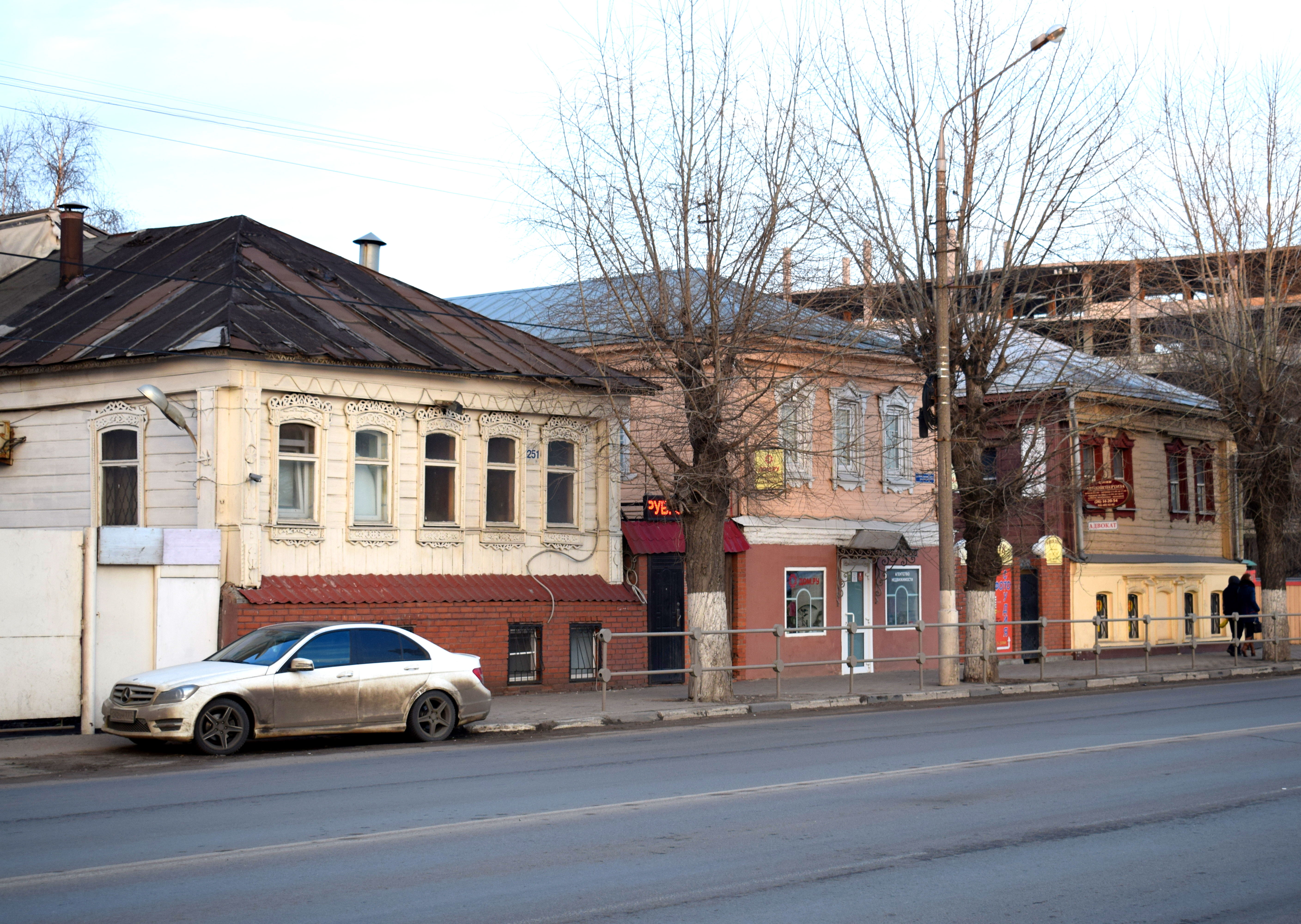 Overall Kolomna is a great city to visit. Located just two hours south of Moscow, its small town feel contrasts sharply with the big metropolis to its north. The rich history, ancient churches and small local shops and cafes are enough to fill up the better part of a day or weekend. Take an early train in the morning from Moscow and you can come back in the evening with a rewarding experience of Russia’s provincial heartland.
Overall Kolomna is a great city to visit. Located just two hours south of Moscow, its small town feel contrasts sharply with the big metropolis to its north. The rich history, ancient churches and small local shops and cafes are enough to fill up the better part of a day or weekend. Take an early train in the morning from Moscow and you can come back in the evening with a rewarding experience of Russia’s provincial heartland.
